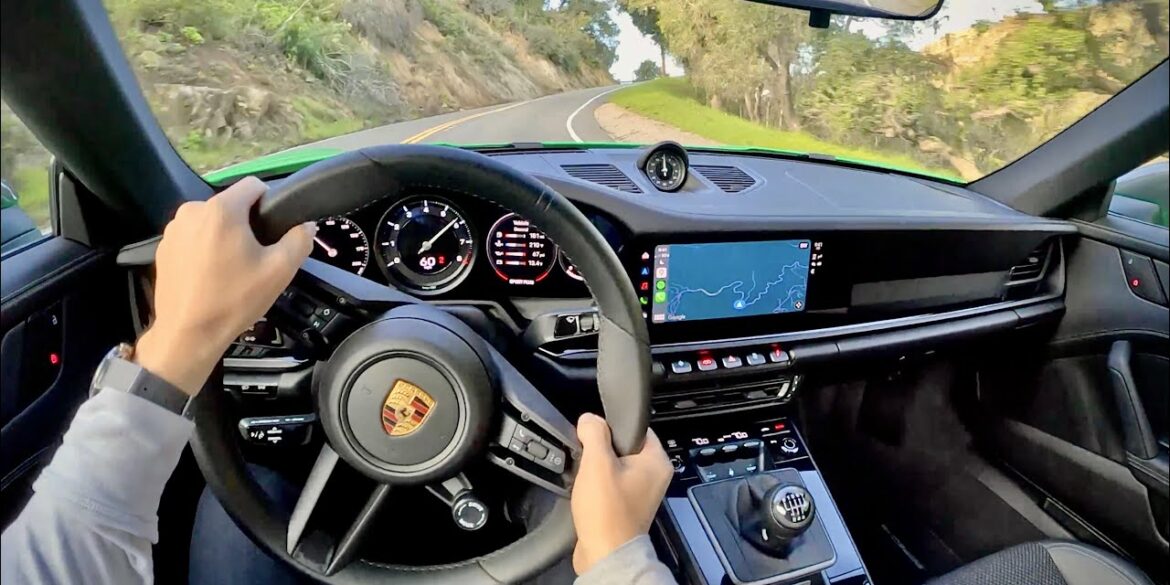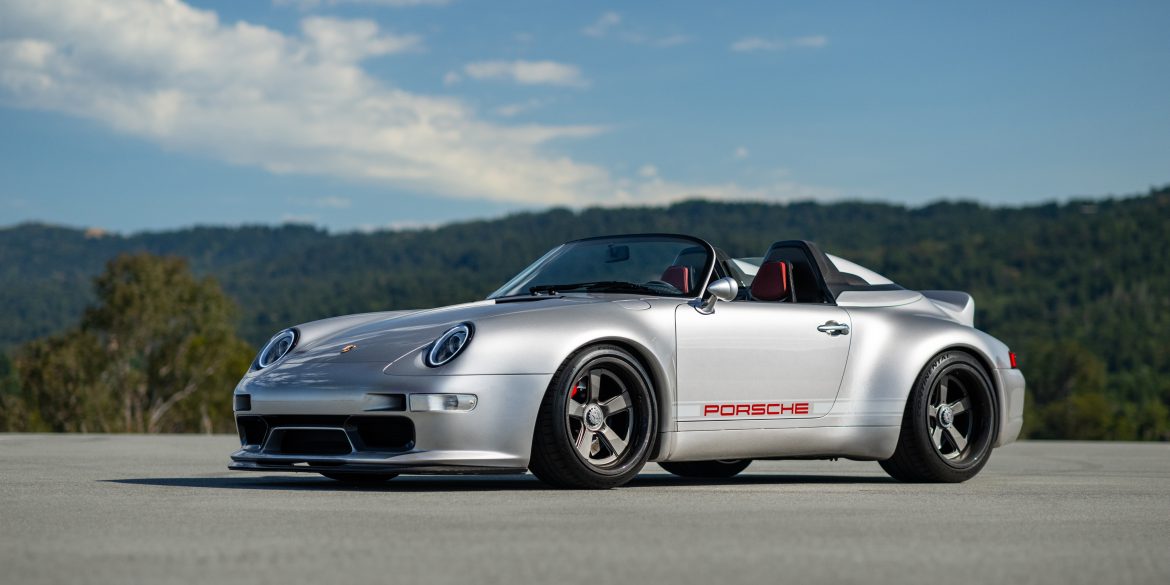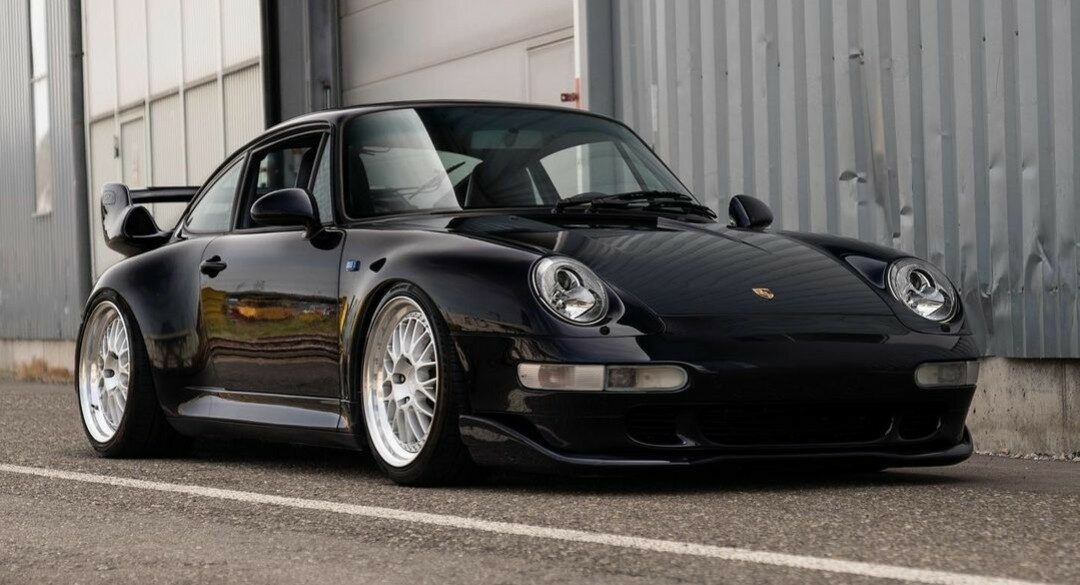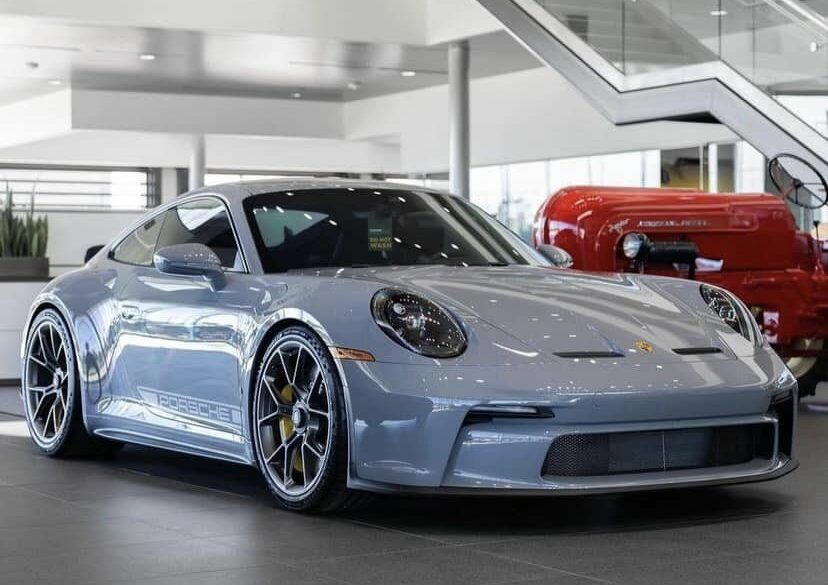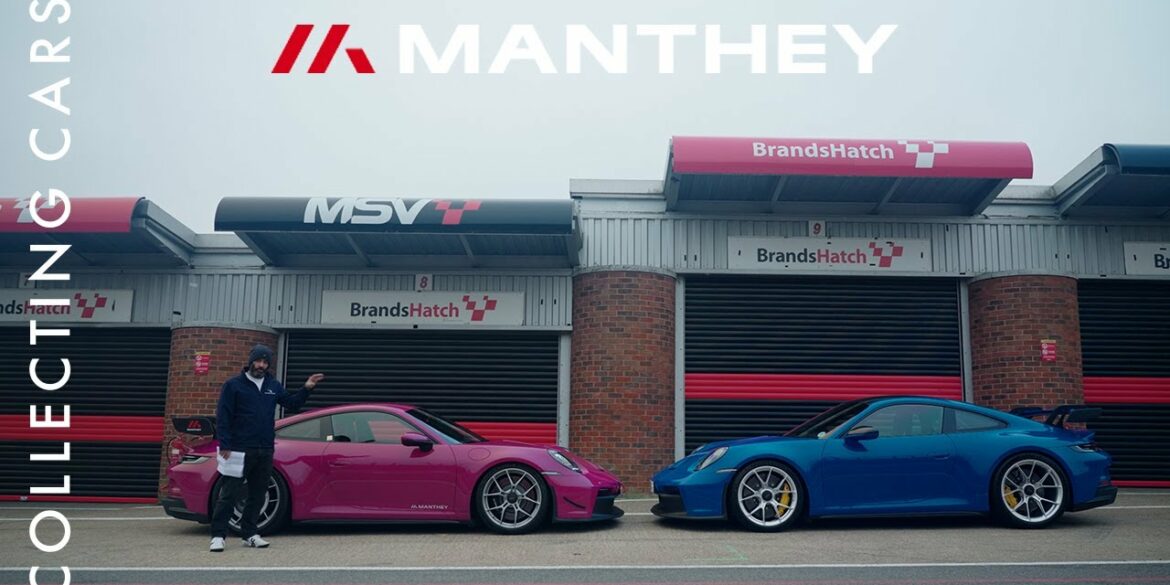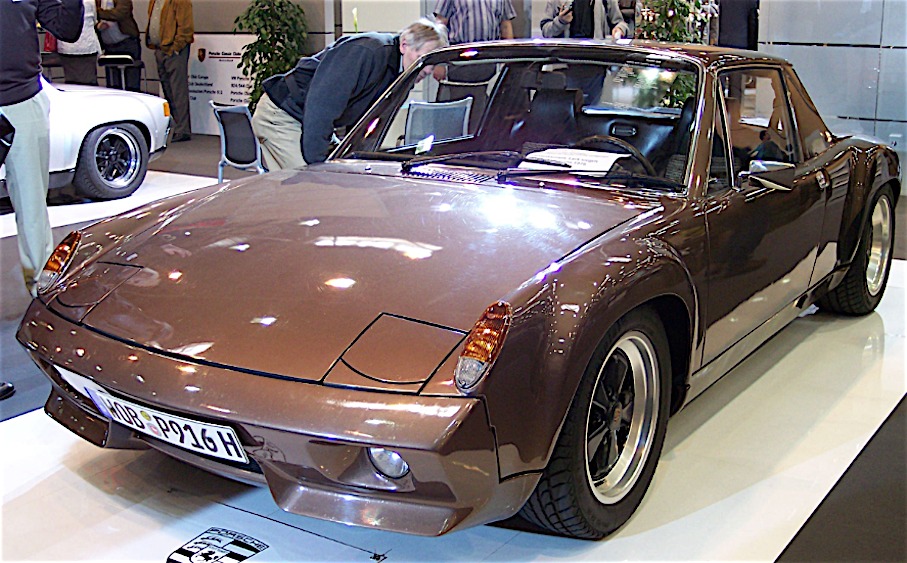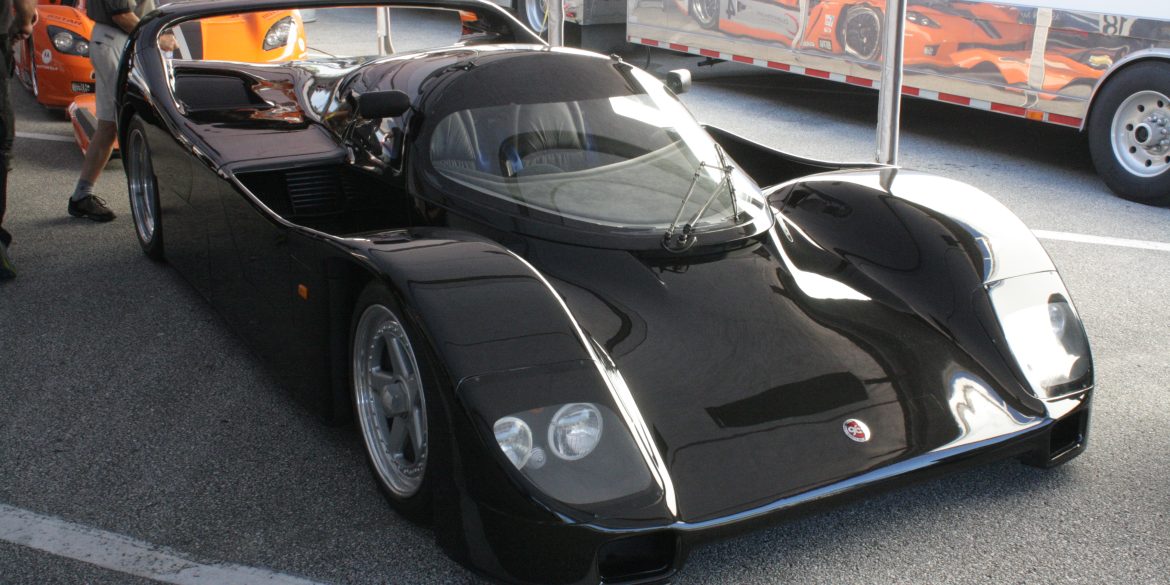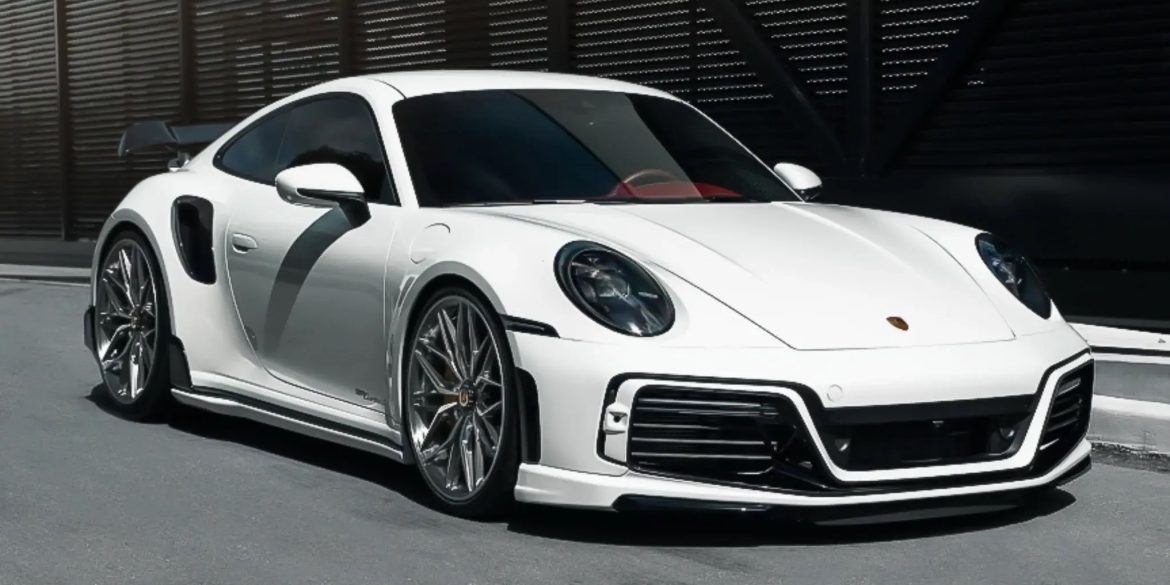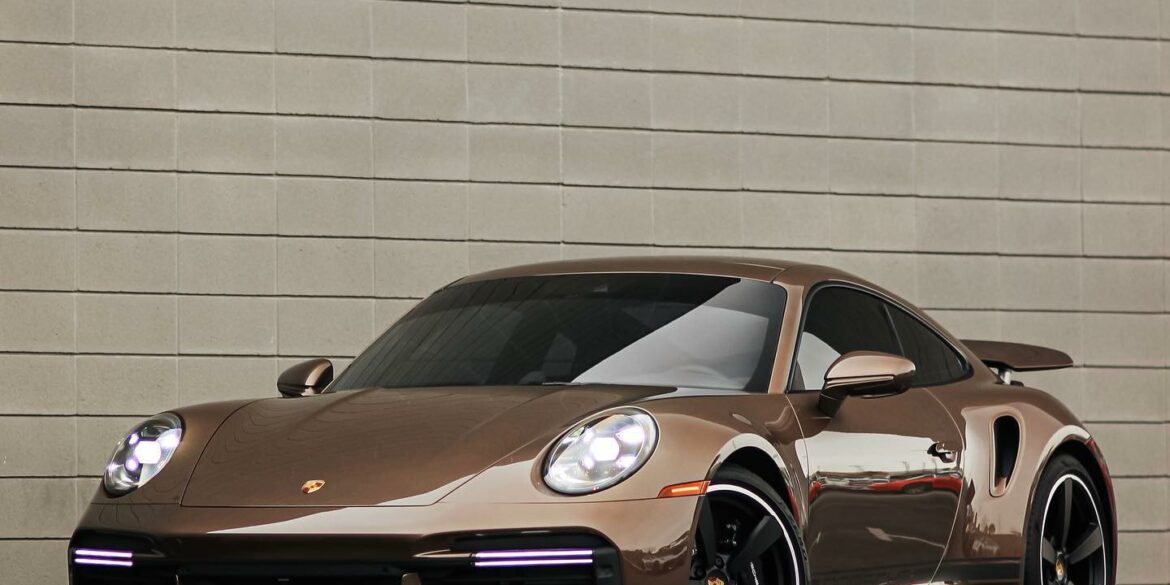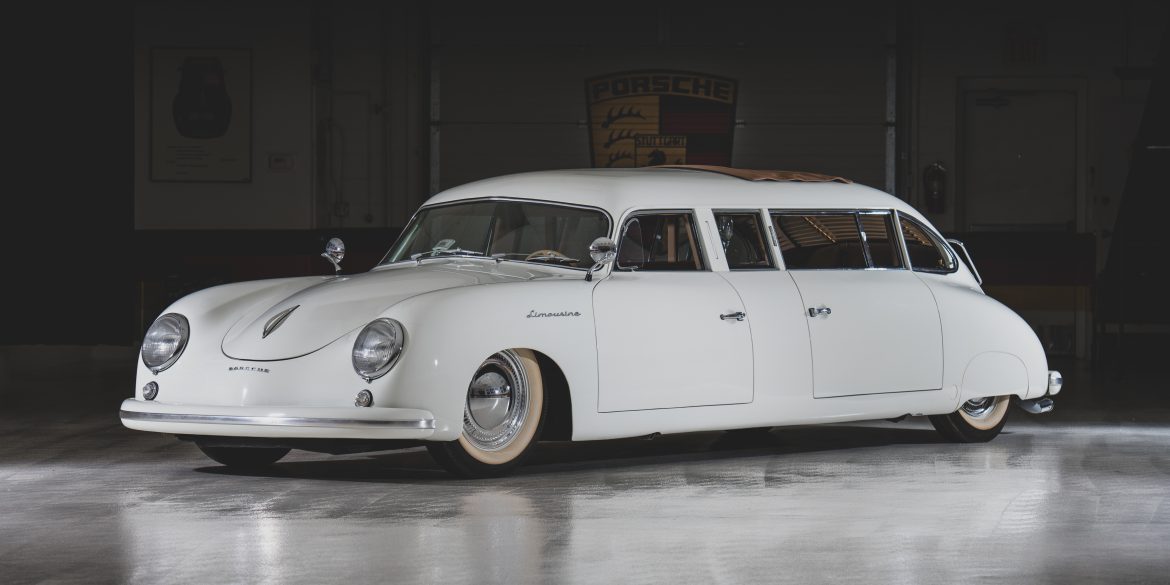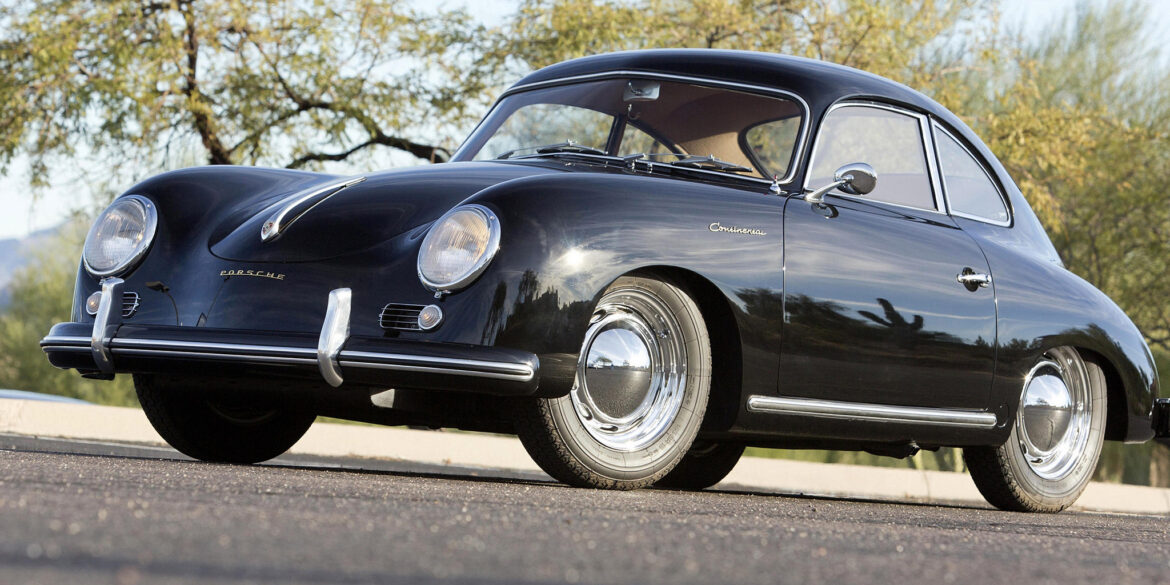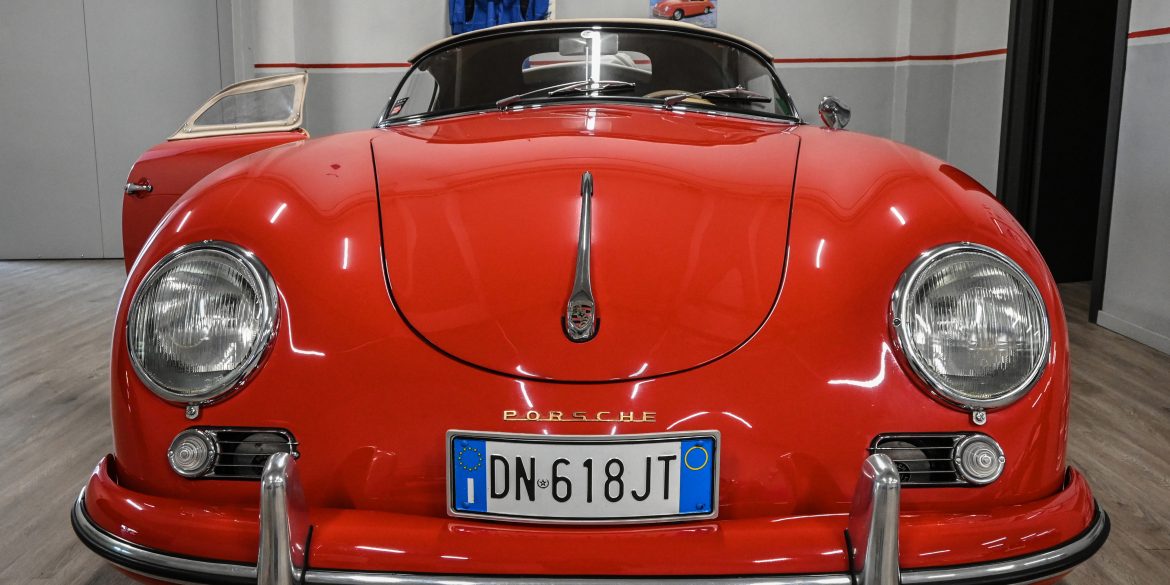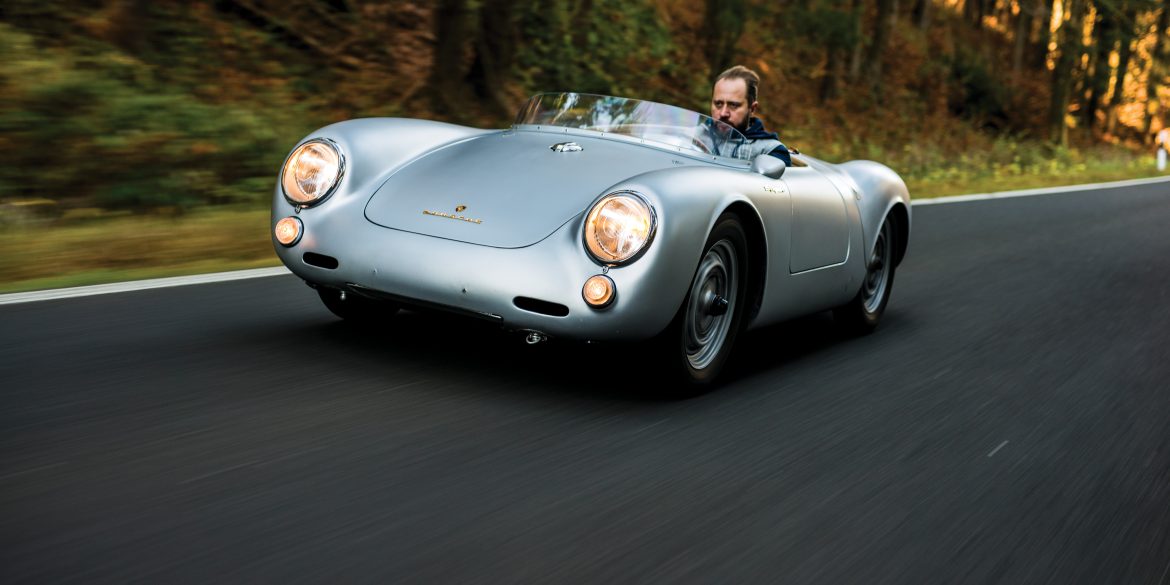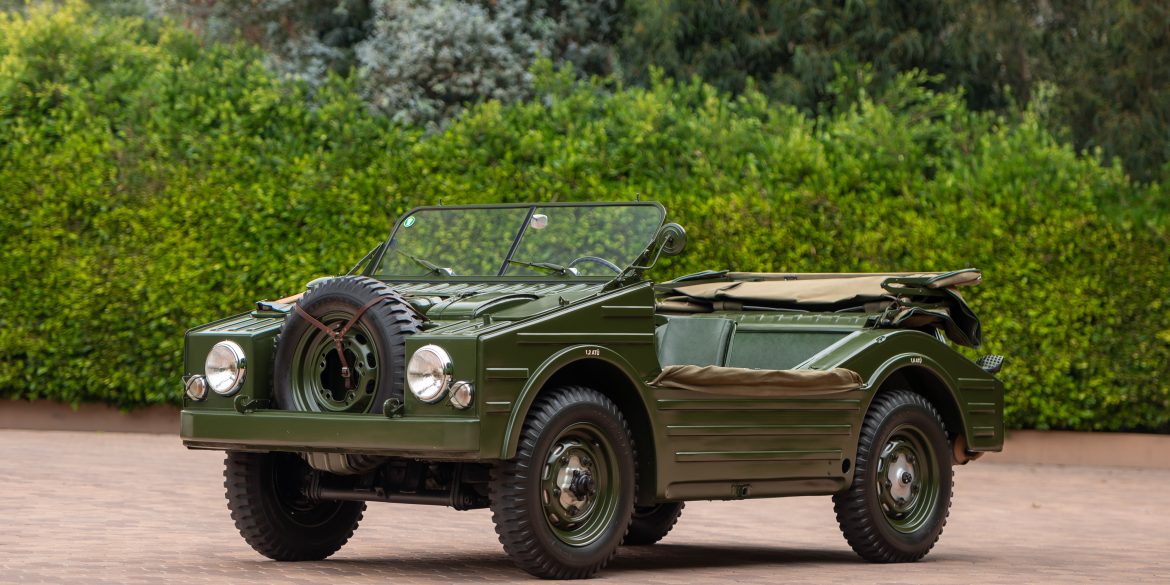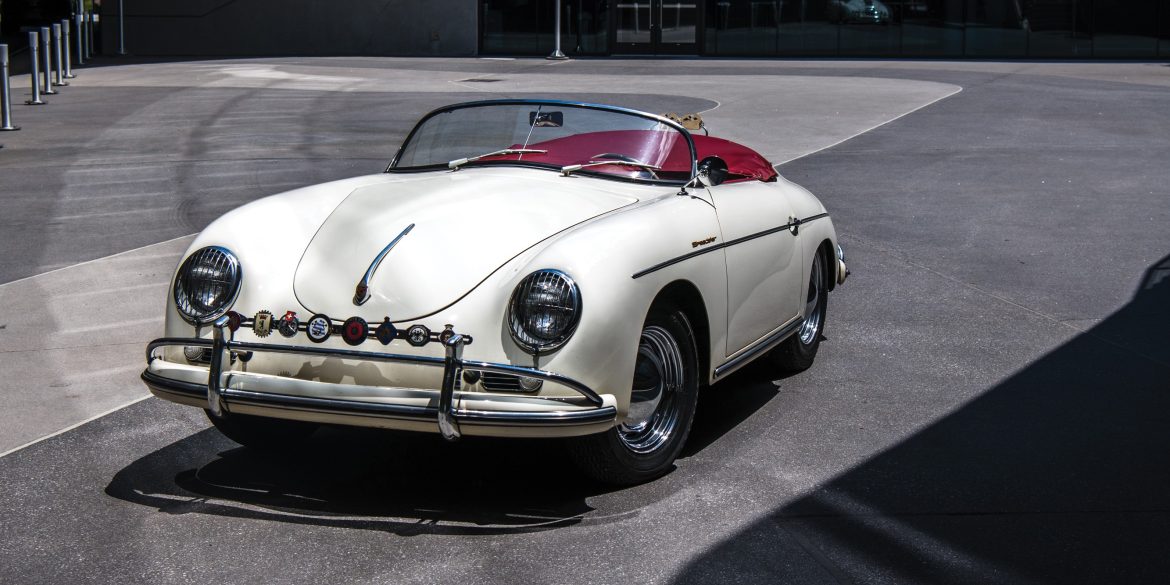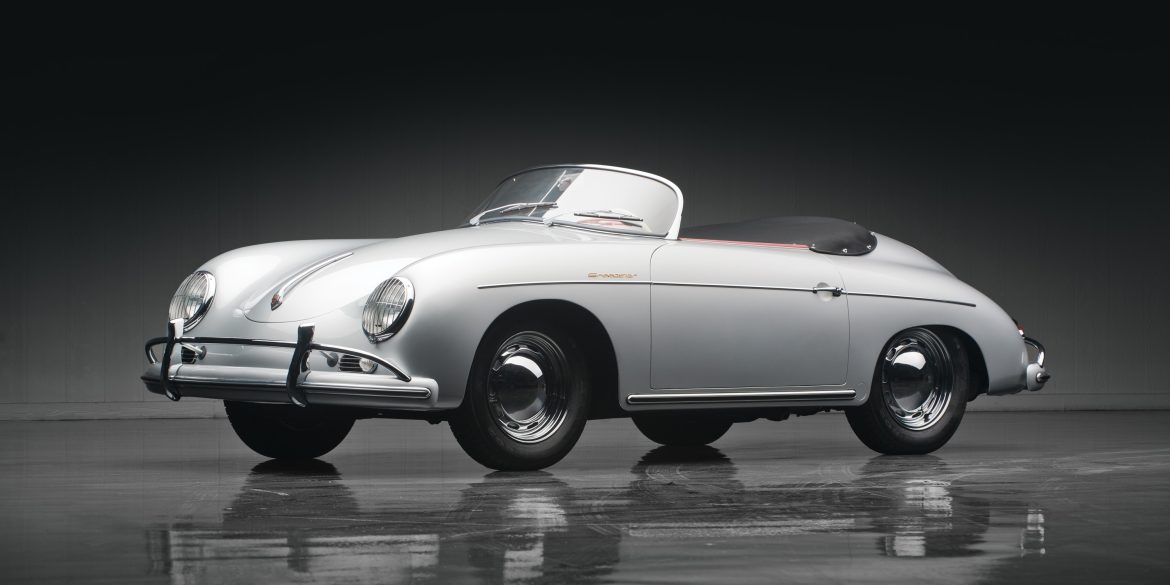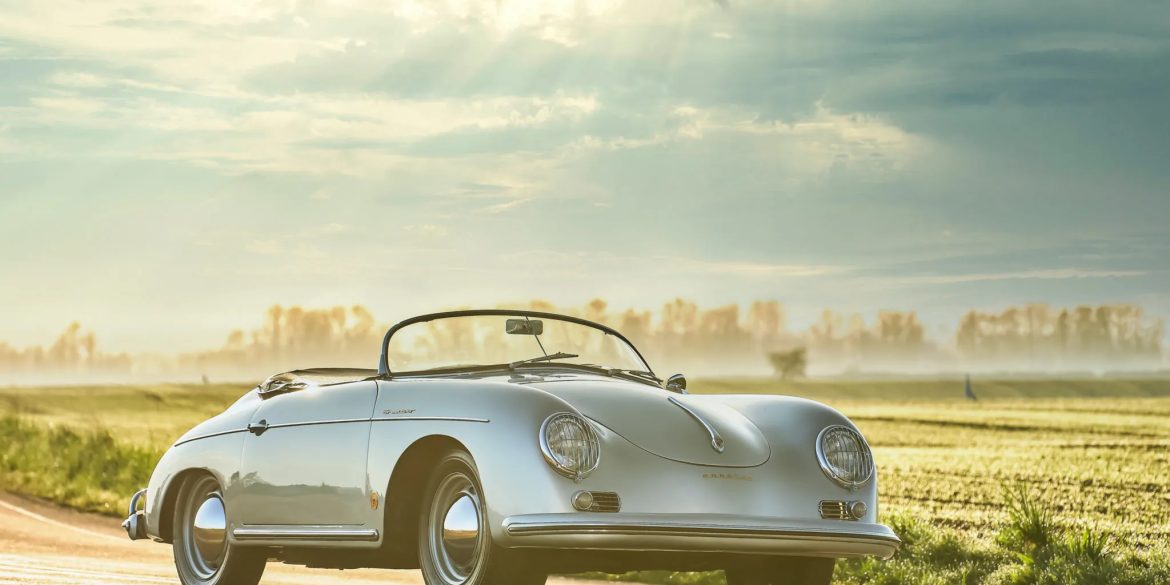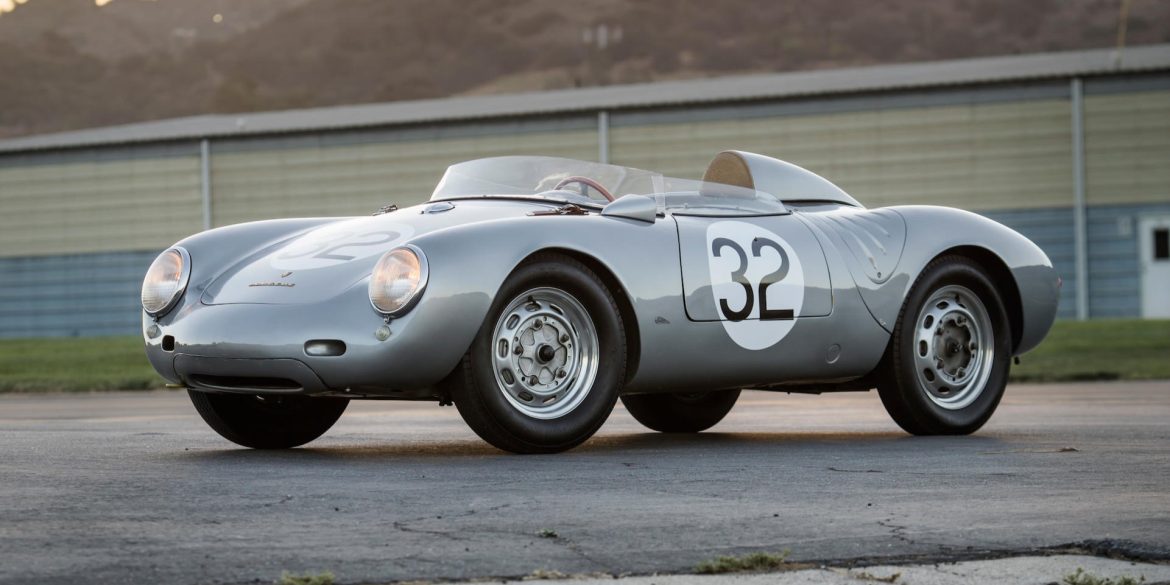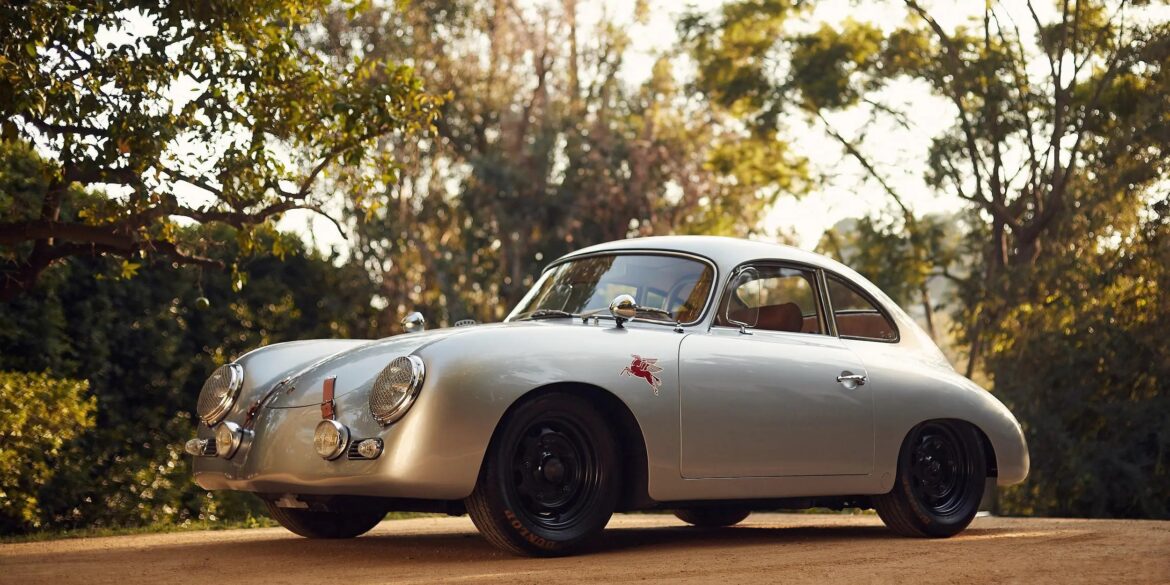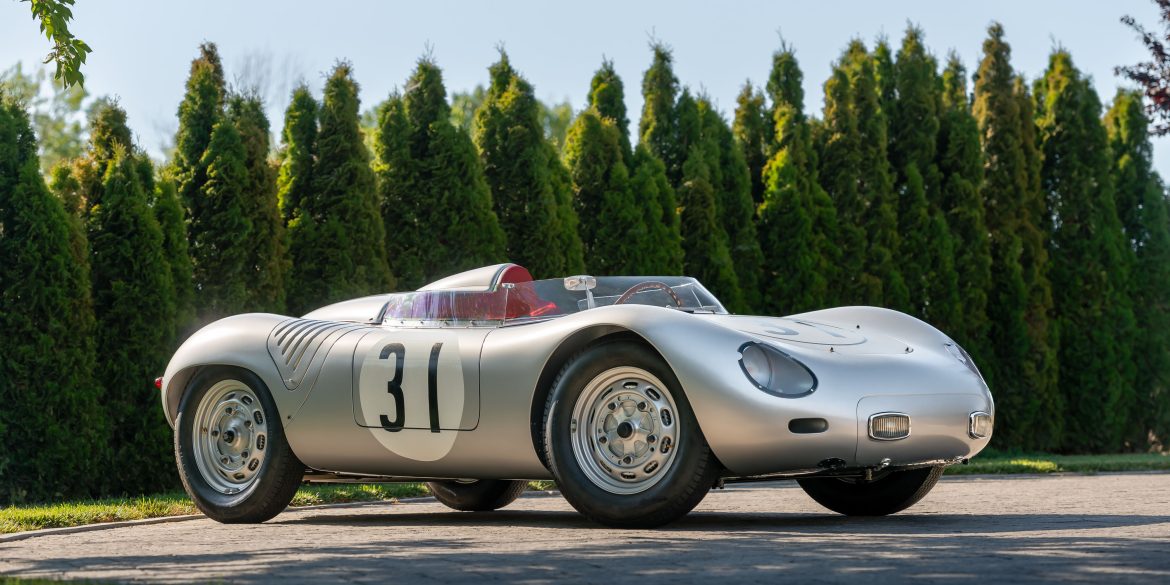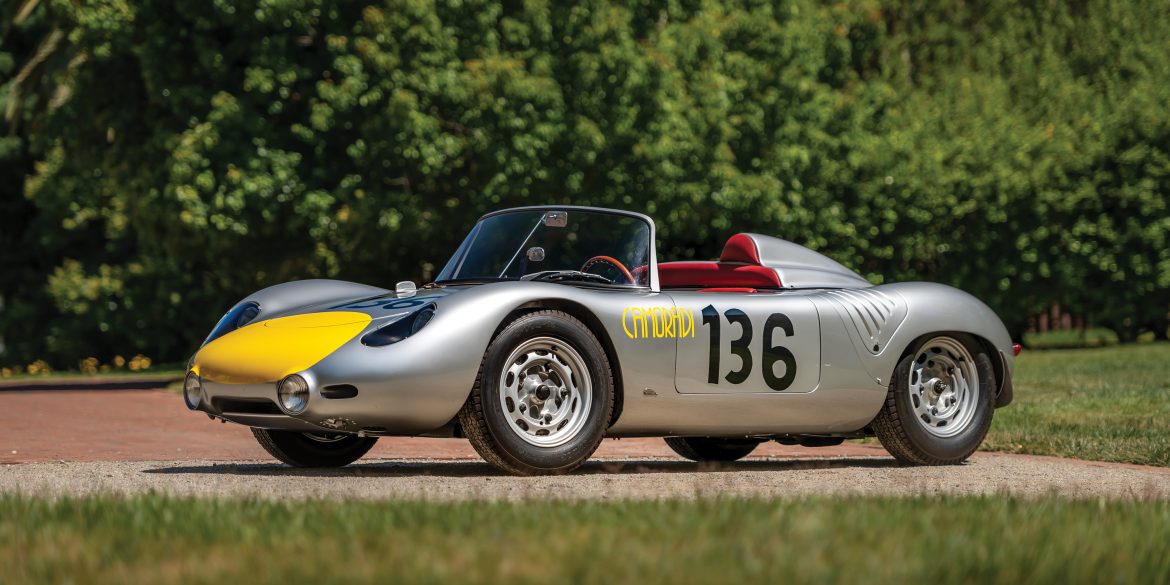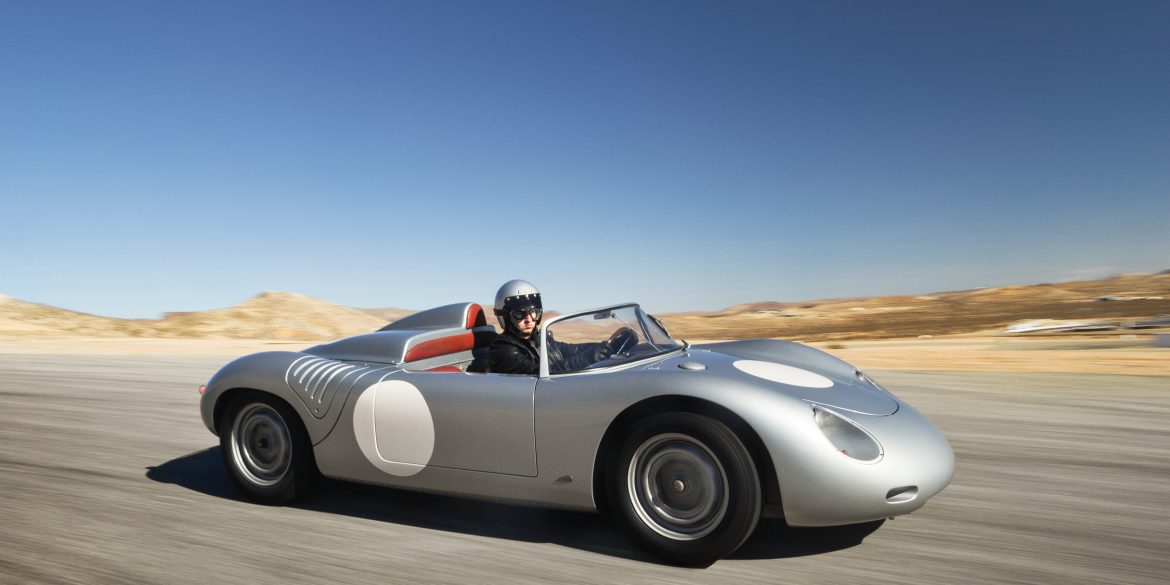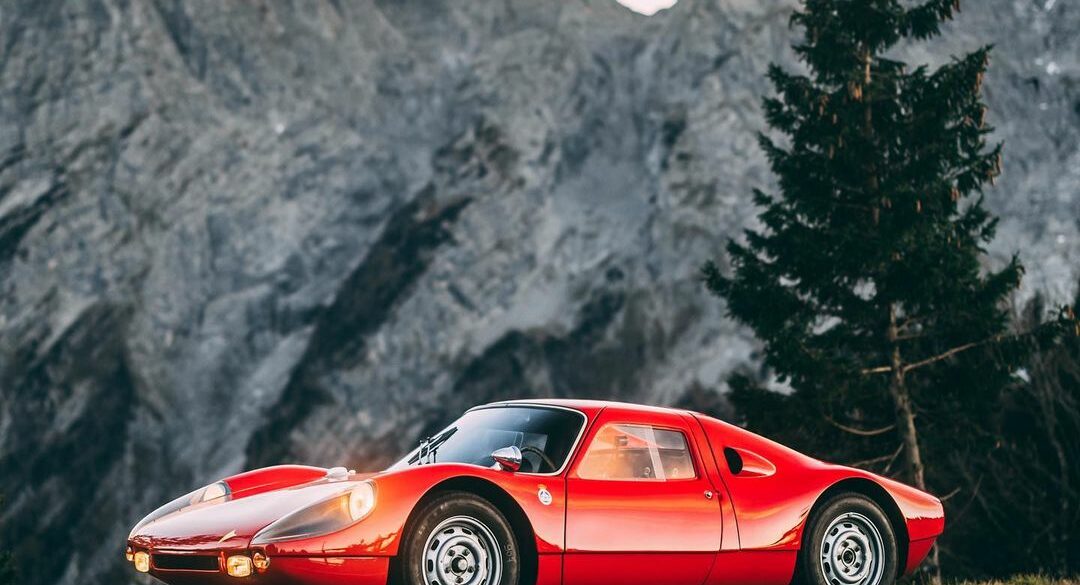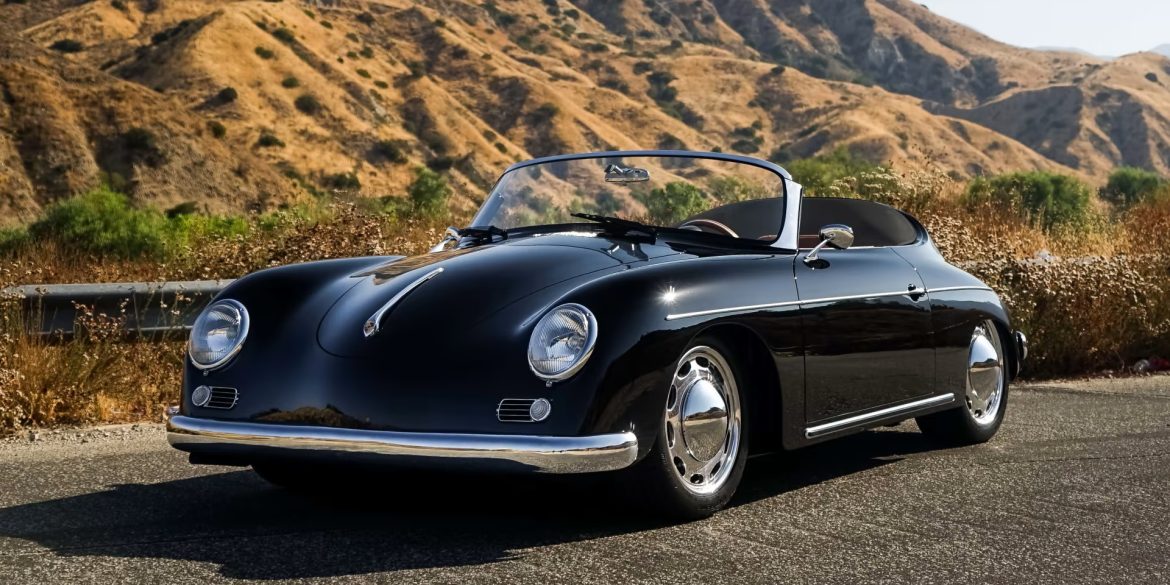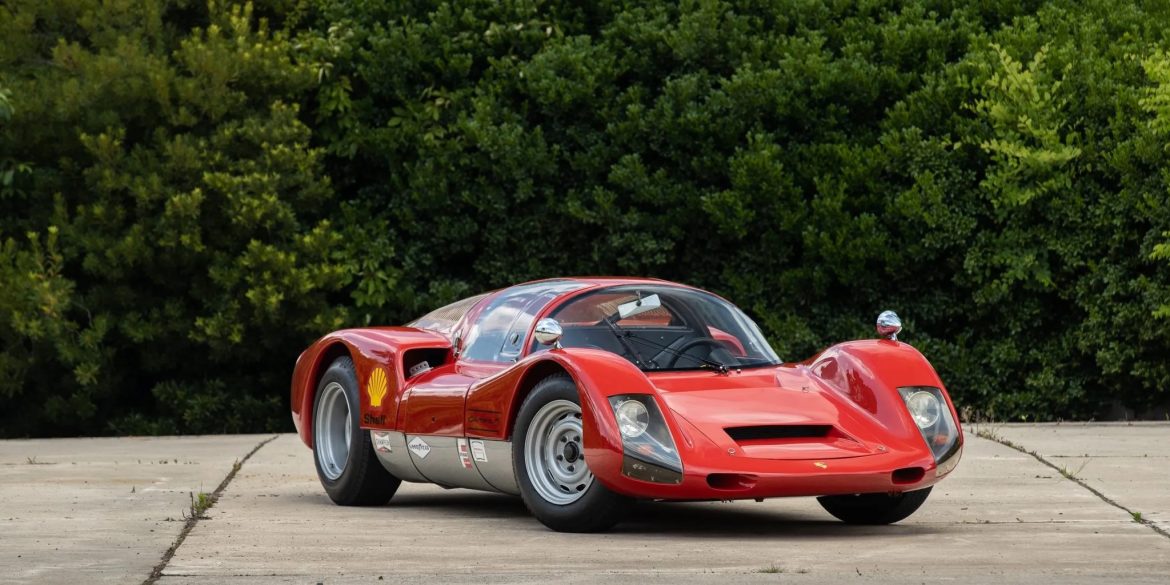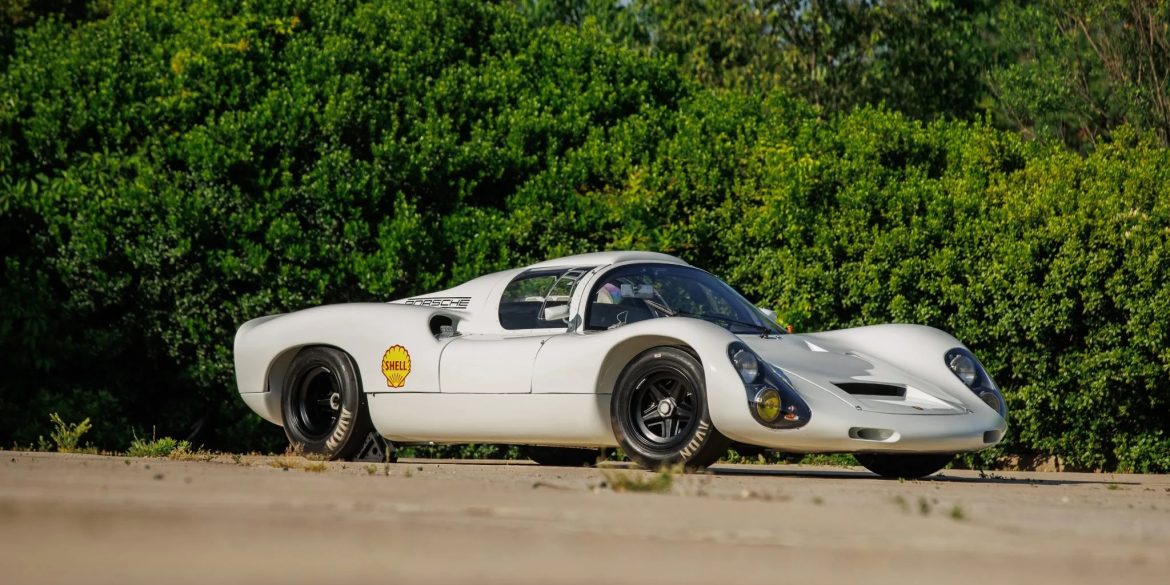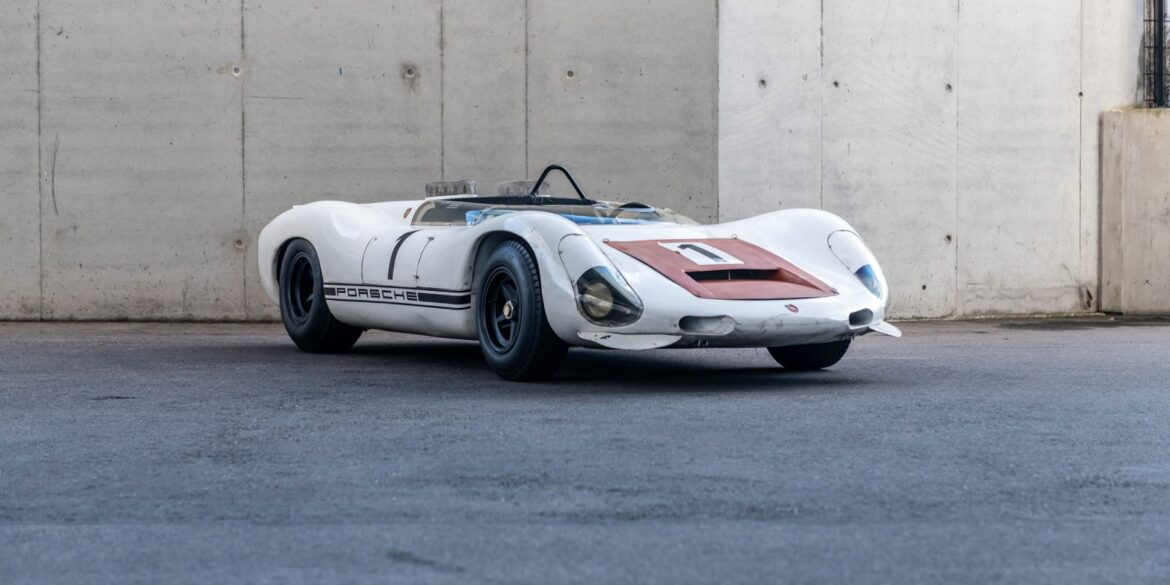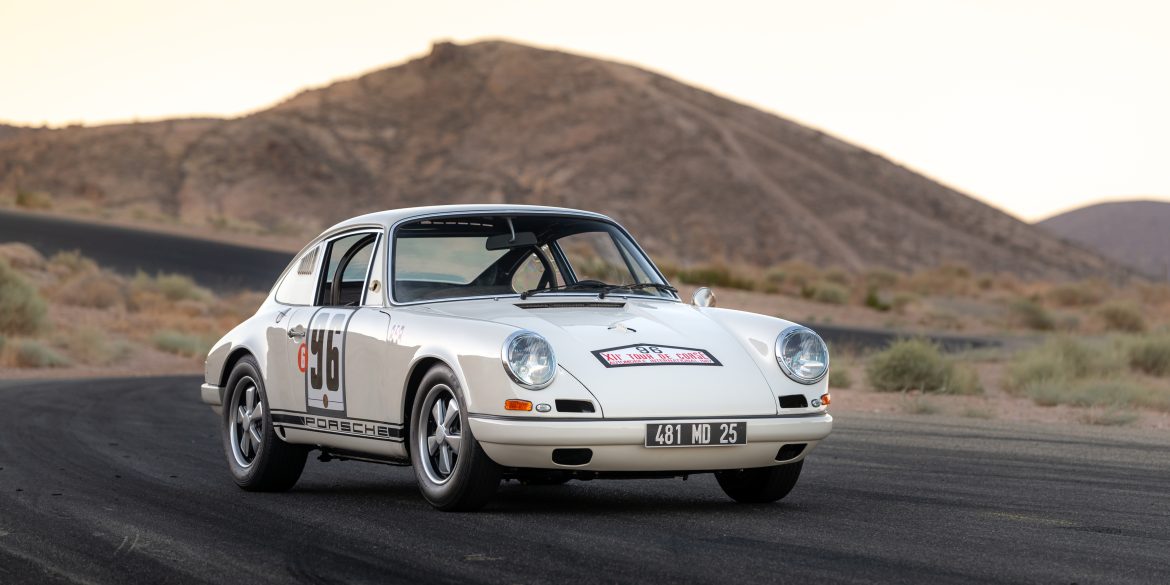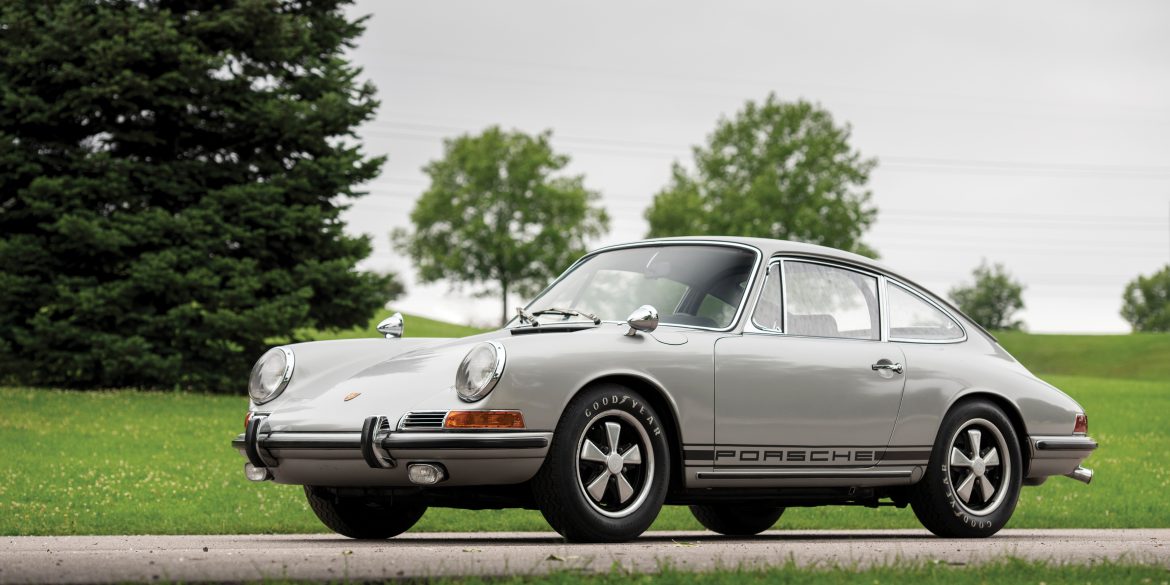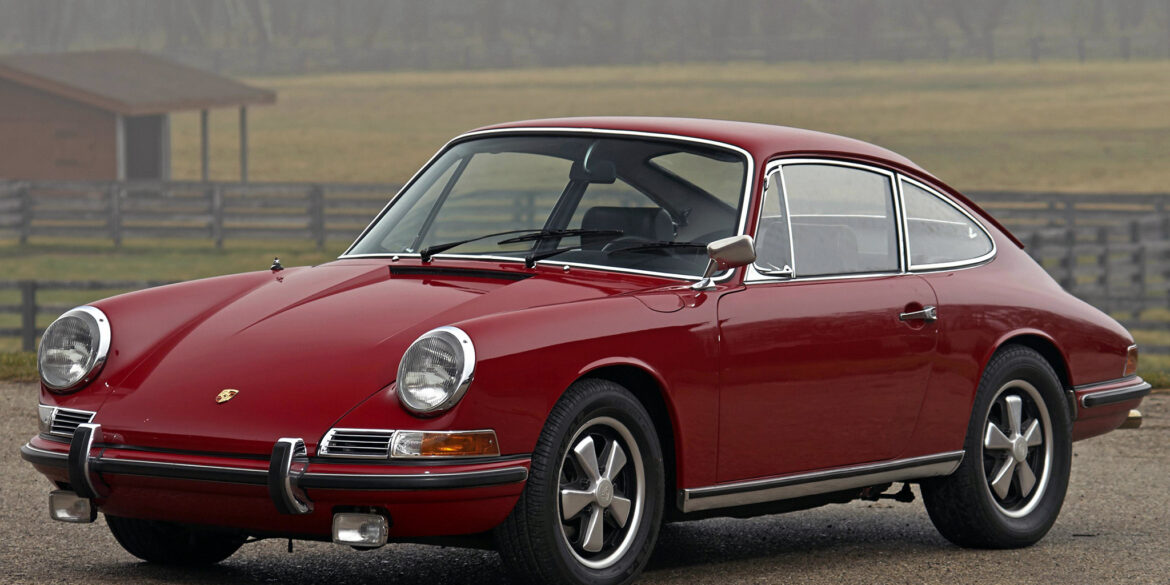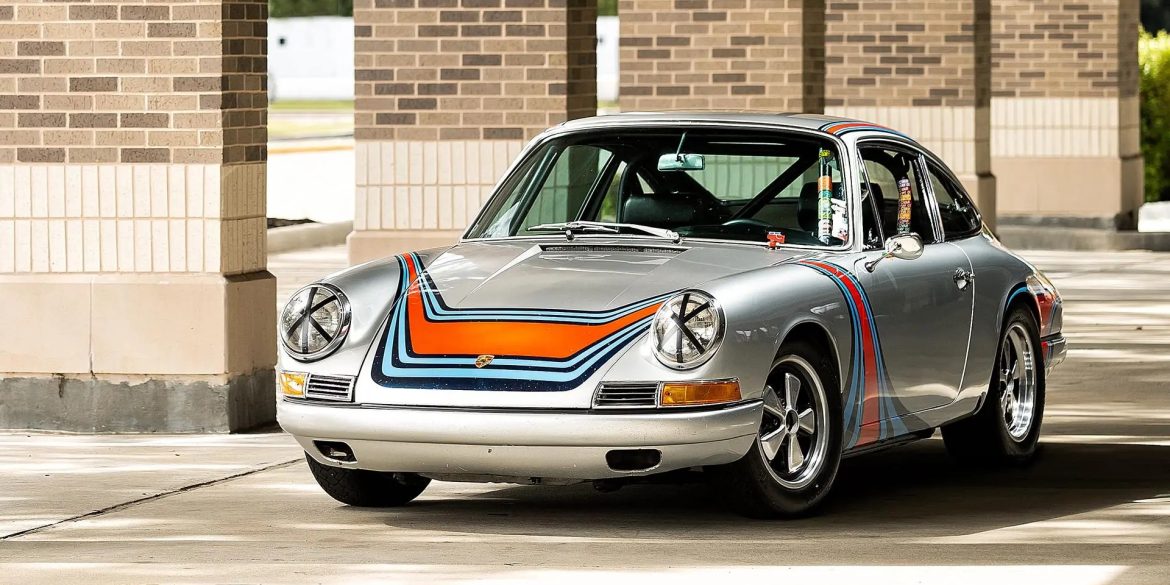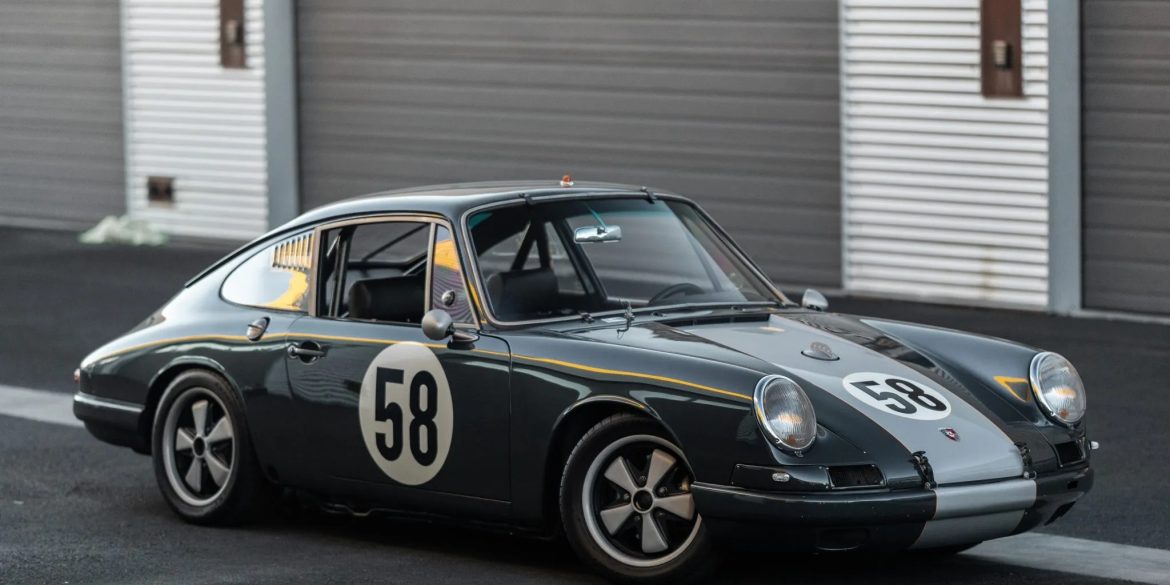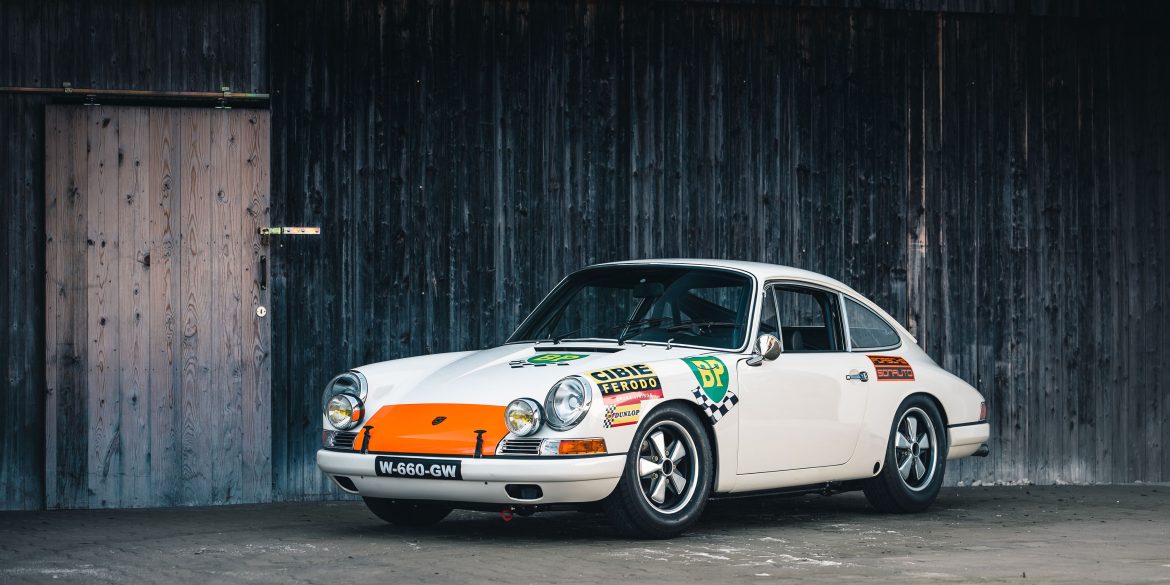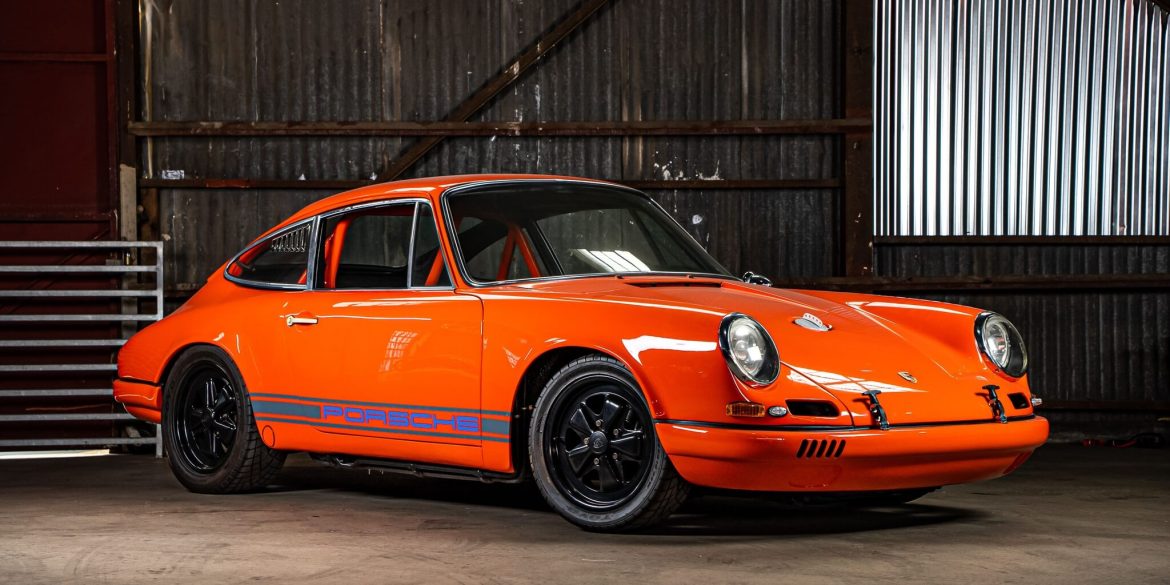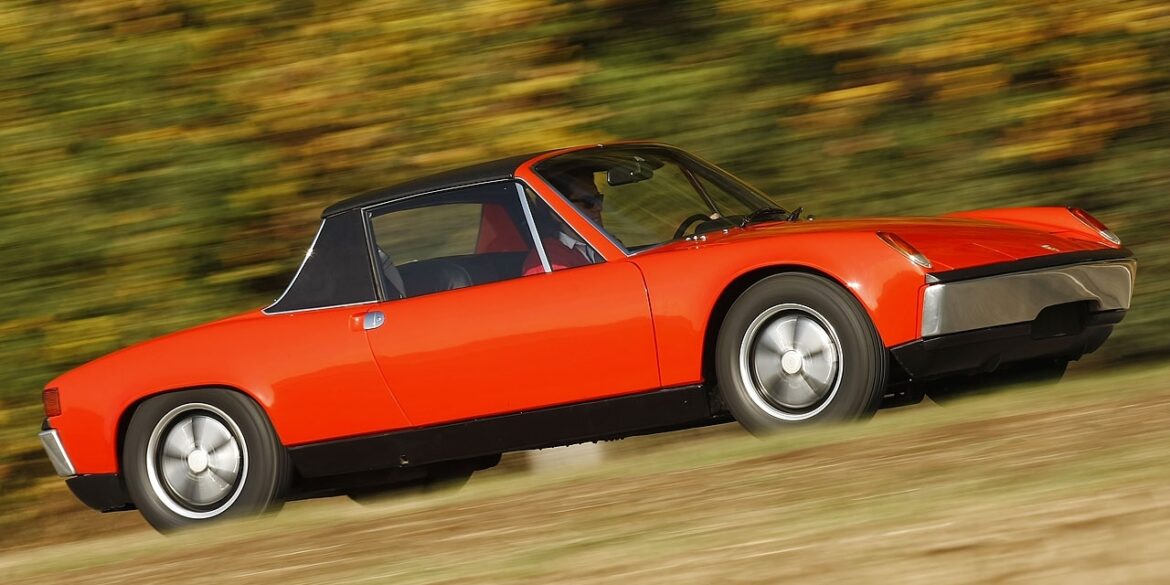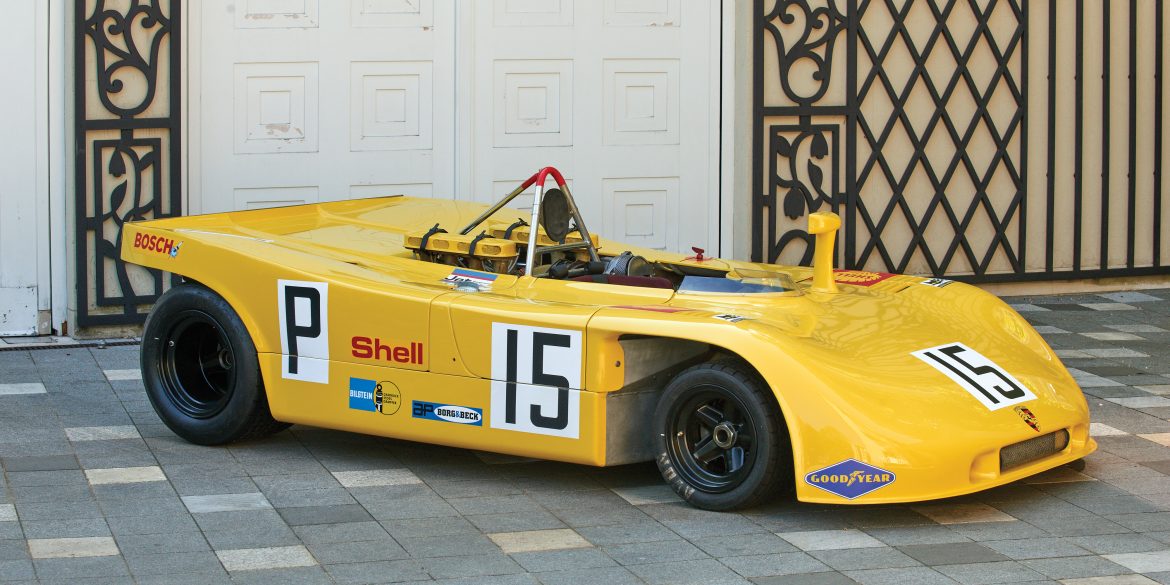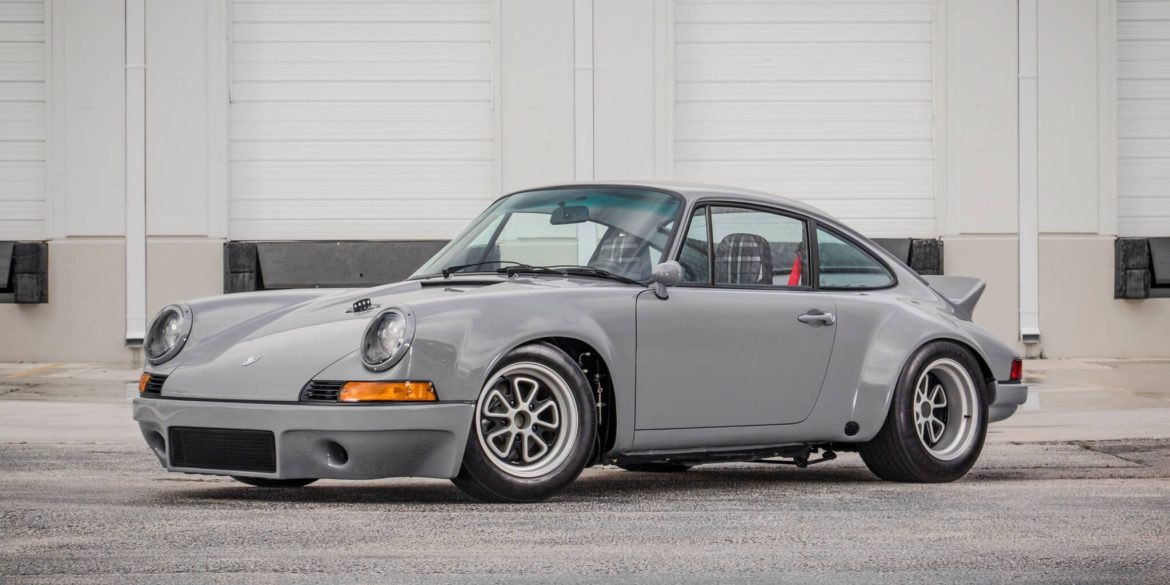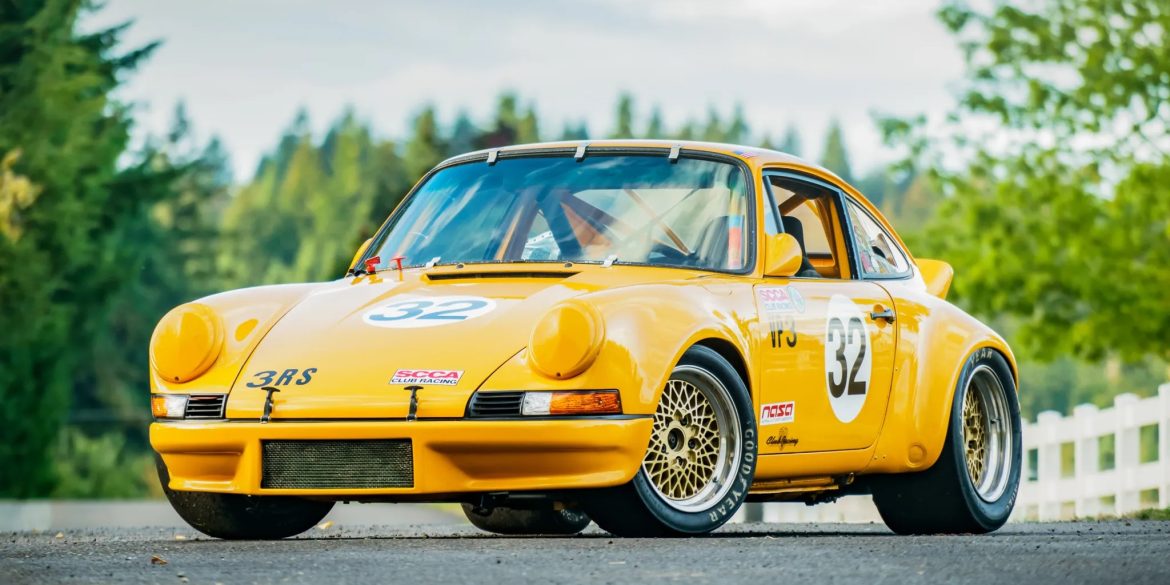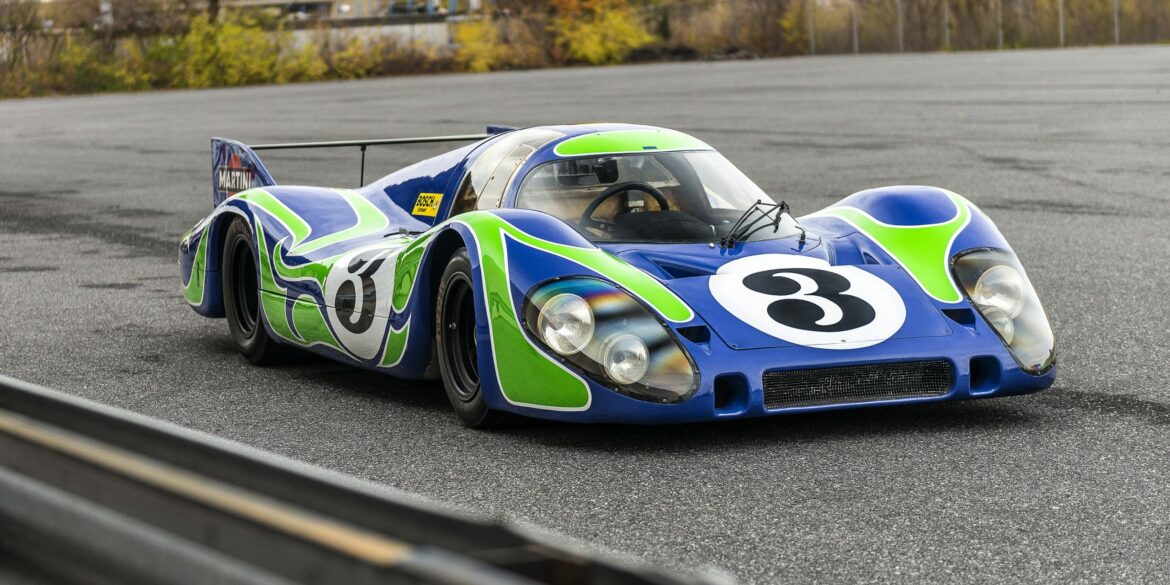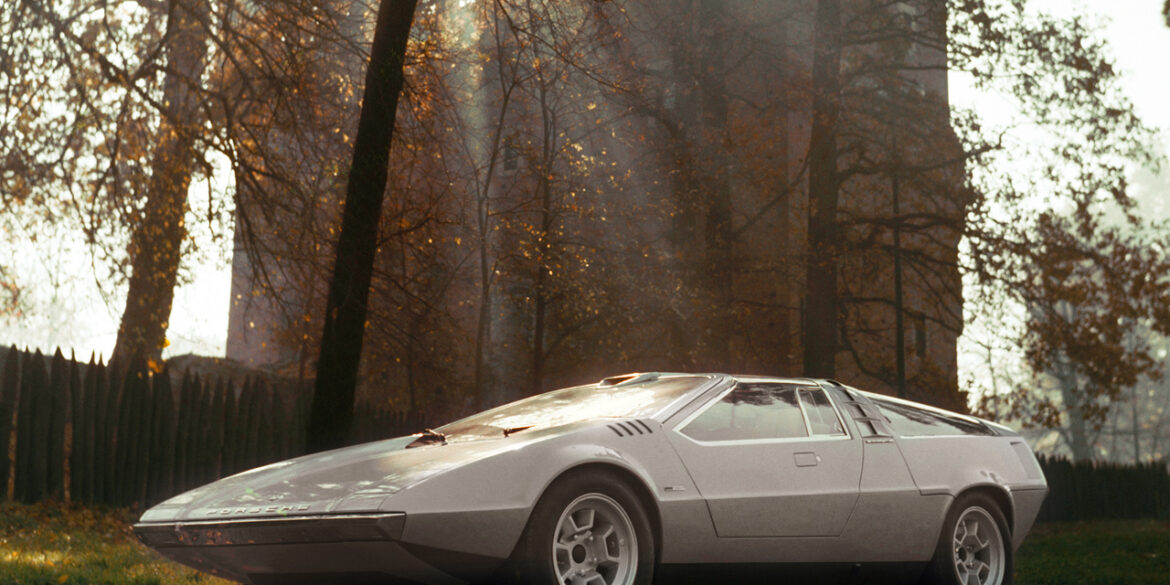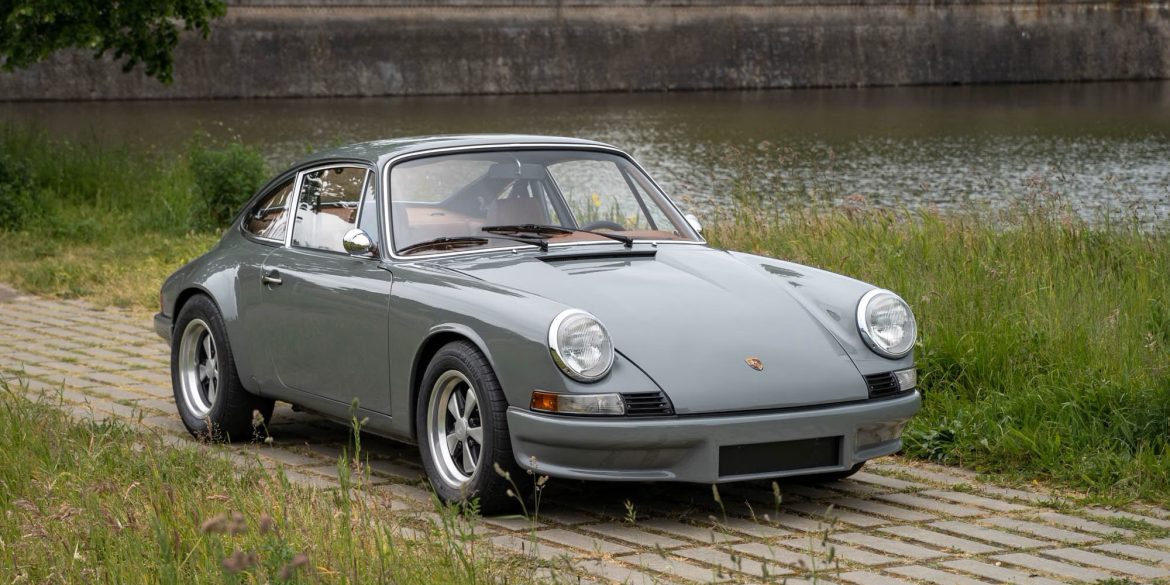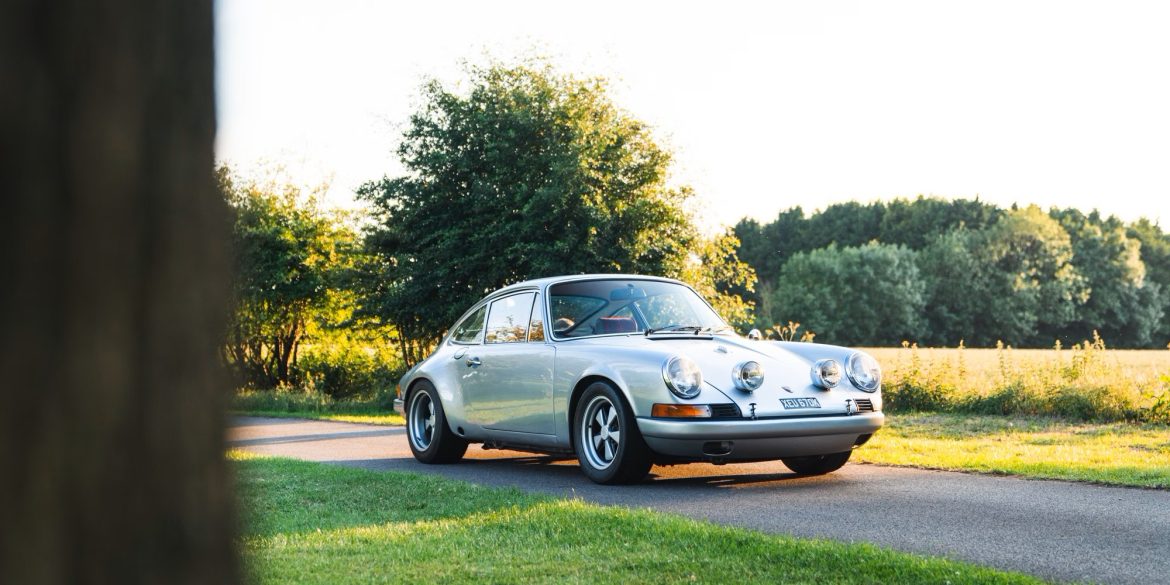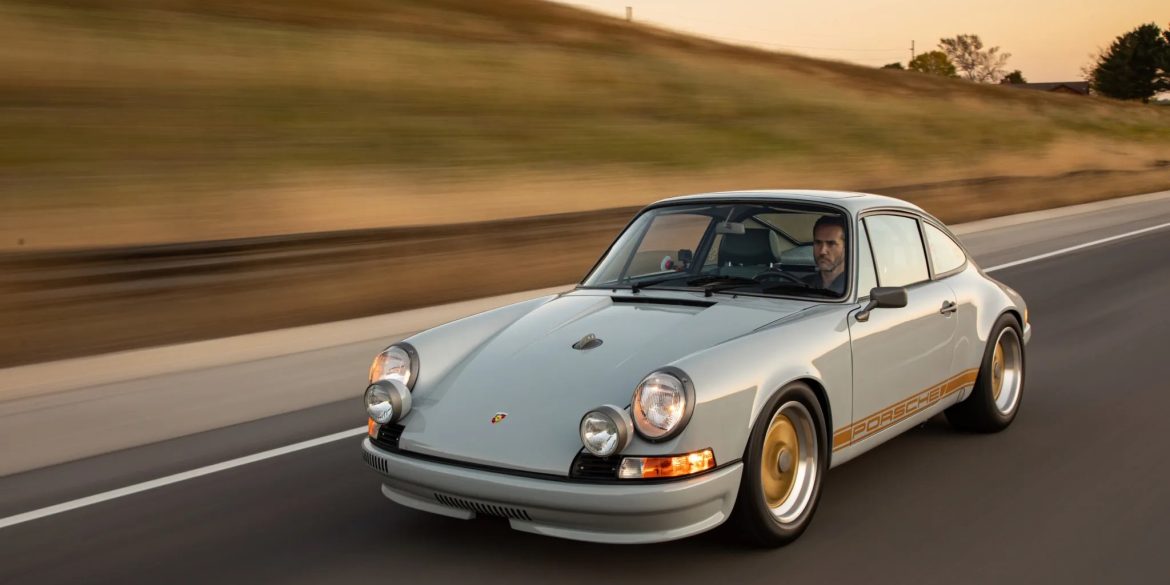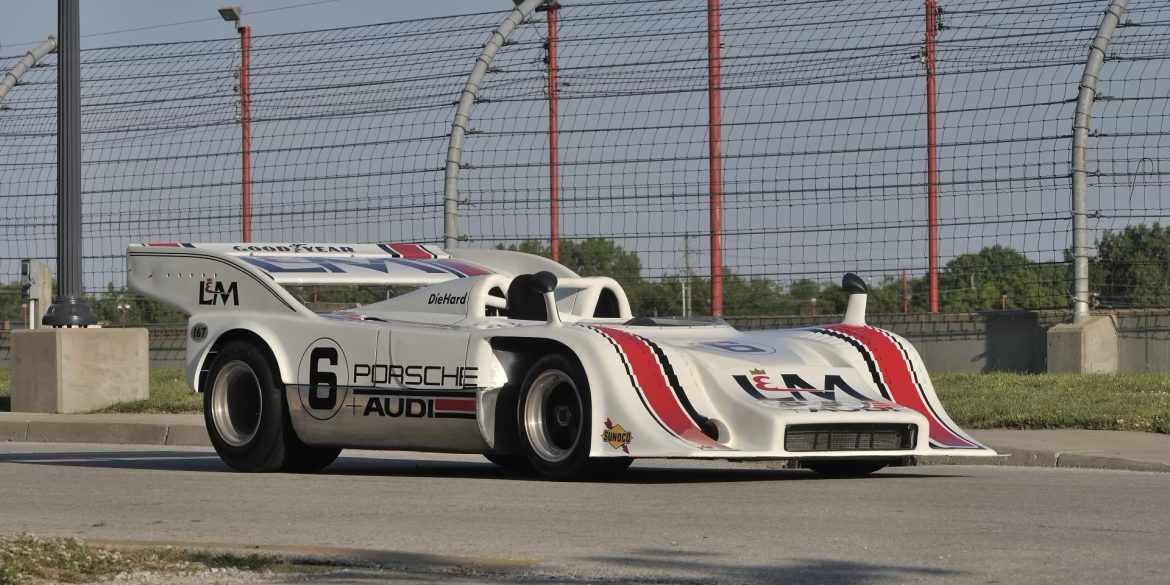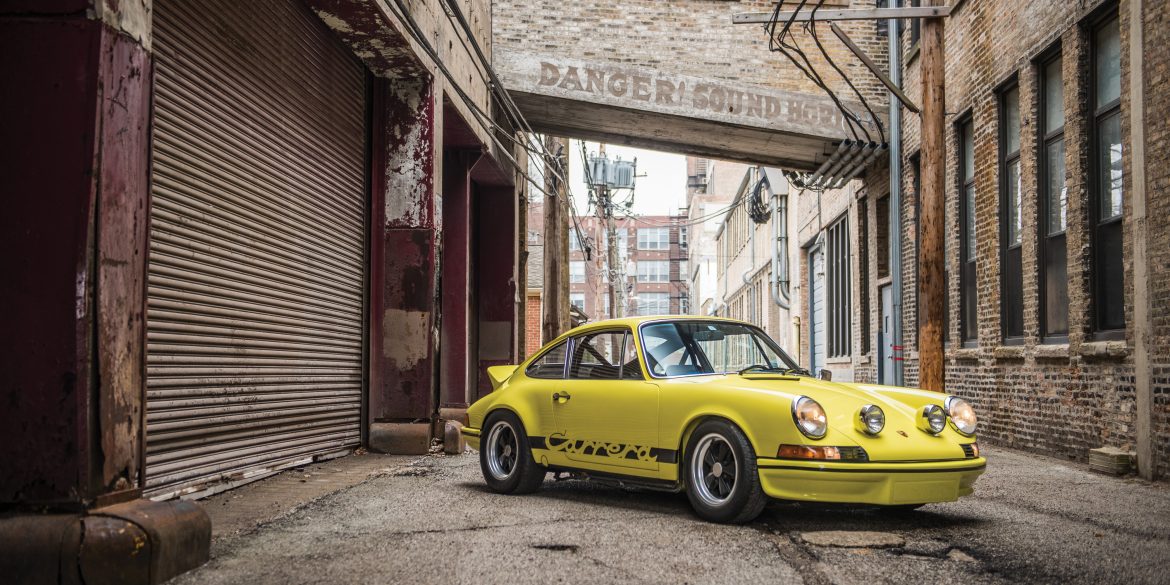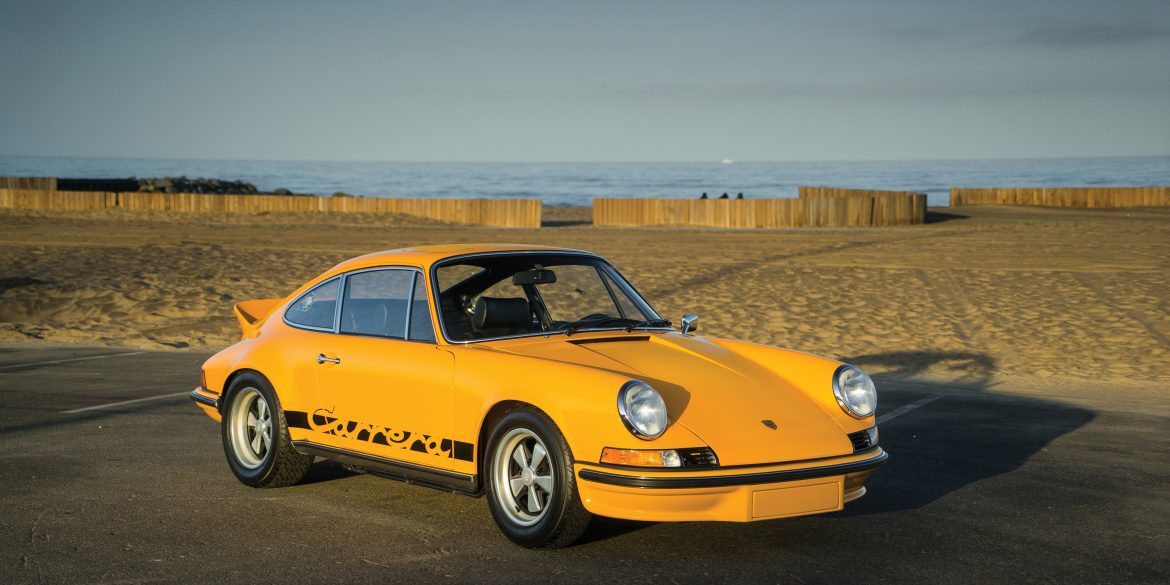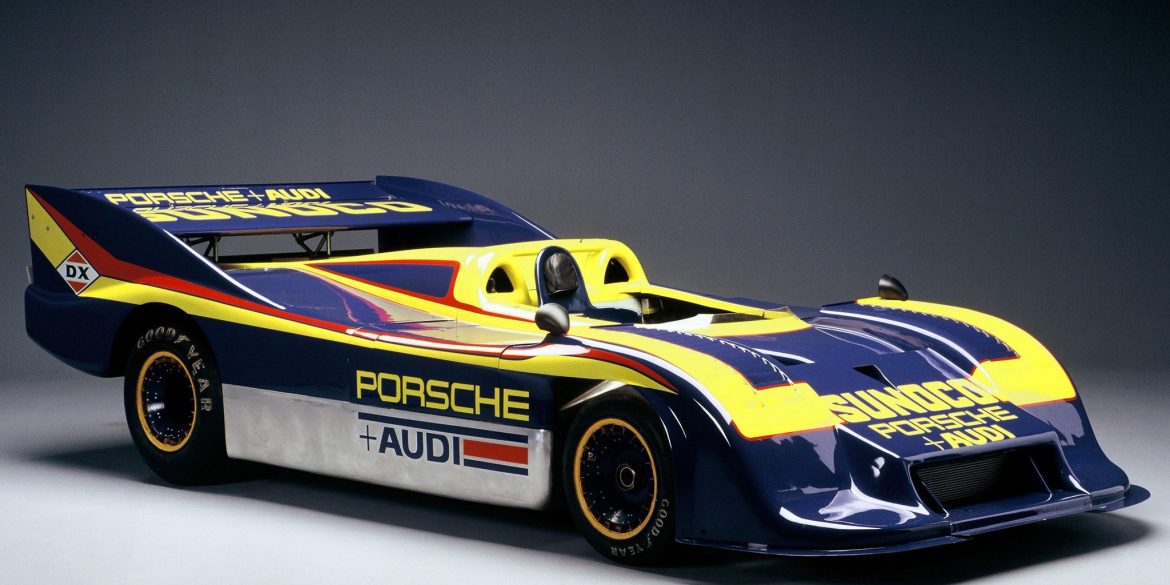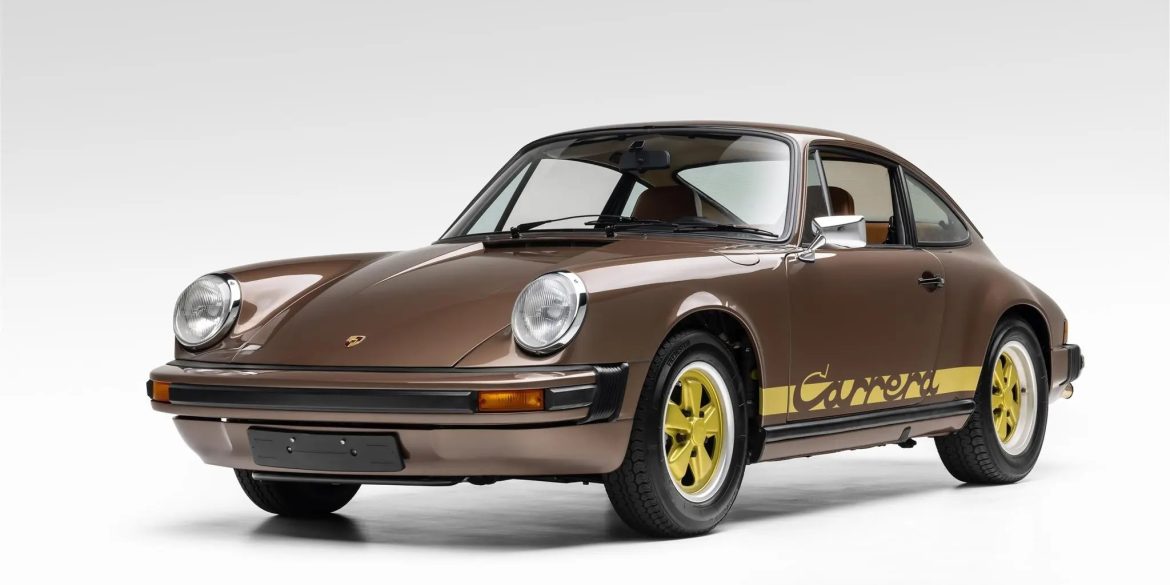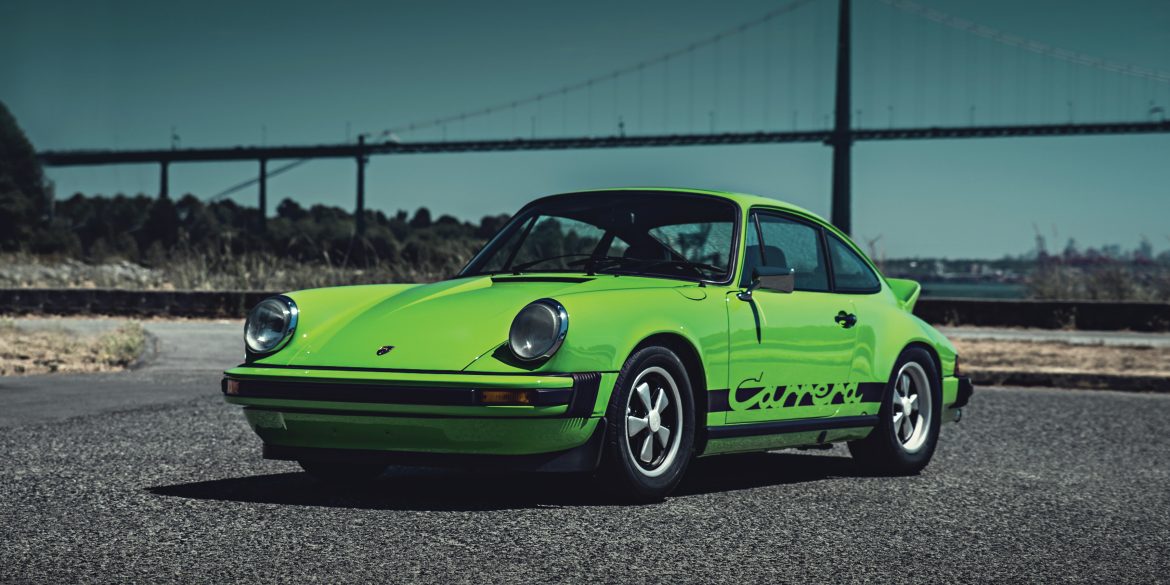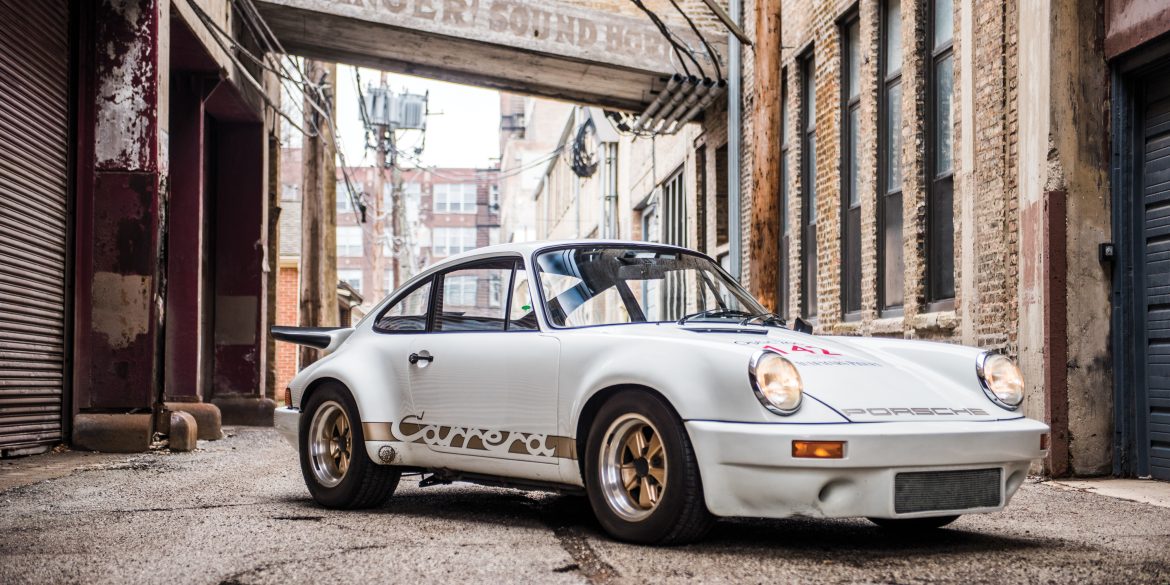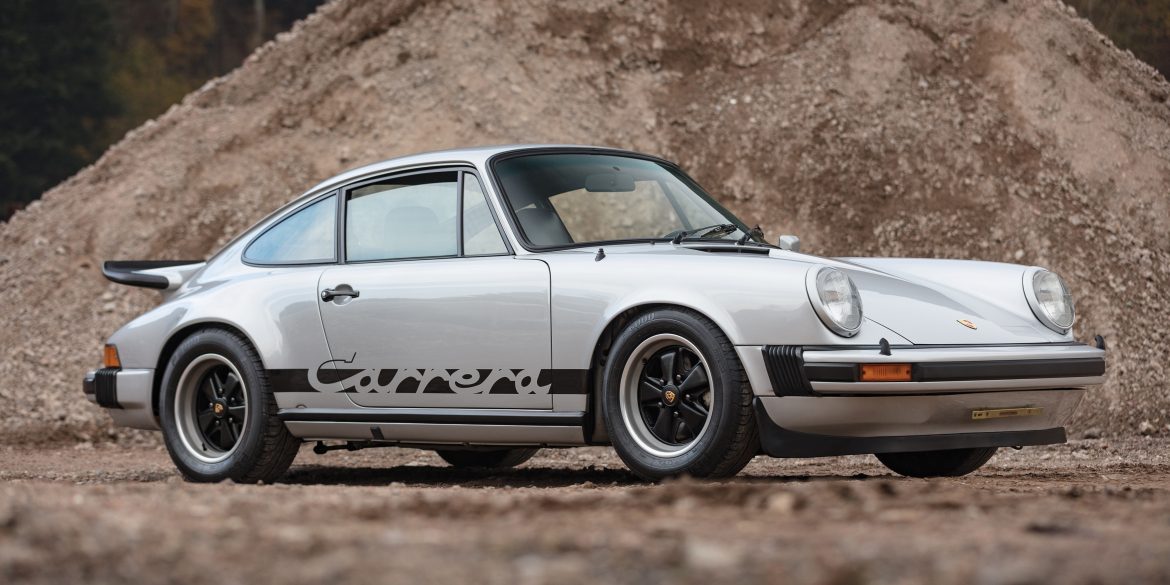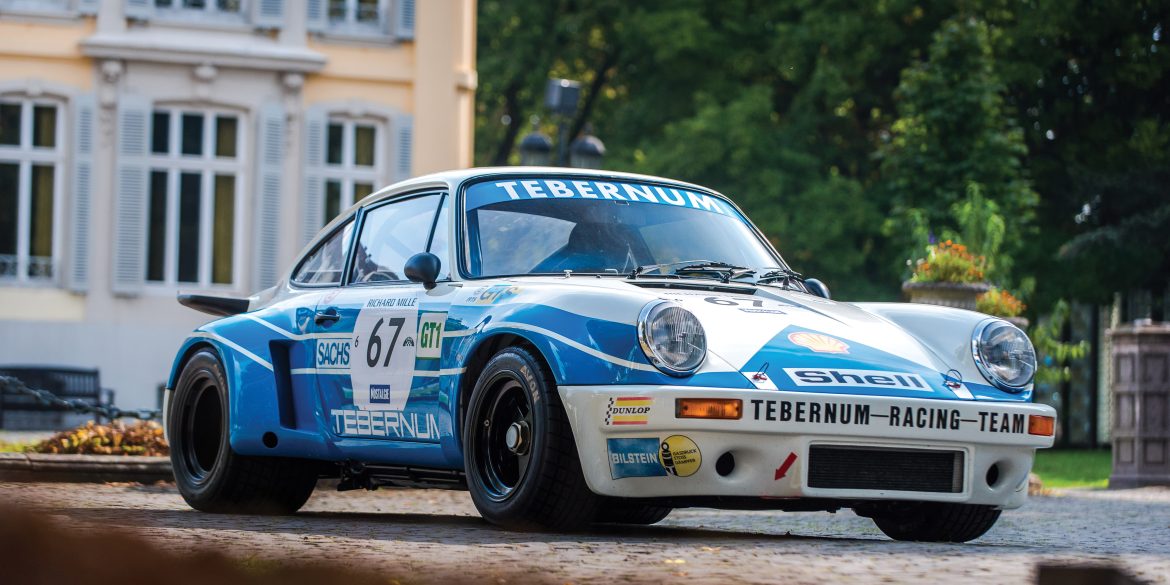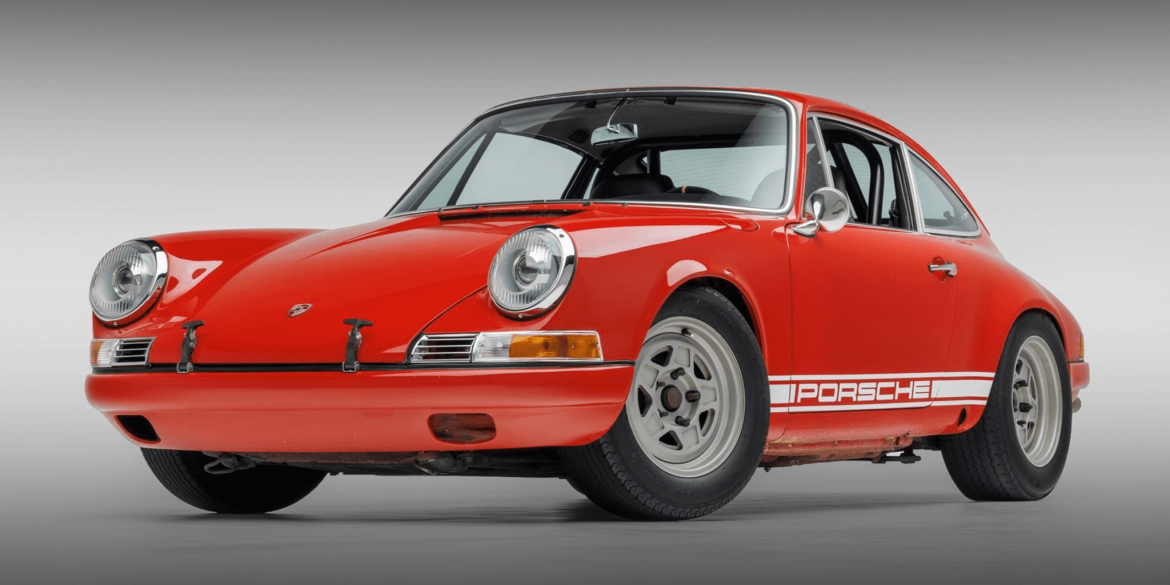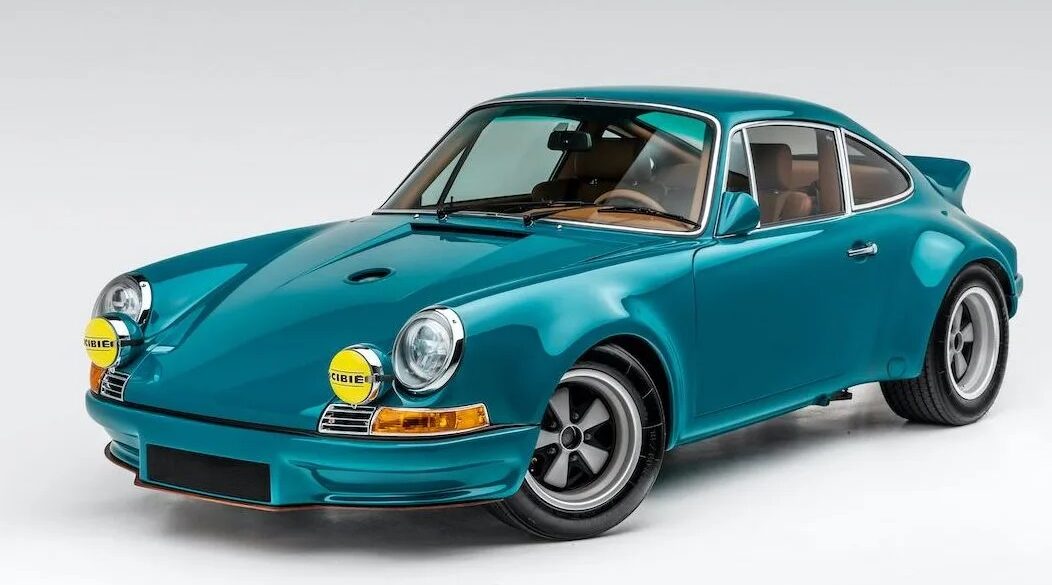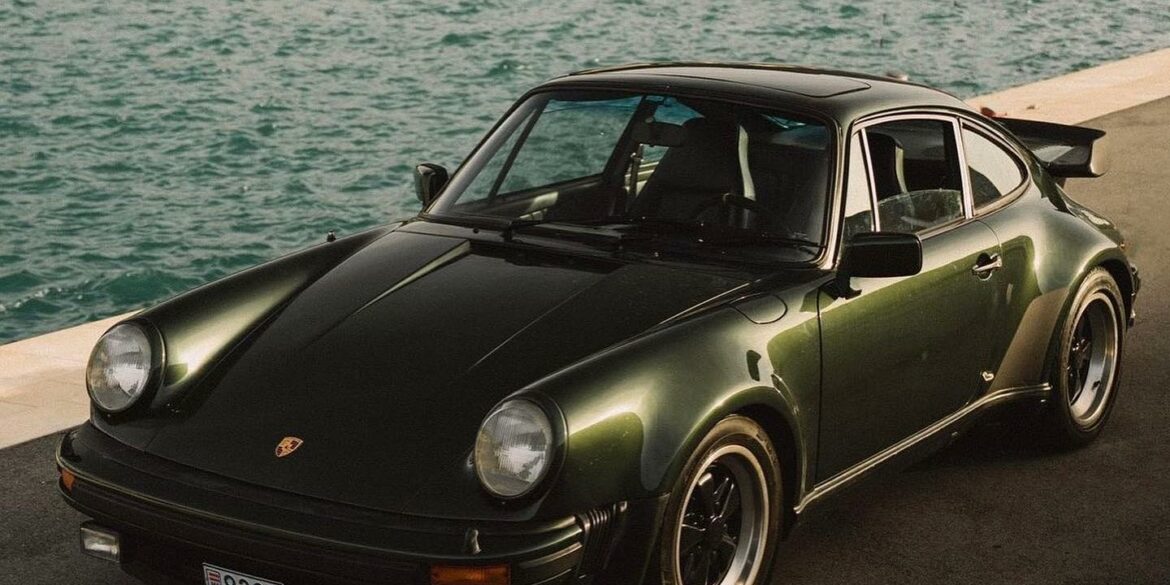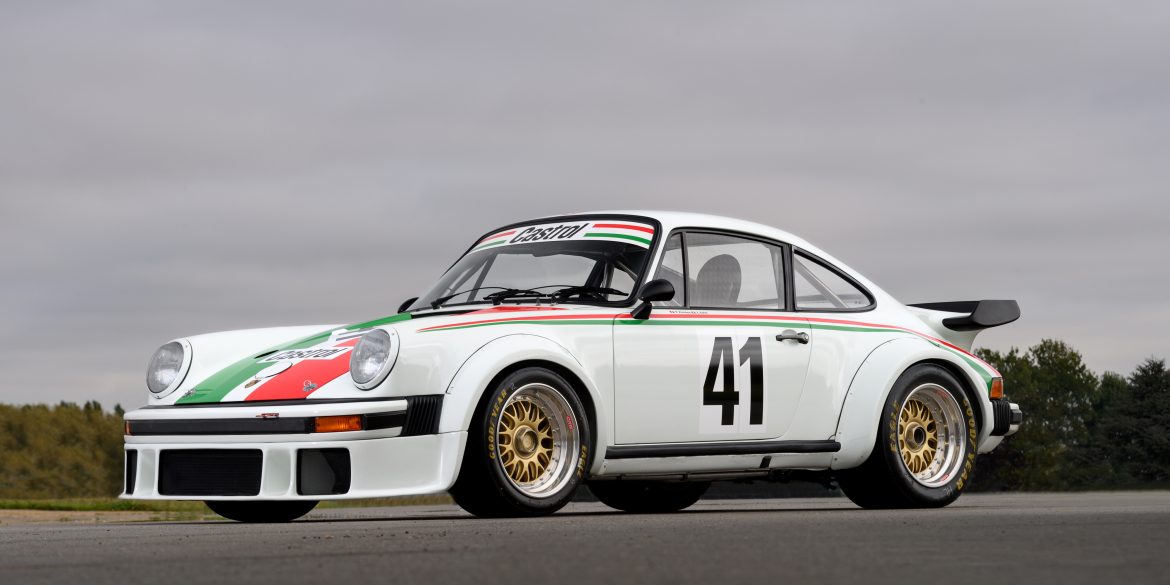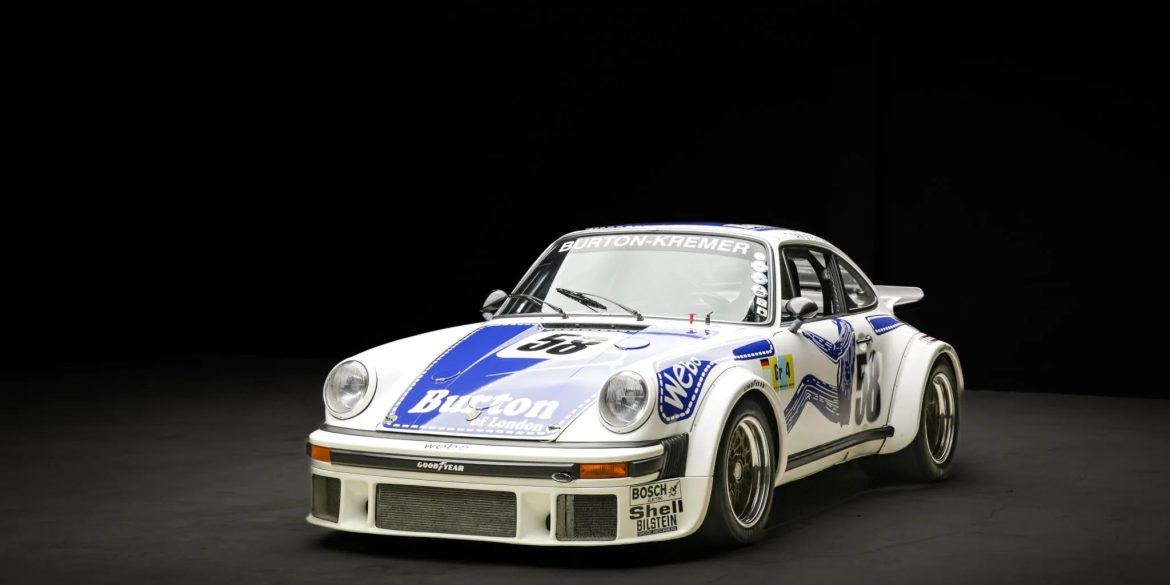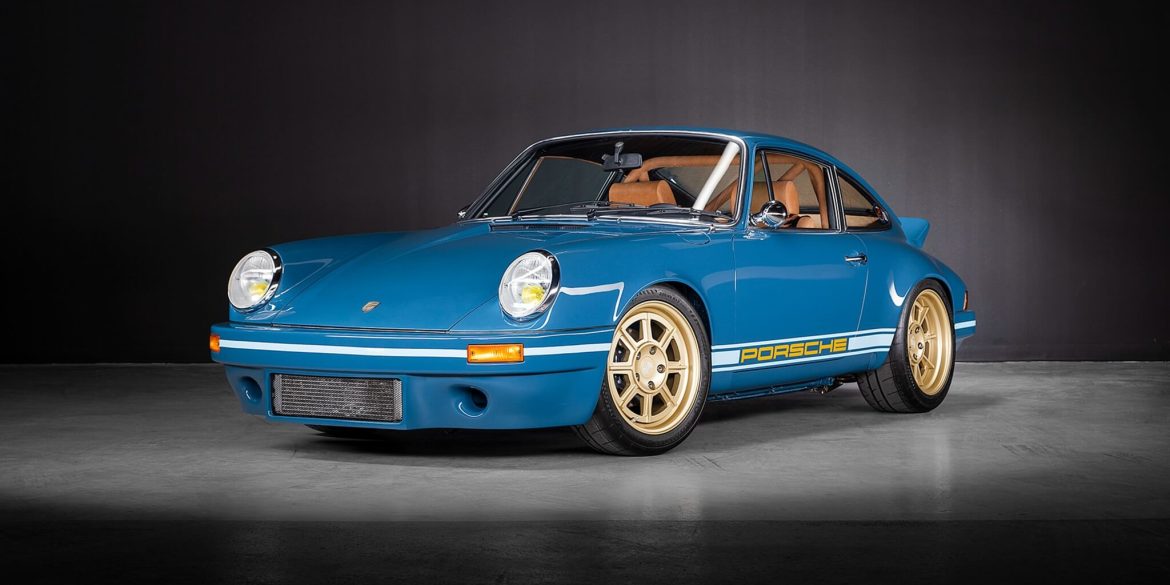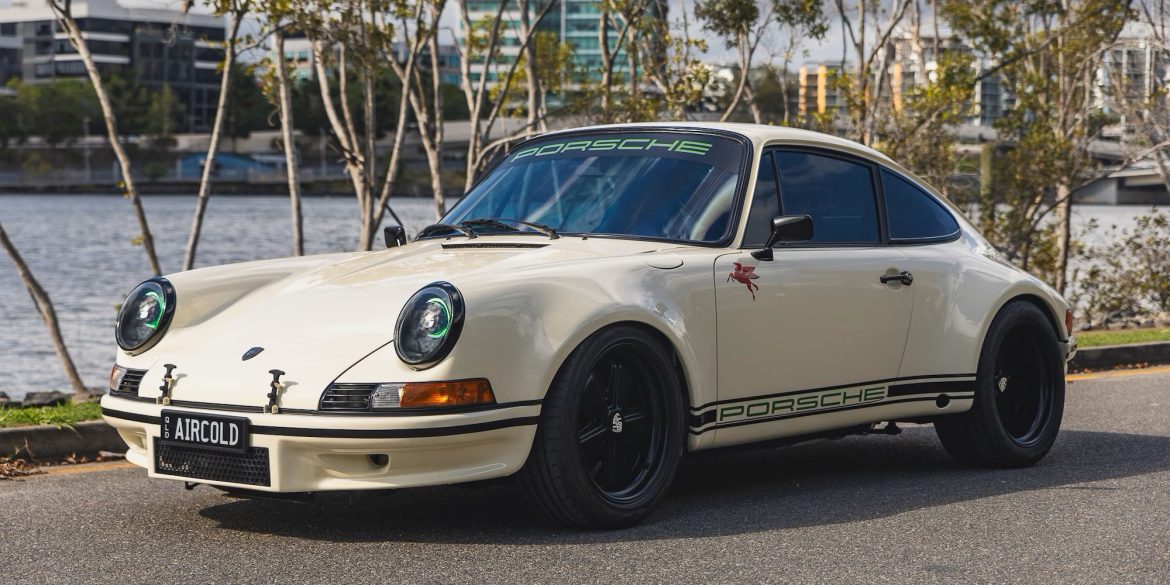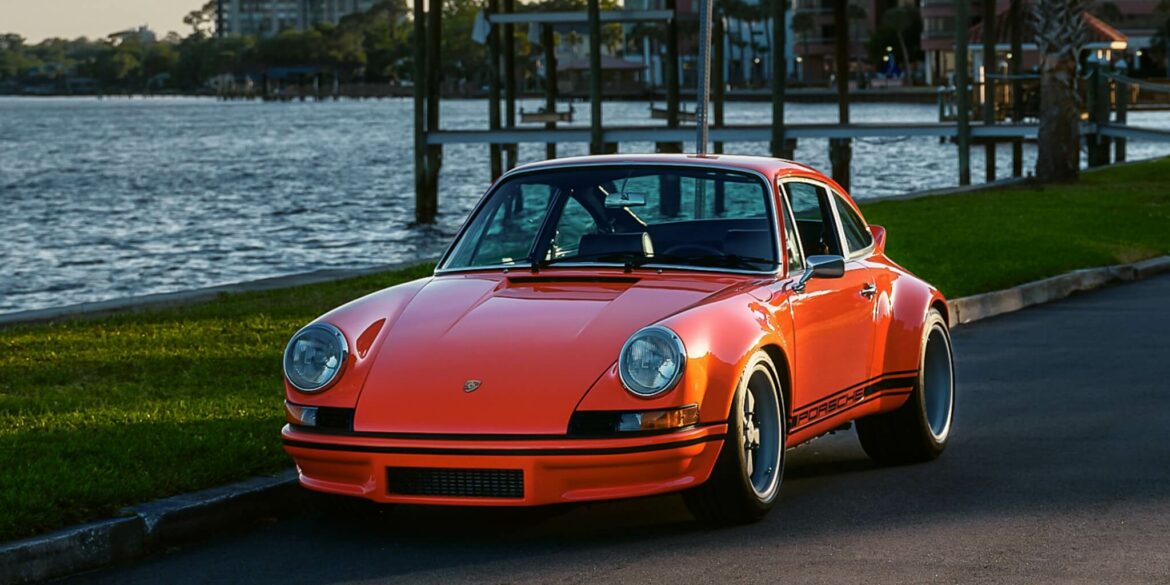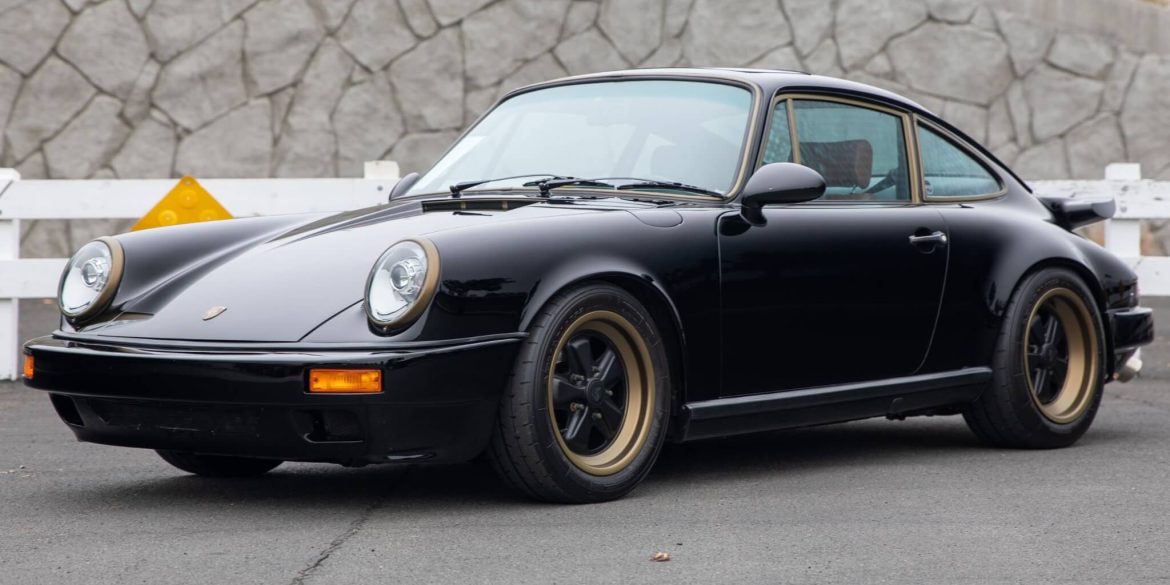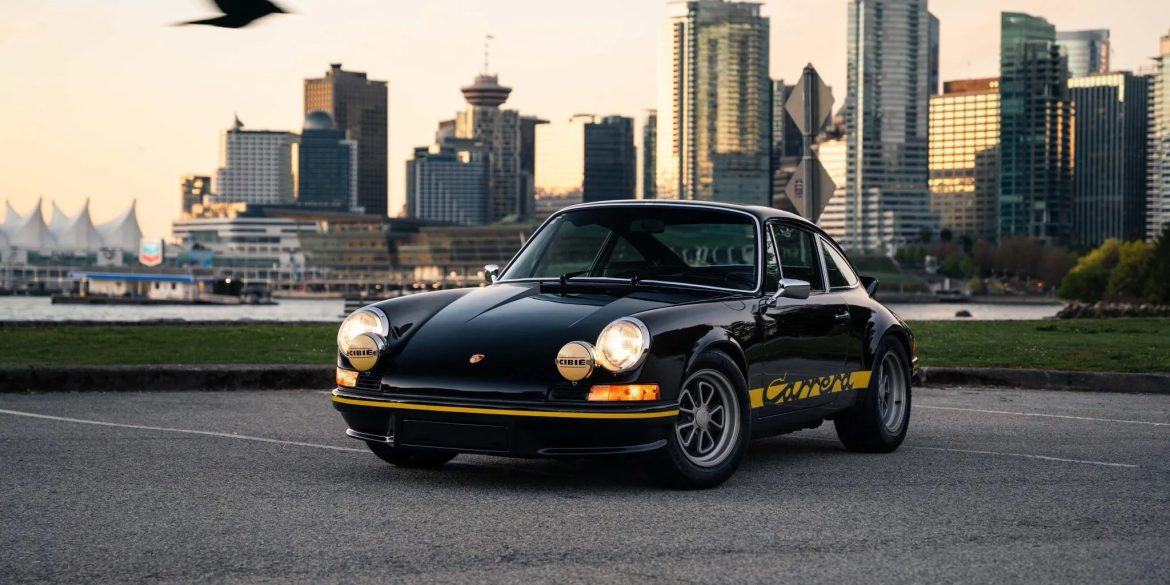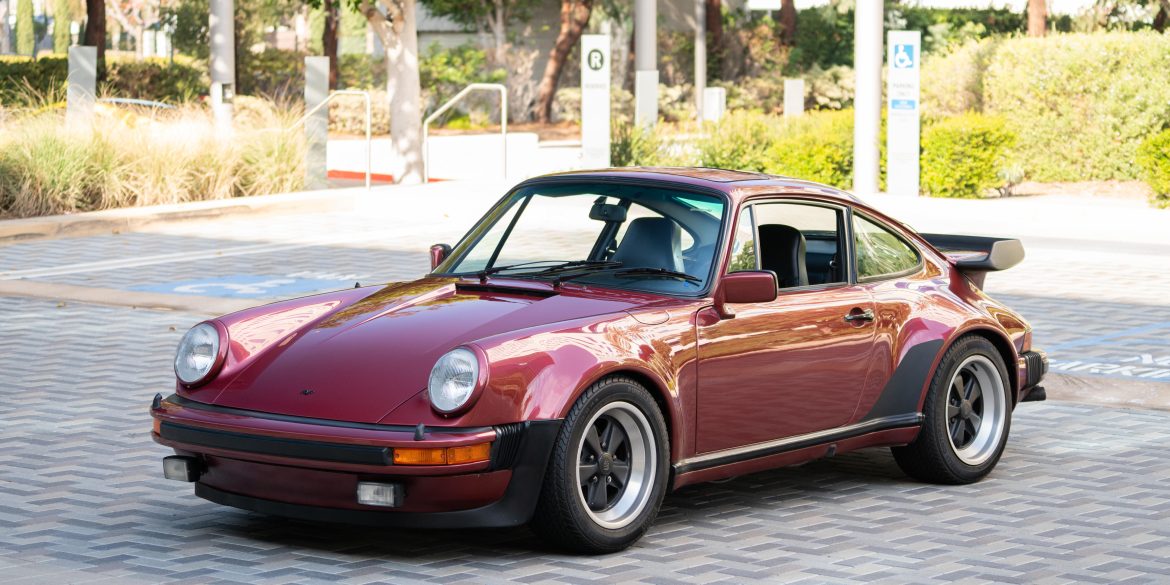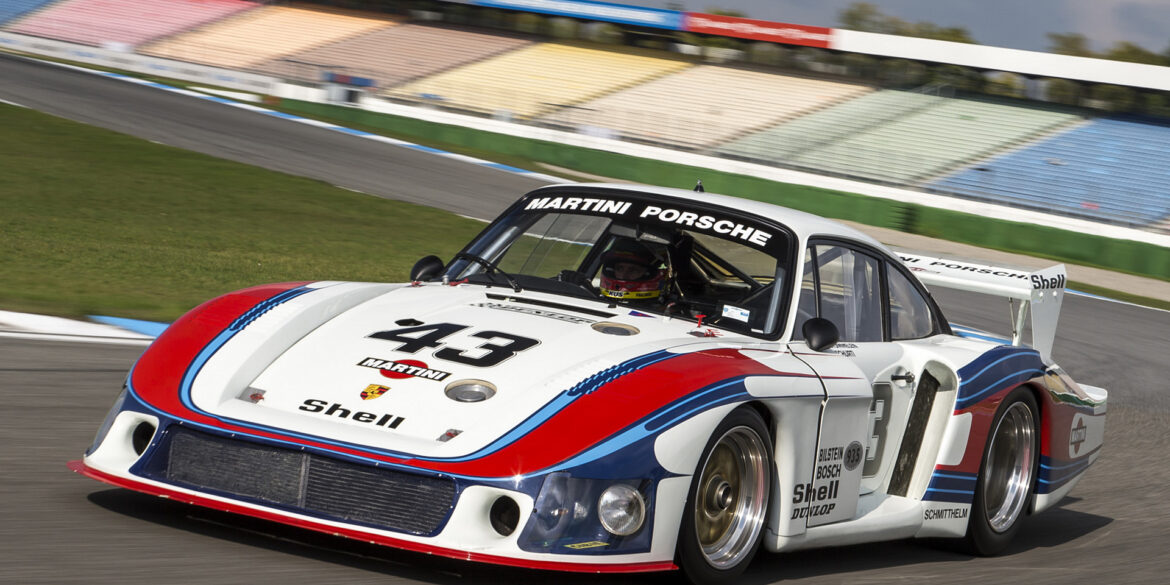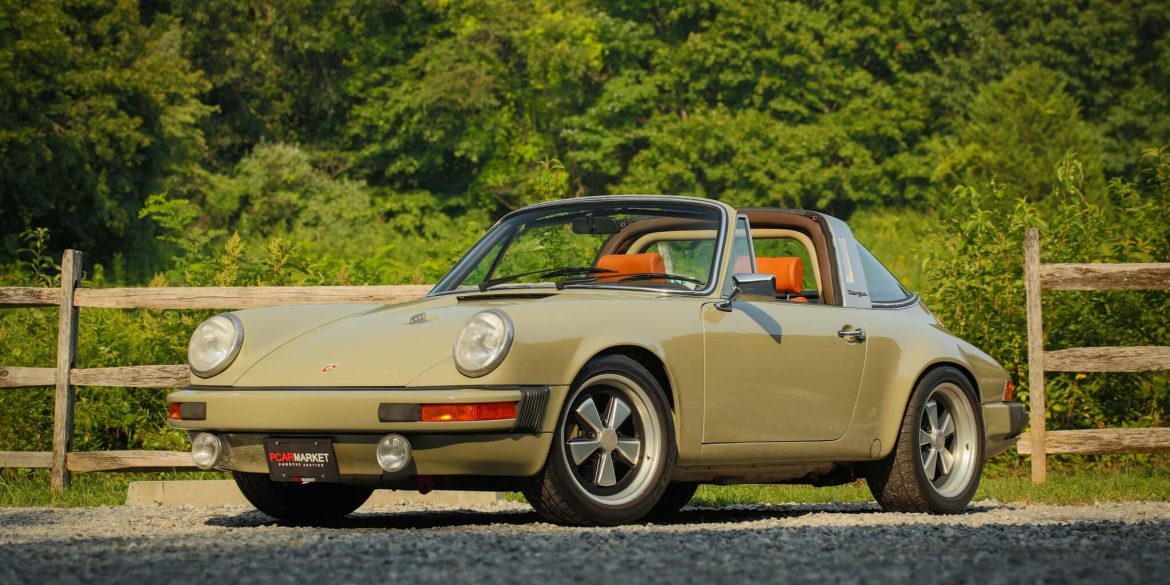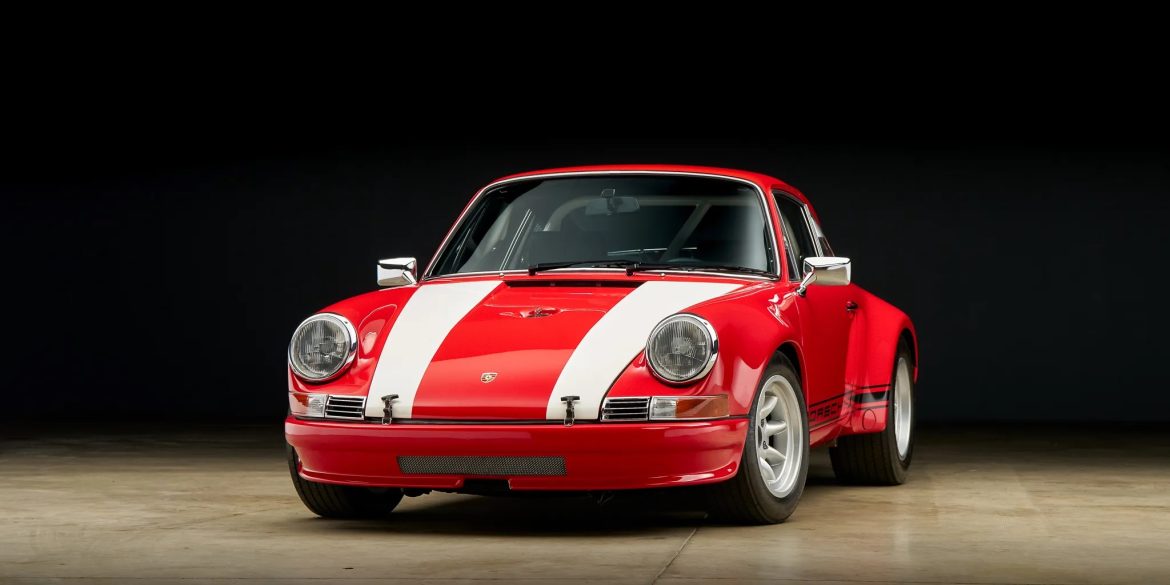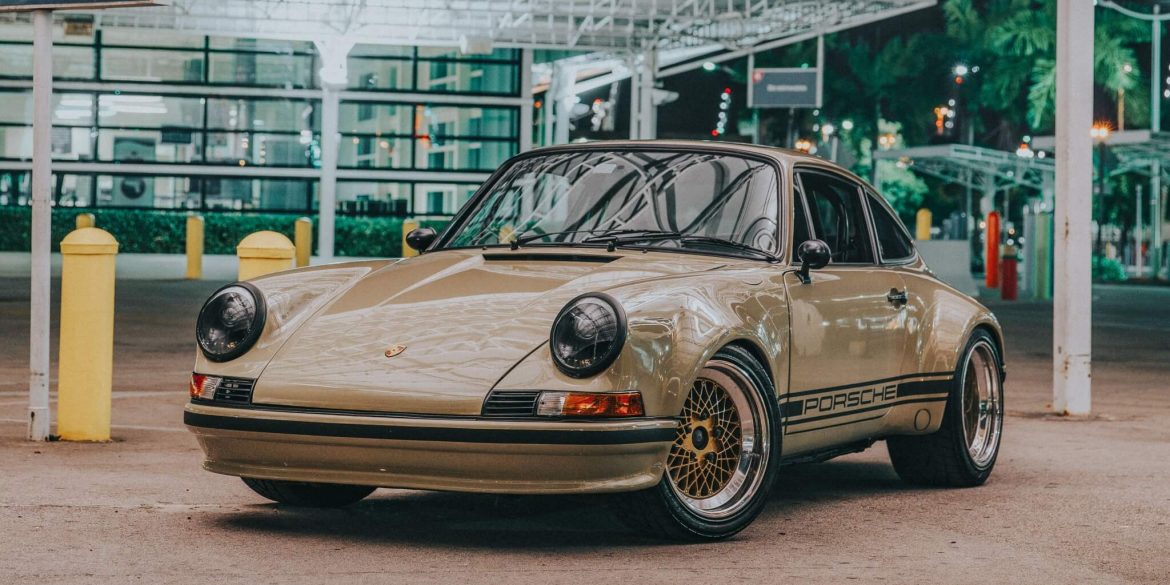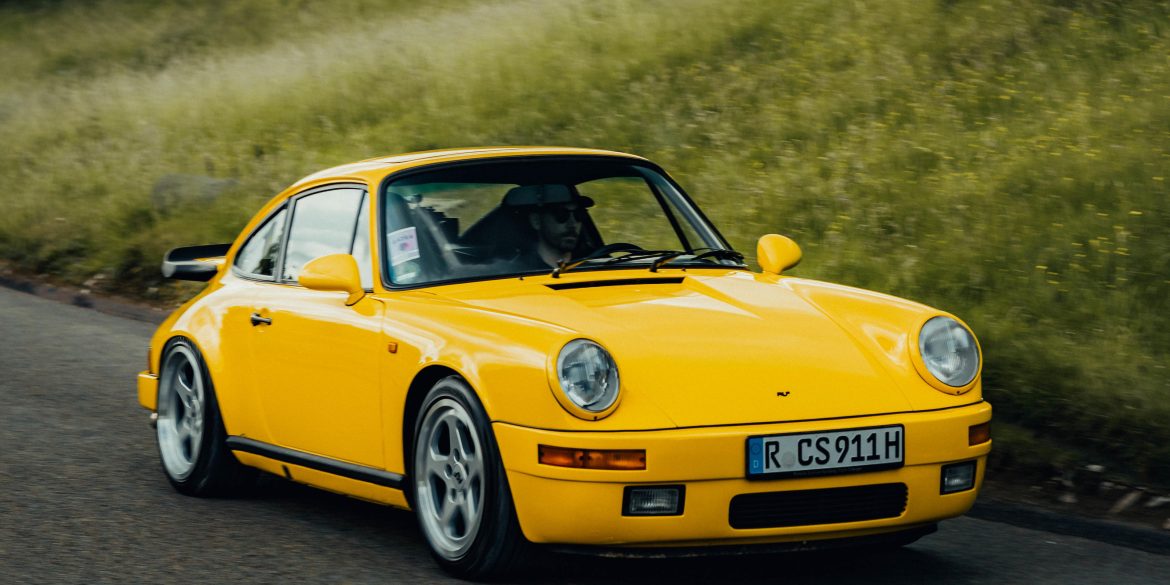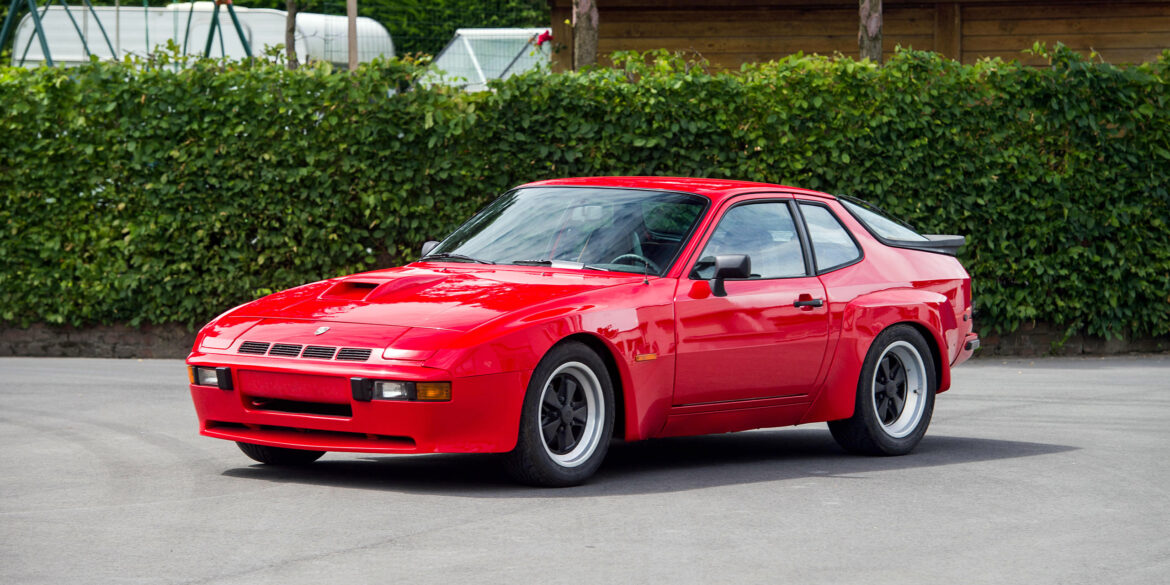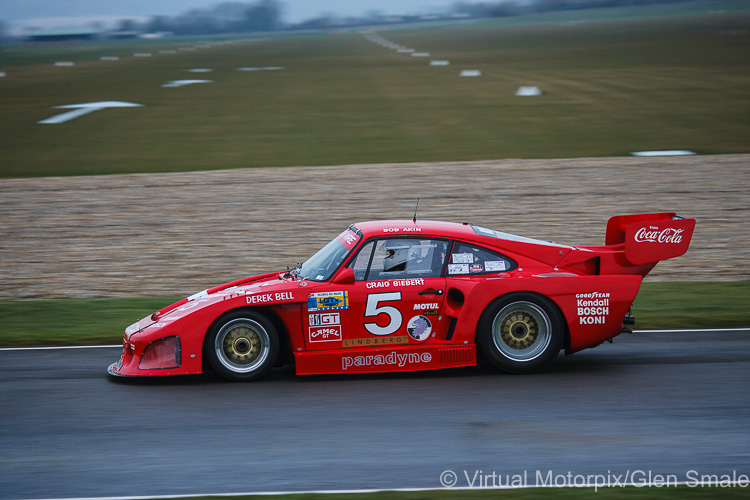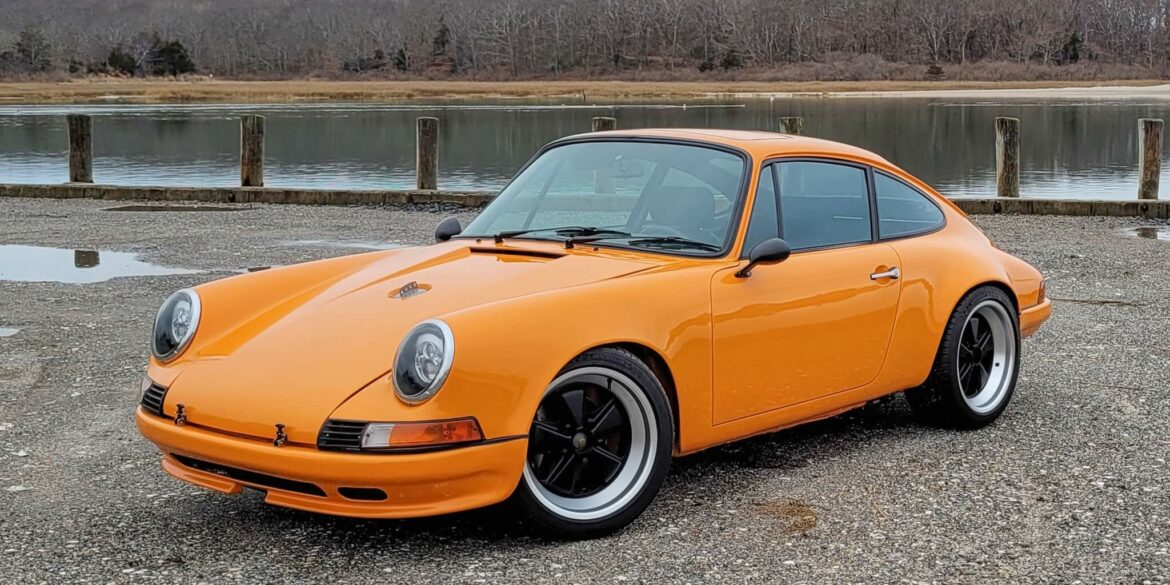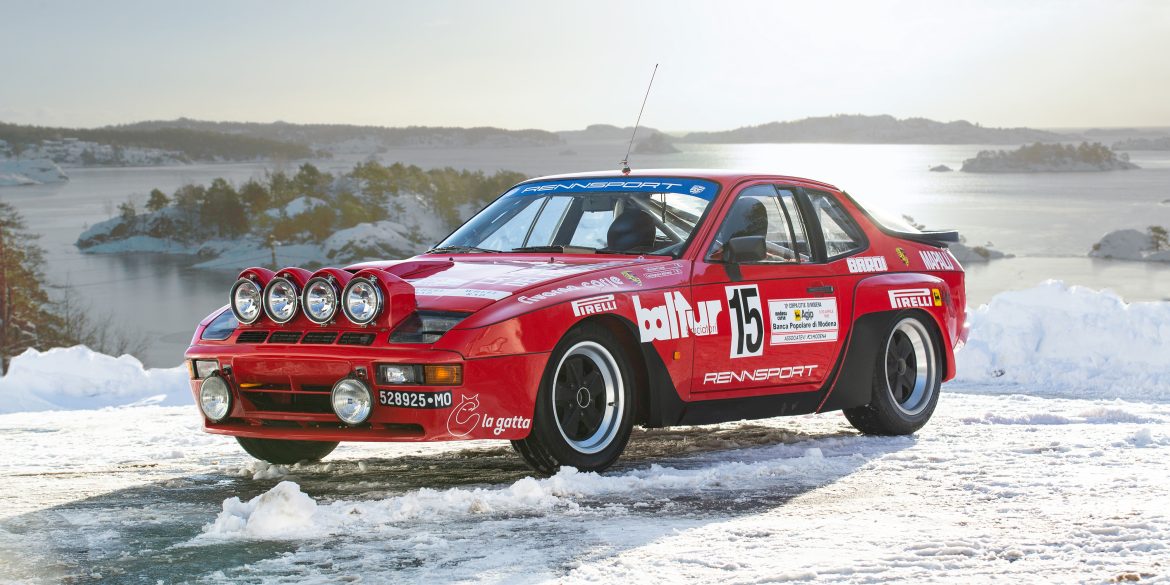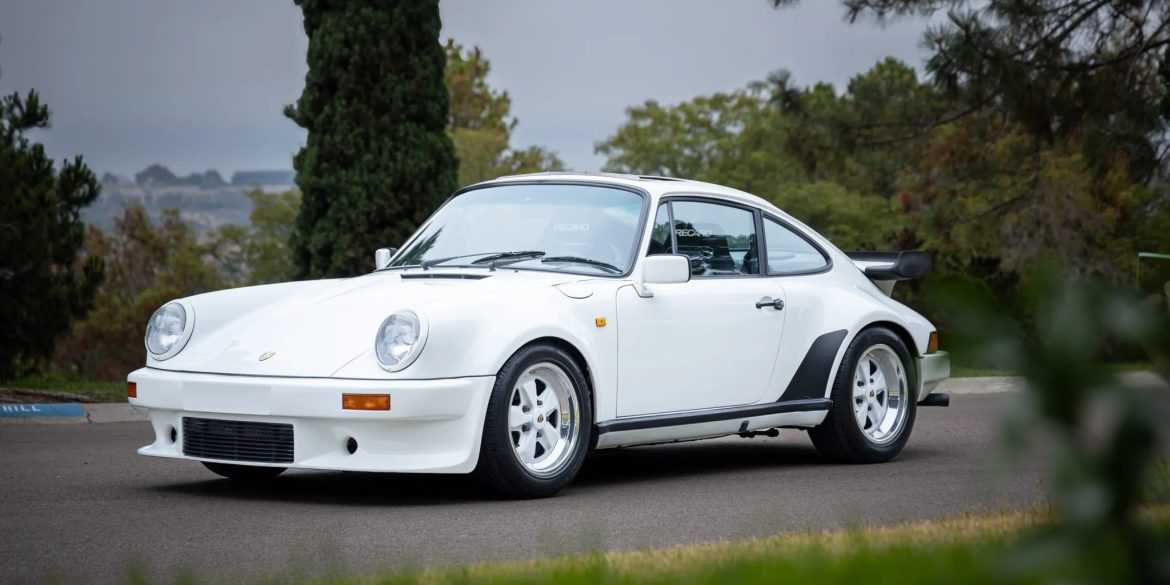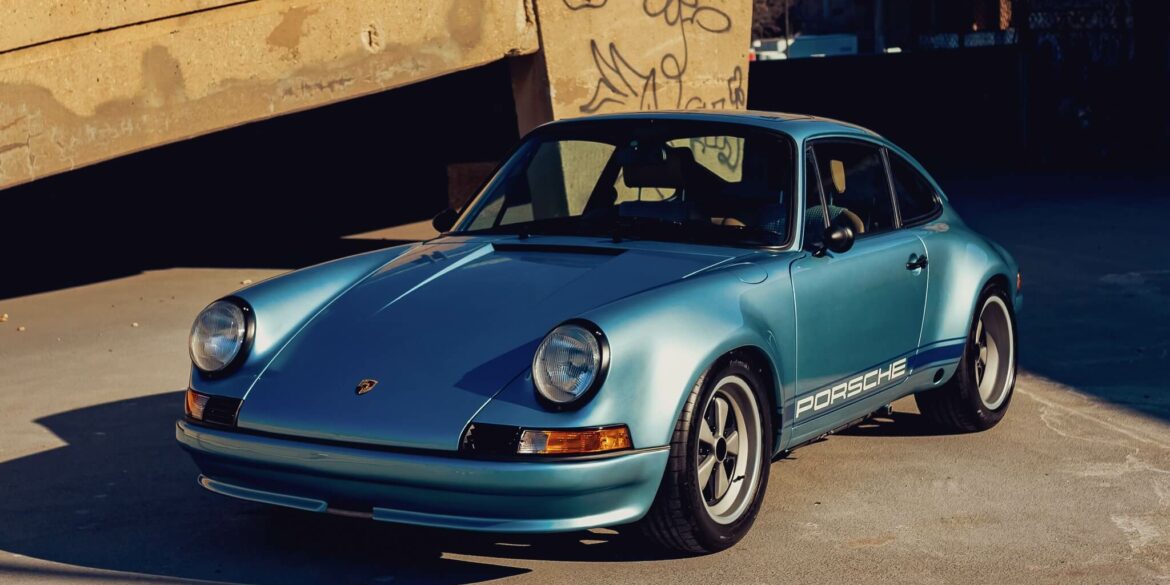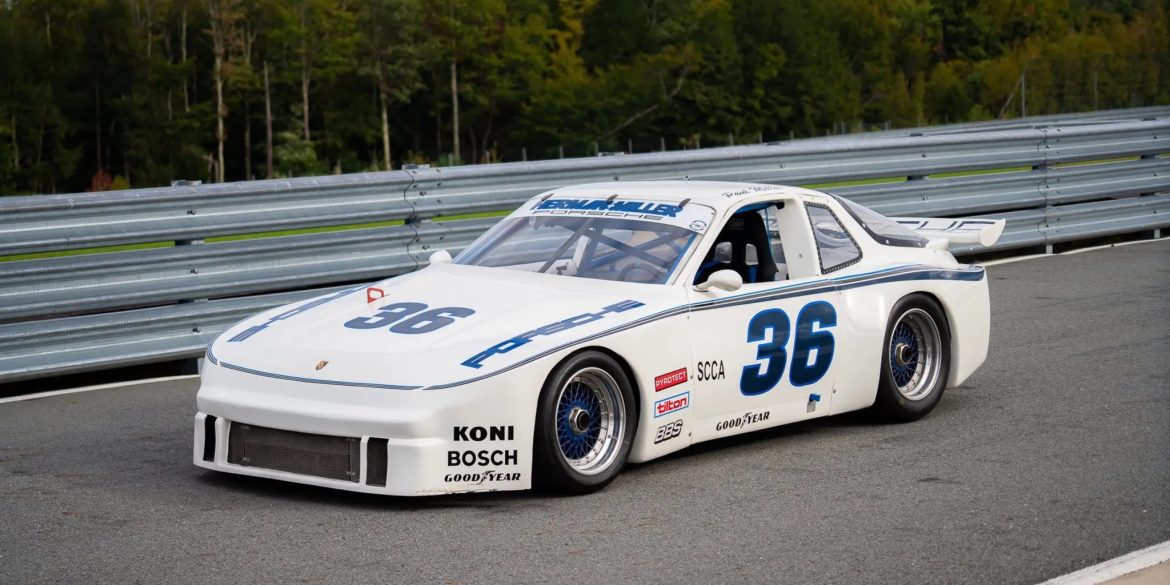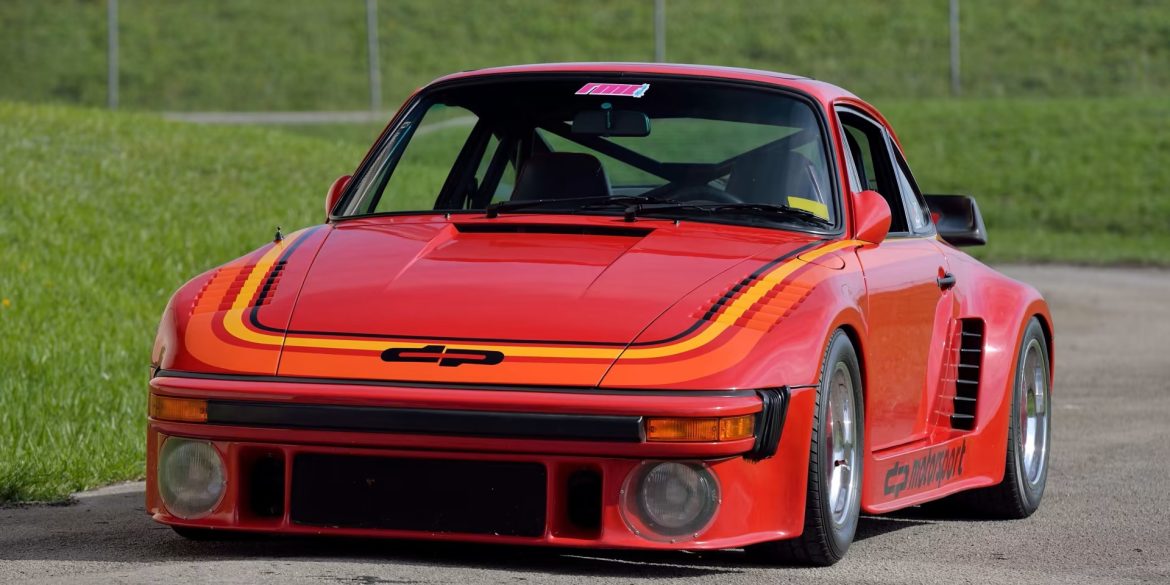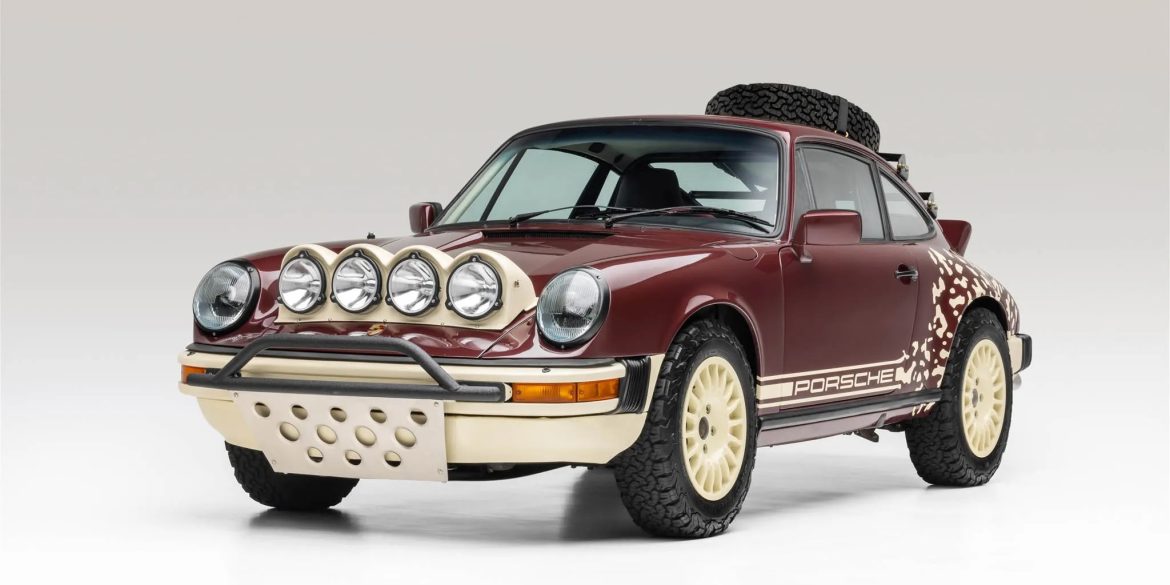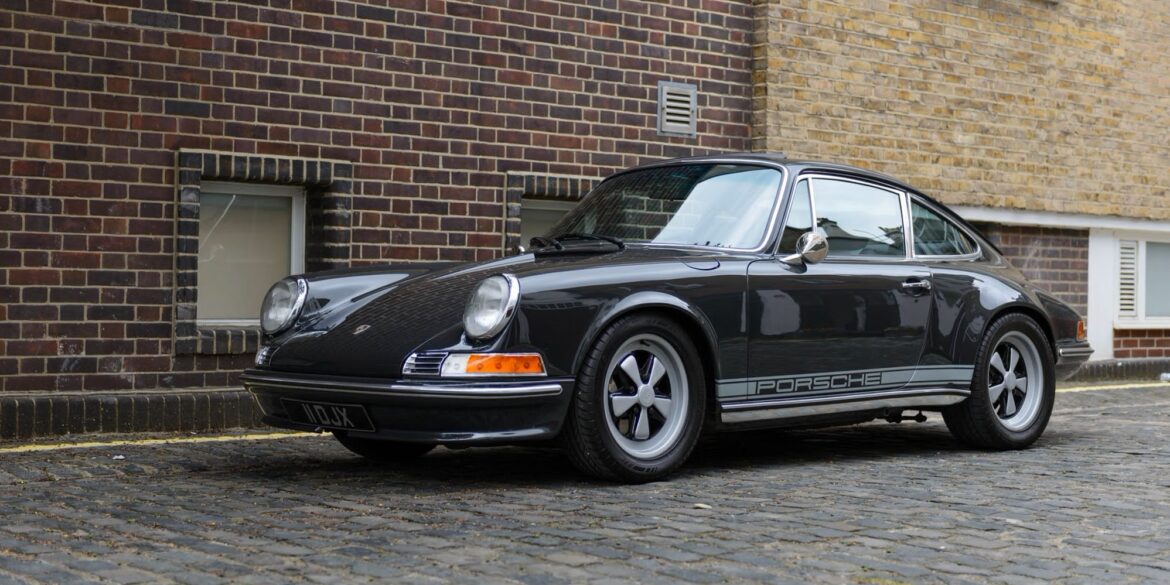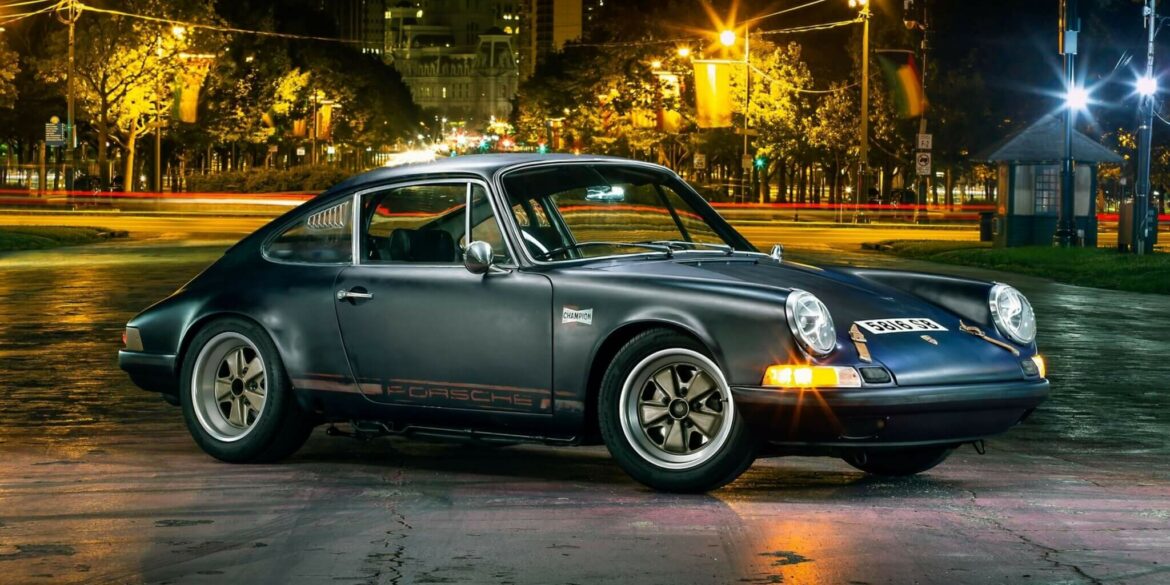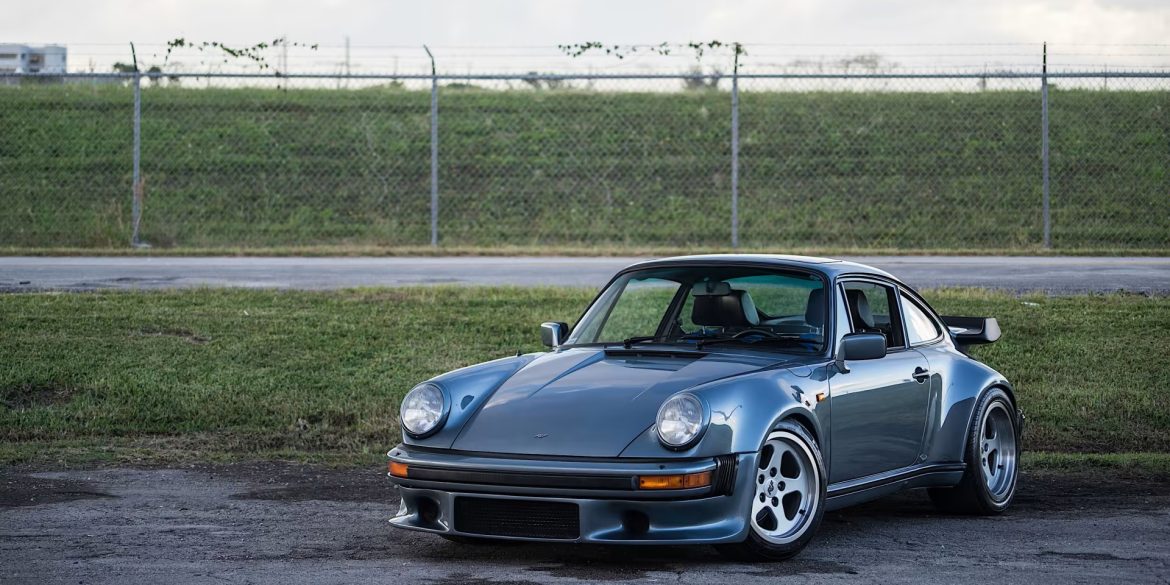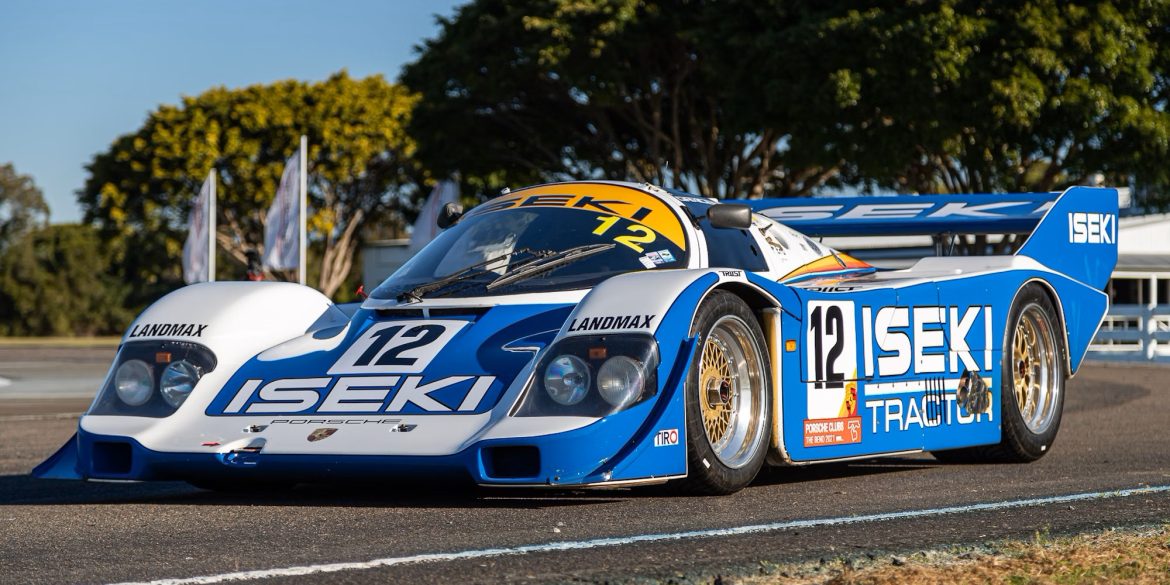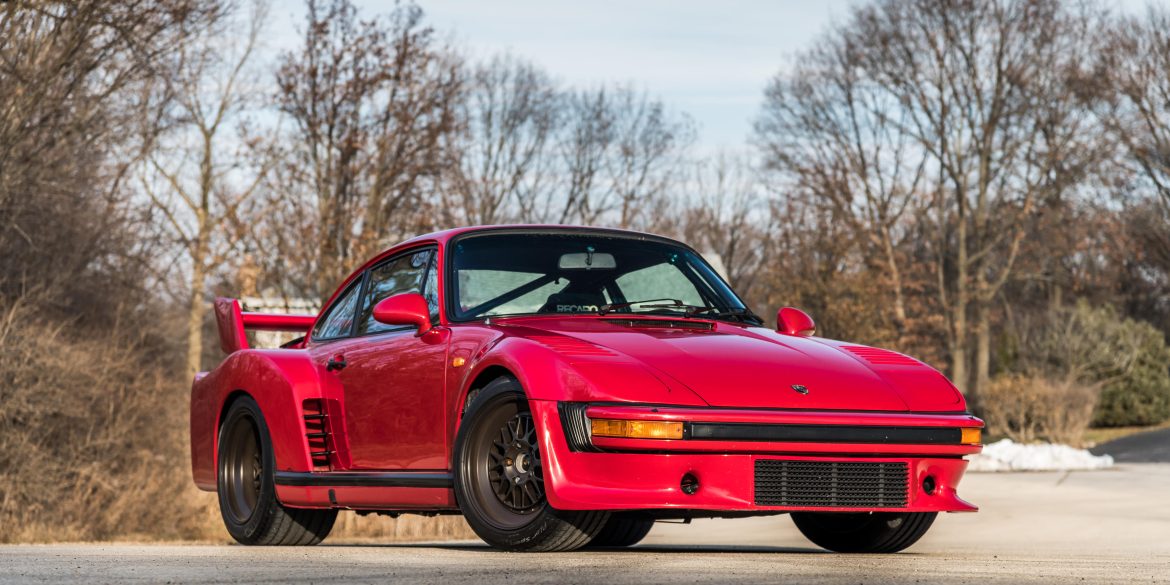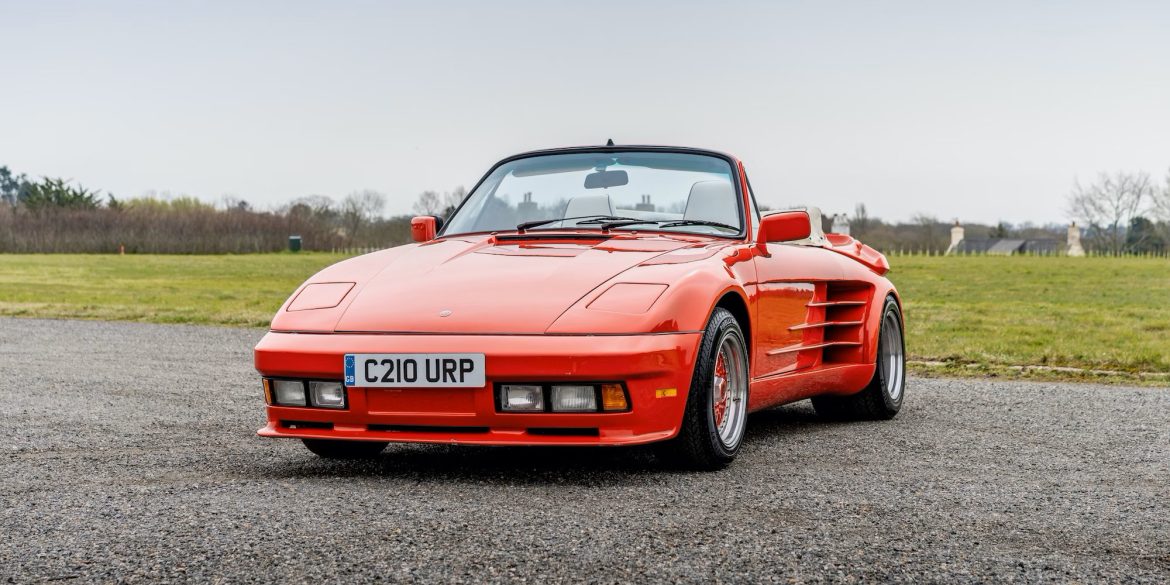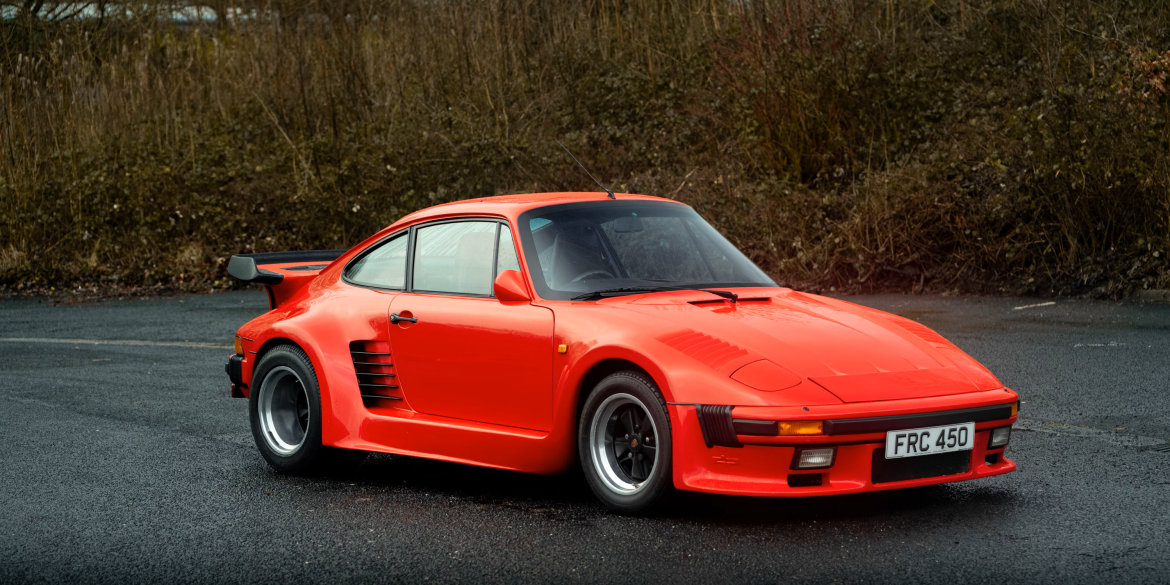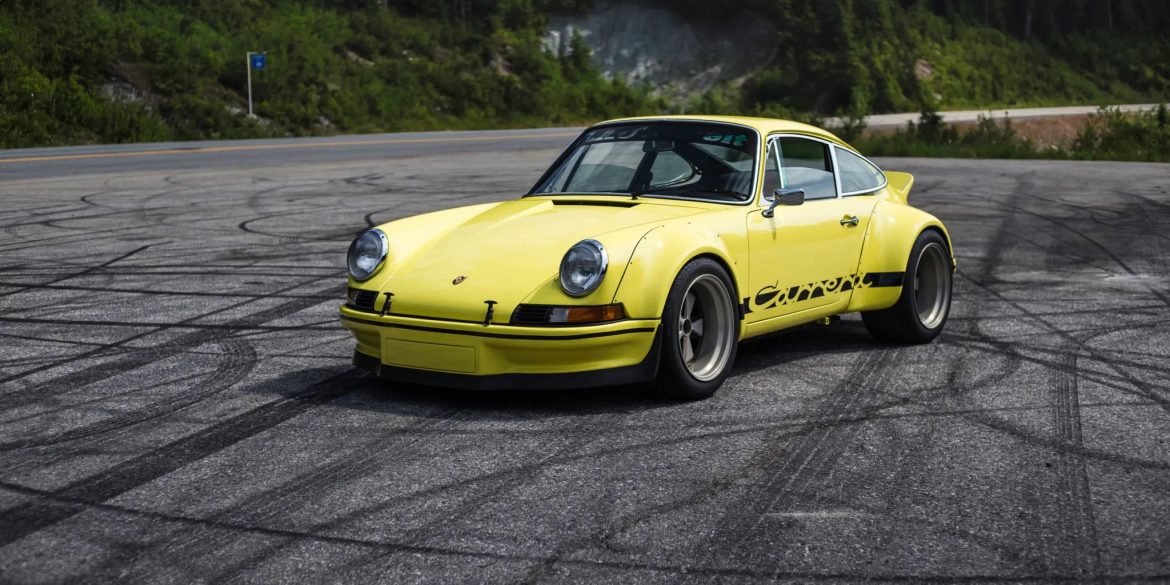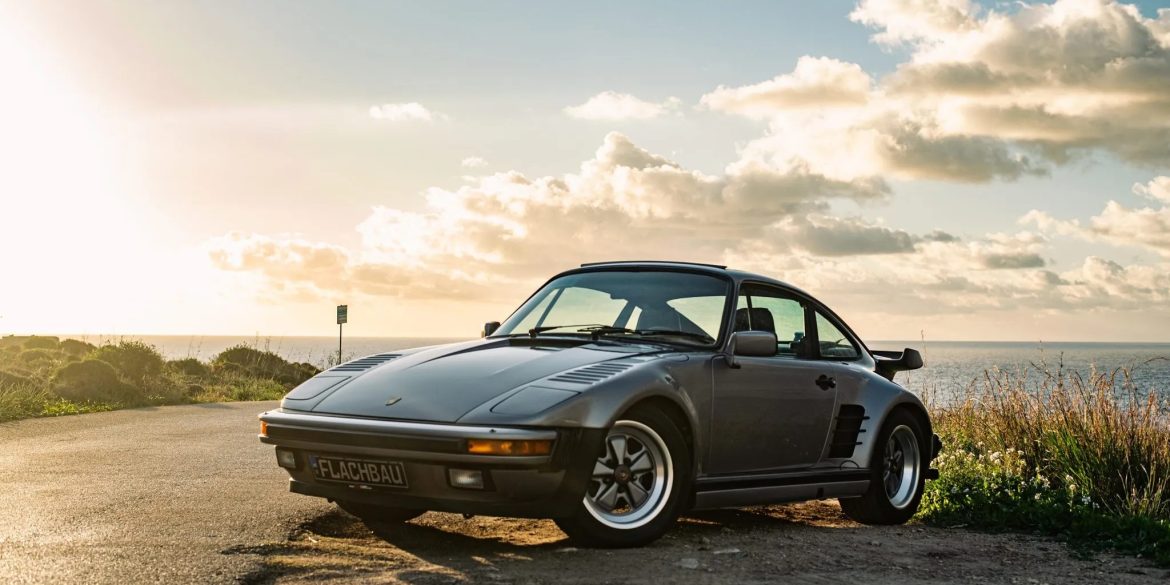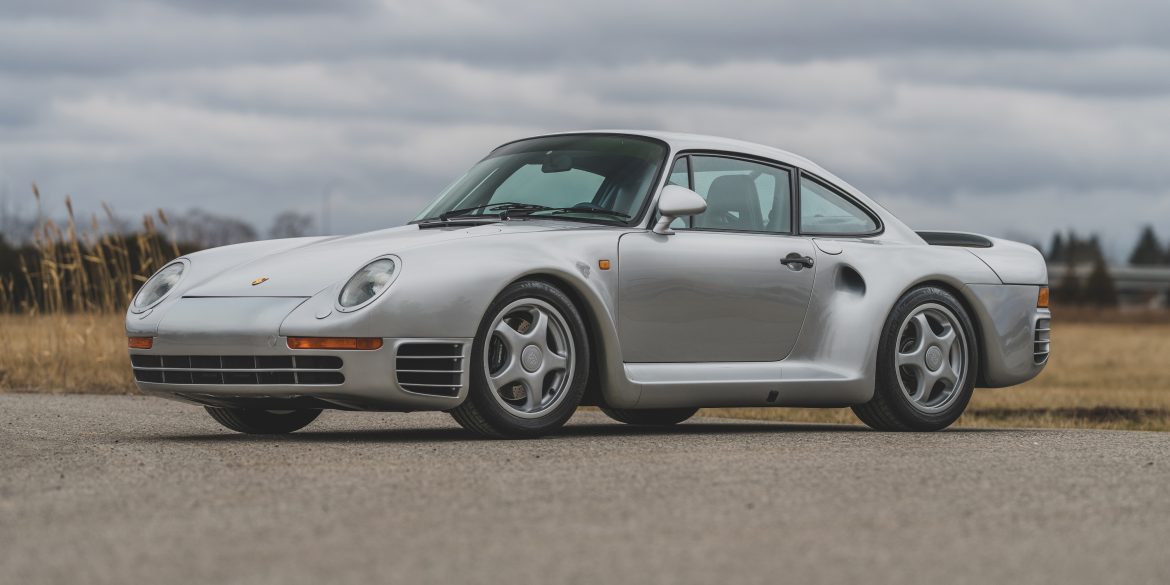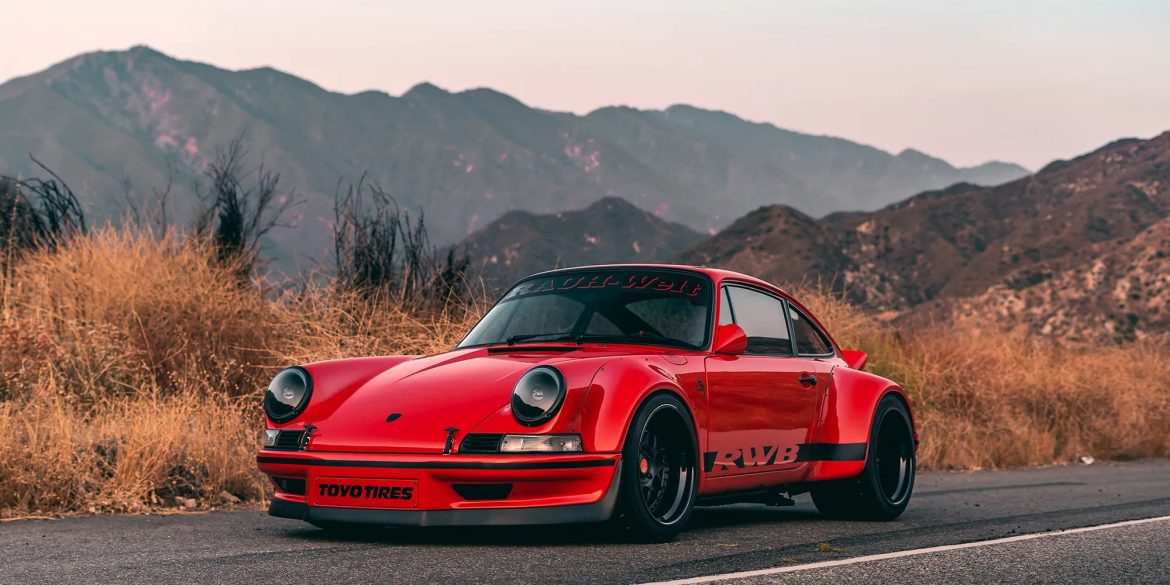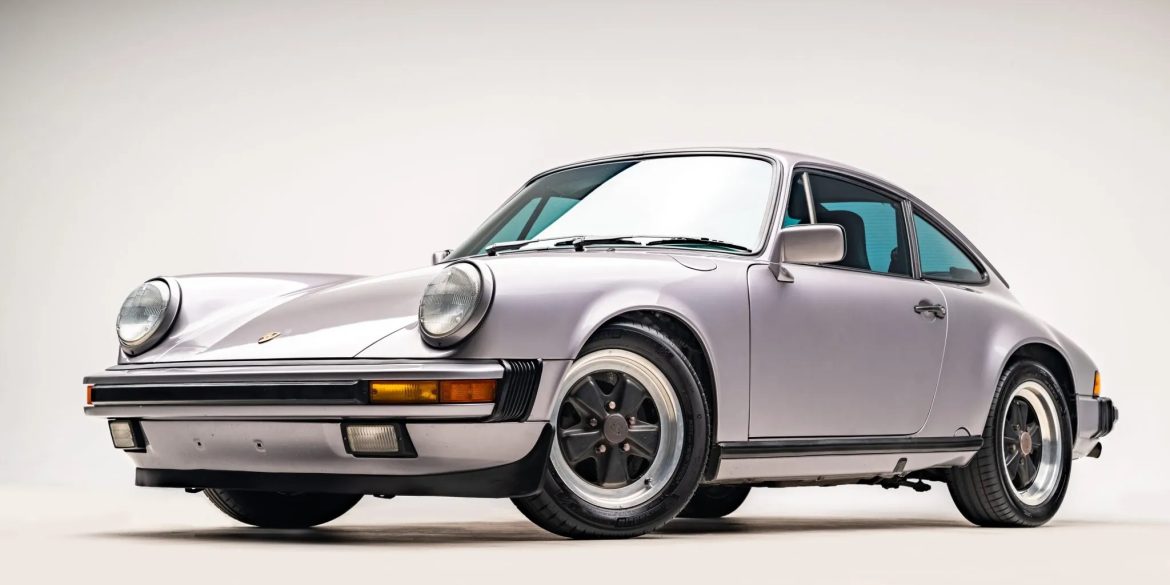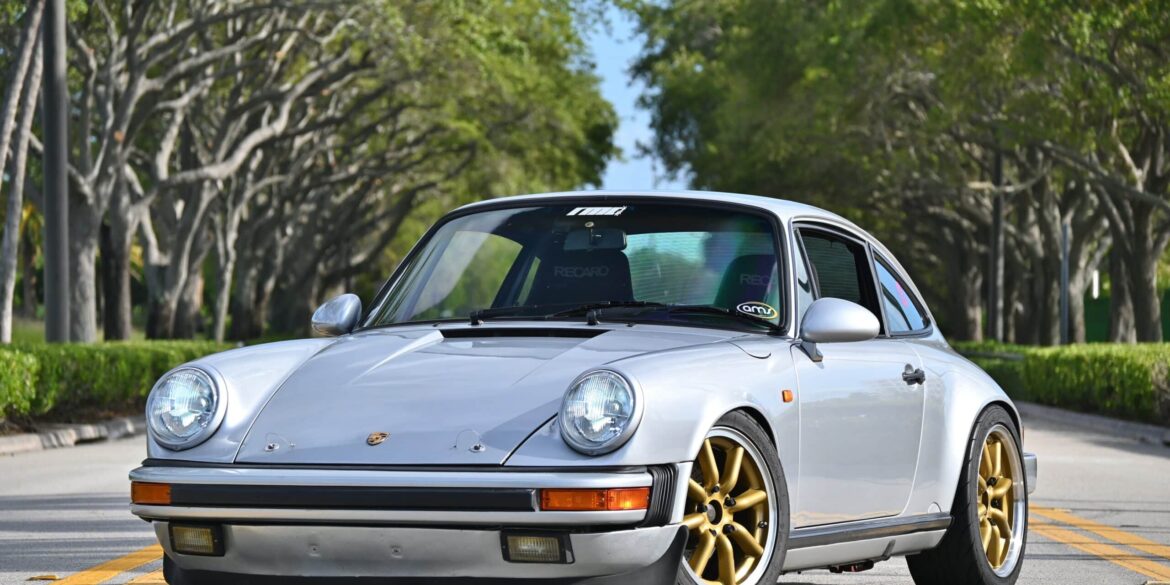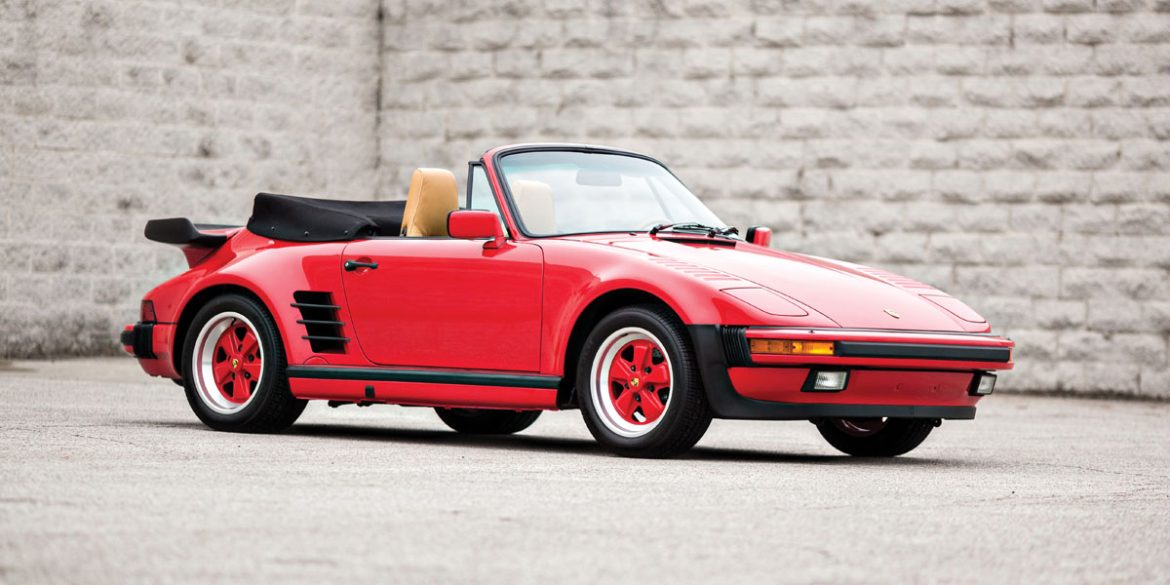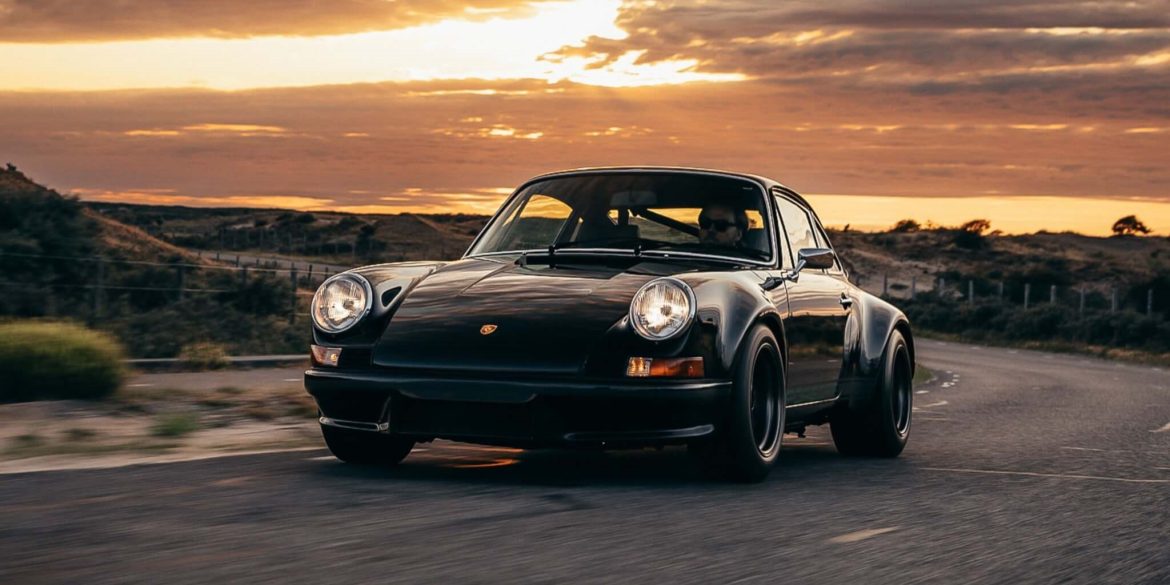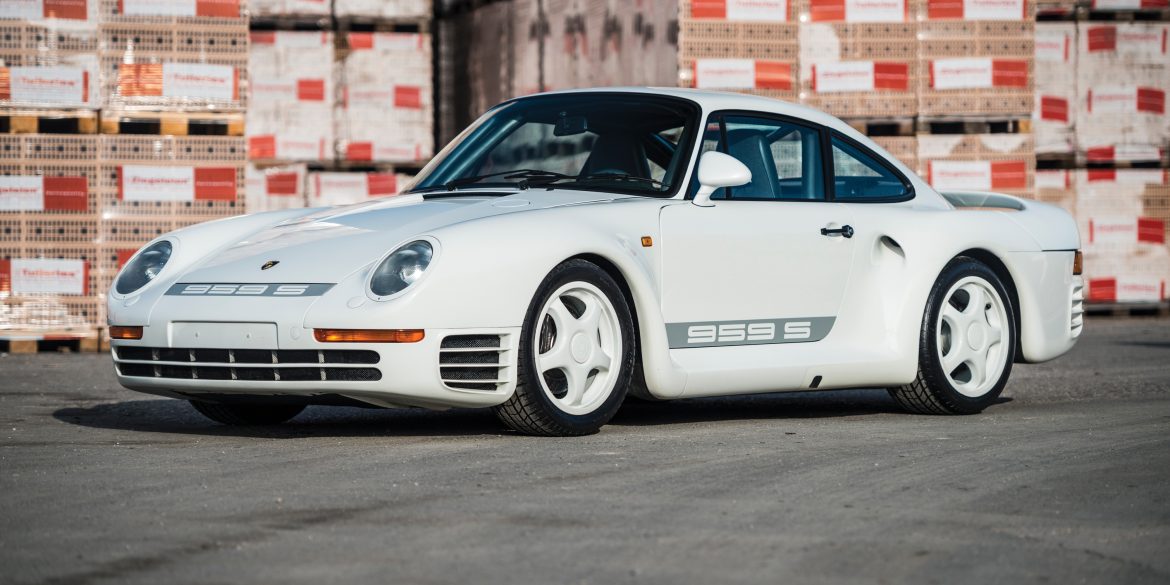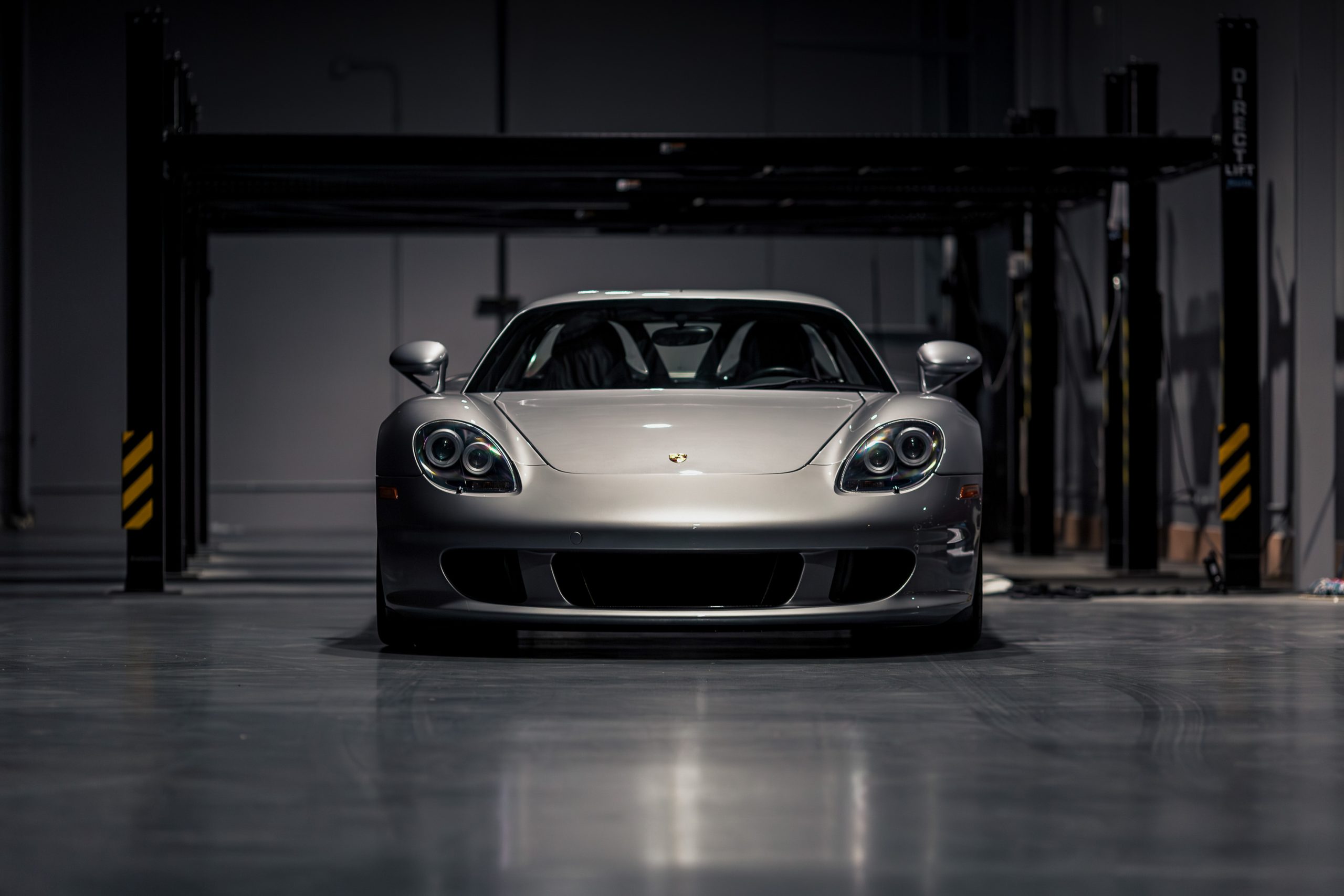The 2023 992 Carrera T is Porsche’s model for those that want nothing more than a sports car that wants, needs, begs to be driven. No distractions, just hands on the wheel, feet on the pedals, feeling the way the tires bite into the pavement as you enter a turn,...
The 993-generation Porsche 911 may have marked the end of the air-cooled era, but it also ignited a booming market for custom air-cooled Porsches. Among the leading firms in this niche is Gunther Werks, based in Huntington Beach, California, known for taking the 993 to new heights. Gunther Werks transforms...
This Swiss based 993 Turbo looks like it has some really nice touches. The perfect stance....
It is no secret that our favorite Porsche at the moment is the 992 GT3 Touring so when we stumbled on this Arctic Grey 992 GT3 Touring online, we had to share it. It was spotted at Porsche of North Houston....
The Porsche 911 GT3 boasts impressive speed right off the bat. However, for those who crave even more performance, Manthey Racing offers a kit. Manthey Racing provides a bundle of enhancements for your 992 GT3, such as customizable suspension, superior brake pads, lighter wheels, and a few aerodynamic enhancements. In...
In homage to the 1973 911 Carrera RS, Porsche used the same formula to produce a lightweight version of the Carrera 2 from the race-ready Cup car known simply as the Carrera RS. The Porsche Carrera RS, or 964 RS as it is more widely known started shipping in November...
The Porsche 916 can definitely be called Porsche’s hidden gem. The 916 is Porsche’s rarest model is in fact one of the rarest vehicles in the world today. Produced in 1971, only 11 cars of this magnificent model were made and they were all prototypes. In 1971 the designers of...
The Schuppan 962CR From 1983 forward, the Porsche 956 and its 962 IMSA spec version dominated for a decade. Porsche manufactured nearly 150 956/962s and sold many of the cars to private teams. During this period, Porsche manufactured and made available every component on the car. Due to this customer...
The Porsche 992 Turbo S is an astonishingly fast and capable vehicle that blends exceptional performance, comfort, and everyday usability, perfectly aligning with Stuttgart’s philosophy. Powered by Porsche’s advanced 3.8L VTG twin-turbocharged and intercooled flat-6 engine, it delivers 640 HP at 6,750 RPM and 590 lb-ft of torque at 2,500...
Introducing the world’s first PTS Copper Brown Metallic (kupferbraunmetallic) 992 Turbo S, which was delivered to its owner from Las Vegas, Nevada. This Sonderwunsch example is among the first batch of Paint-to-Sample Plus vehicles that were delivered to their respective owners. Copper Brown Metallic is a legendary Porsche shade that...
The man behind this 356 limousine is John Dixon who decided to create a personalized Porsche-based limousine for his daughter’s wedding. With the expertise of Don Boeke, known as “the Egyptian” at his Dayton, Ohio customizing shop, the unique 356 limousine took shape. Constructed from multiple stripped 356s, this...
The Porsche 356 was the first production car from Porsche. Earlier cars designed by the company included Cisitalia Grand Prix race car, the Volkswagen Beetle, and Auto Union Grand Prix cars, but it was the 356 that changed things forever for sports car enthusiasts the world over. Ferdinand Porsche, Sr....
This immaculate auto is in the collection of Brescia Classic Cars in Italy. It’s #48 of only 200 similar cars built by Porsche in 1954. Part of the “Pre-A” production of Porsche 356 cars produced from 1948 to 1955, the first Speedster powerplants were 1100 cc, increased to 1500 cc...
As their first dedicated sports racing car, the 550 RS Spyder was raced to Porsche’s first major victory at the grueling 1956 Targa Florio. This early success marked the arrival of Porsche’s dedicated race car program, one which went on to win more races than any other manufacturer and largely...
After Porsche decided to participate in a state tender for a light military vehicle, a complete car was engineered and built in small series, but the tender was not won by Porsche. The Porsche type 597 off-roader had a rear-mounted 1.5-liter flat-four engine, 4-wheel-drive and a special transmission with low...
Designed by Ferry Porsche, the 356 was based on the Volkswagen created by his father, Ferdinand Porsche. Like the ‘Beetle’, the 356 used a platform chassis with a rear-mounted air-cooled engine and torsion bar independent suspension. The 356 saw constant development, with its engine growing to 1.3 and then 1.5...
Introduced in late 1954, the Porsche 356 A Speedster continued as a stripped-down, affordable, sports-oriented convertible within the 356 A generation. Featuring a removable cut-down windshield, a lightweight detachable top, and side curtains instead of roll-up windows found in the 356 A Cabriolet, the Speedster embodied simplicity. Initially powered by...
The Porsche 356, designed by Ferry Porsche, was based on the Volkswagen his father created, featuring a platform chassis, rear-mounted air-cooled engine, and torsion bar independent suspension. Shortly after the release of the original 356 coupe, a cabriolet followed. In 1952, Porsche produced 15 roadsters at the suggestion of US...
The Porsche 550 was Porsche’s first production racing car. The car was completely street legal, so it could be driven to the races and back home. The 1956 version of the Porsche 550 was known as the 550A. It had a lighter and more rigid spaceframe chassis, and gave Porsche...
Emory Motorsports is a company that makes the best Porsche “Outlaw” cars. The attention to detail is stunning and there are few more beautiful machines to exist. This particular model based on a 1959 Porsche 356A is no exception to Emory Motorsports’ reputation. It’s immaculate and absolutely gorgeous. The car...
The successor to the 550 A made its debut in 1957 as the 718 RSK. Motorsport and technology were closely intertwined in its name. While the “RS” stands for “race sport”, the “K” referred to the newly developed front torsion bar springs. They were arranged in the form of a...
For decades, Porsche has established itself as a renowned car manufacturer, celebrated for its adaptability and agility. It has consistently catered to the desires of racing enthusiasts and discerning clients by creating special versions of their beloved cars. During the early 1960s, the 356s were no exception to this tradition....
Despite being made for the small engine displacement classes, Porsche nearly won the 1960 Manufacturers Championship with the RS 60. These purposeful racers featured 1.5, 1.6 or 1.7 liter engines in a low and lightweight chassis. They always won the 1.6 liter class, but typically raced in and among the...
The 1961 Porsche RS was one of the last Spyders made by Porsche that used the potent 4-cam engine. It was a successor to the 1960 RS60 which was a highly developed version of the original 550 RS Spyder. These diminutive racecars excelled on the tighter courses like the Targa Florio which was...
Porsche’s Type 904 was officially called the Carrera GTS because Porsche and Peugeot were still in their bitter disagreement over numeric designations with “0” in them. The Porsche 904 succeeded the RSK Type 718 as the last sports-racing iteration of the 356 series. It was also the last full-competition Porsche...
West Coast Customs has dramatically transformed this Porsche into a fusion of contemporary performance and the timeless body style of a 356. Using a 2008 Porsche Cayman as the base, the project involved removing a 9-inch section from the chassis to accommodate the shorter-wheelbase 356 Coupe body. The original Cayman...
The Porsche 906 or Carrera 6 was the last street-legal racing car from Porsche. A total of 65 were produced in 1966, allowing the model to be homologated for FIA’s new Group 4 Sports Car category although the 906 would also compete in modified form in the Group 6 Sports...
The Porsche 910, also known as the Carrera 10, was introduced during the summer of 1966 and raced through 1967, continuing the company’s assault on international competition. It was similar to the preceding 906, including the spaceframe chassis, but with suspension, changes to accommodate the smaller 13-inch magnesium wheels. The...
With between 200 and 270 horsepower and weight around 420 kg, Porsche’s lightweight 910 Bergspyder was extremely nimble and well-suited to dominating mountain roads. In 1967 and 1968, the Porsche 910/8 Bergspyder was the dominant force before the 909 came along. Technically, the Porsche 910 Bergspyder was state-of-the-art, featuring materials...
Based on the 911 S, the 911 R was produced by Porsche to compete in the FIA’s GT 2.0 category. To make it competitive, the 911 R was powered by a flat-six engine, Type 901/22 from the Porsche 906, capable of 210 hp. It went on a diet too, with...
When Porsche introduced the 911 series, it was clear the new six-cylinder model needed to compete in motorsports. While Porsche focused on European events, privateer teams brought the 911 to the U.S. Despite winning the 1966 SCCA D Production National Championship at Riverside with a 911S, Porsche struggled to win...
The 911 S was introduced to increase the performance potential of the very successful 911. It had a more powerful engine along with a number of chassis enhancements that made it very desirable. The 1966 2.0 S was the first high performance 911 variant and it came just two years...
Introduced in 1966 to enhance the performance capabilities of the already successful 911, the 911 S boasted a more powerful engine and several chassis improvements, making it highly coveted. The 1966 2.0 S was the first high performance 911 variant and it came just two years after the first 911...
This 1967 Porsche 911S coupe was transformed into a 911R-inspired racer in 1991 by Gary and Rod Emory of Parts Obsolete in Costa Mesa, California. It has since been actively participated in HMSA, CSRG, VARA, SOVREN, HSR, and HSR West events. The vehicle showcases 911R-style fiberglass panels and is painted...
Thanks to the launch of its modern 911 R, the original Porsche 911R has been thrust firmly back into the limelight over the last few years. Developed by Ferdinand Piëch, it was the first time Porsche had built a 911 purely to go racing with. However, the original 911 R wasn’t built in great enough...
This 1968 Porsche 911L Coupe, refinished in its original Tangerine color by SOS Customz in Oceanside, CA, received numerous modifications. Fiberglass 911R-style bumpers, taillights, center-fill hood, fenders, and quarter panels were added, along with blue side stripes, hood tie-downs, a Talbot-style mirror, louvered rear quarter windows, Lexan side windows with...
Only two of these prototype 914-8 supercars were ever built making them some of the rarest Porsches ever built. The first model was built for Ferdinand Piëch himself who used the full-fledged Flat-8 racing engine producing 350 horsepower. The second was built for Ferry Porsche as a 60th birthday gift. Ferry’s 914-8...
The 908/3 prototype was built for the sole purpose of winning the Targa Florio and Nürburgring legs of the world Championship. The 908 specialized in lightweight design through the use of a 48 lbs titanium space frame and 26 lbs body. Known as the Porche miracle by Italians, the 908/3s won...
This 1970 Porsche 911 is a one-of-a-kind creation commissioned by Orbit Racing for a complete RSR/outlaw-style restoration, resulting in an uncompromising custom build. The car has undergone a full refinish, now sporting a modern Audi color of Nardo Grey with black trim pieces, creating a monochromatic look. The 911 boasts...
This 1970 Porsche 911 S, originally used in SCCA/Team Continental autocross and track events, was upgraded to RSR specifications by Porsche expert and original R-Gruppe member Gordon Ledbetter. The car was refinished in Signal Yellow and over the past 30 years, Ledbetter and his wife have raced it in PCA,...
With the aerodynamic instability of the 917 in the 1969, two separate configurations were used in 1970. These were the short-tail Kurzheck version and the less common Langheck or long-tail. Most of the 917’s accolades were achieved by the 917 Kurzheck, leaving the Langheck a less popular, but ultimately just...
The 917 Kurzheck Coupé (917K) first appeared in 1970 and contributed more to the Porsche 917 story than any other variant. It was a high-down force version that featured a cut-off tail for increased downforce. This reduced the cars top speed, as much as 30 mph, but it helped the Porsche win...
This is the Porsche that most fans had no idea ever existed. It was a one-off concept known as the Porsche Tapiro and it was designed by the famous Giorgetto Giuigaro of Italdesign. This car was a combined Volkswagen/Porsche exercise and was based on a Porsche 914/6 chassis and used...
This 1971 Porsche 911 T Lightweight ‘Outlaw’ is a stunning classic sports car that has been tastefully ‘resto-modded’ with various performance, cosmetic, and weight-saving enhancements. Originally finished in white, it now boasts an elegant Stone Grey exterior and a Cognac leather-trimmed interior with perforated inserts on the dashboard and door...
This 1972 Porsche 911 ‘Special’ is a custom creation inspired by the early 1970s S/T model by Tuthill Porsche. Beneath the engine lid is a 2.7-liter air-cooled flat-six to Carrera RS specification, fueled by Weber carburetors and paired with a five-speed manual transmission. Upon arrival at Tuthill, the car featured...
The Porsche 911 ‘STR II’ is a custom creation designed by the renowned Magnus Walker. It pays tribute to the late 1960s Porsche 911R and the early 1970s Porsche 911 ST models. This unique build incorporates high-quality components from brands like Elephant Racing and Bilstein, while incorporating authentic period-correct details....
This Porsche began life as a 1981 911 SC sunroof coupe before it was modified with a custom backdated bodywork finished in Sport Classic Grey with gold accents and features a 1972-style oil filler door, a vented decklid and valances, and a through-the-hood fuel filler. The 3.0L flat-six engine and...
After claiming two Le Mans victories with the iconic 917 Kurzheck, Porsche’s Weissach engineers converted it into a Group 7 contender by 1973, boasting over 1000 bhp. The result was the L&M Porsche+Audi 917/10, driven by George Follmer and backed by Penske, which triumphed in the 1972 Can-Am Championship, outshining...
Revealed at the 1972 Paris Auto Salon, Porsche revived the Carrera name for its top-tier 1973 911 model, the Carrera RS (RennSport). Initially intended as a limited edition for Group 4 GT racing, requiring at least 500 units, the high demand led to an extended production run of 1,590 units,...
Revealed at the 1972 Paris Auto Show, the Carrera 2.7 RS was a special model used to homologate the 911 in Group 4 racing. Developed from the 911S, the 2.7 was more potent in almost every area. Compared to the standard Carrera, the car featured a 2.7-litre, fuel-injected, air-cooled, six-cylinder engine with...
Most Porsche fans know little about this epic wide-bodied 911 based race car. While the iconic 2.7 RS is every fan boys dream car, the RSR is the whole reason for the RS’s existence in the first place so we are dedicating some space here to tell you all about it. Introduced in...
The ultimate expression of CanAm’s unique sky’s-the-limit approach to technical regulations, this 1200bhp twin-turbo monster was a sensation, rubbing salt into the opposition’s wounds by totally dominating the 1973 season after its predecessor. The Porsche 917/30 was a derivative of the 917/10 and it was the first real turbocharged racing car developed to...
In 1974, Porsche offered a high performance fuel injected Carrera specifically for the European market. These were close to 2.7 RS specification and are often referred to as the 2.7 or Euro Carrera. The Carrera 2.7 MFI used the 210 hp RS 911/83 engine with Bosch mechanical fuel injection pump...
In 1973, Porsche introduced the legendary 911 RS in response to the realization that the weight of its top-tier 2.4-liter 911S production model limited its racing potential. To address this, Porsche created and homologated a special lightweight variant for competition. This resulted in the 1973 Carrera RS (RennSport), which used...
The 1974 Porsche 911 Carrera RS 3.0 stands as the ultimate evolution of the naturally aspirated Porsche 911 designed for competitive purposes. It integrates insights gleaned from its predecessors in the 911 lineage and incorporates features reminiscent of the dominant Porsche 917. In its street configuration, the 3.0-liter six was...
From 1974 to 1976, Porsche introduced a limited number of high-performance lightweight Carreras, exclusively for the European market. Known as “Euro Carreras,” these cars were equipped with the famous Type 911/83 2.7-liter engine, producing 210 horsepower with Bosch mechanical fuel injection (MFI) – the same engine that powered the iconic...
The Carrera RSR 3.0 is one of those rare and super-special Porsches, and one of the most successful Group 4 racing cars ever. Today, the Carrera RSR models rank among the most sought after of all Porsche 911 variants. The Carrera RSR 3.0 was made in small numbers for racing. For the privateer in...
Originally from California, this 1975 Porsche 911S underwent a remarkable transformation. Acquired in 2014, it was customized into a backdate 911 with classic long hood styling. The modifications include steel RS fender flares, the removal of the sunroof, custom wheels, and an upgraded interior featuring a bolt-in roll bar, leather...
This 1975 Porsche 911S was customized by Patrick Motorsports of Phoenix, Arizona with a range of modifications, including widened steel fenders, a backdated-style hood, RSR-style bumpers, and a custom rear decklid with an integrated ducktail spoiler. The car boasts a blue finish with tan leather interior and body-color houndstooth accents....
The 930 Turbo with its 3.0 L turbocharged flat 6 was the fastest production car in the world at the time of its launch and it was the flagship of the Porsche carmaker. It was hard to drive and became known as the Widowmaker, with a mystique and speed that...
The Porsche 934, first introduced in 1976, was the Group 4 GT race version of the Typ 930 Turbo road car. Group 4 in 1976 rules insisted that four hundred 930 Turbo road/street cars must have been produced in two consecutive model years. This is what the Porsche factory had done...
The 934, introduced for the 1976 racing season, utilized the production 930 as its foundation. It incorporated a front spoiler to house a sizable center-mounted oil cooler, along with air and brake cooling intakes. To meet the FIA Group 4’s 2,470-pound weight requirement, the car retained production-based components like door...
This custom Porsche 911 is a unique creation by CC Speedline of California, built for the owner of the company, utilizing a 1977 Carrera 3.0 Coupe as its base. The car showcases IROC-style bumpers and is finished in an eye-catching Montana Blue color. Inside, the vehicle boasts a bespoke tan...
This Porsche 911 SC has been backdated to ‘F-model’ styling, featuring various modifications. It’s powered by a naturally aspirated 3.6-liter flat-six from a 993-generation 911, delivering around 272bhp to the rear wheels through a ‘915’ five-speed manual transmission. Finished in an attractive cream color with black side stripes, green ‘Porsche’...
This 1977 Porsche 911S is a stunning RSR-inspired custom build by by Zurlinden Gruppe in Monterey, California. During the restoration, the car was stripped to bare metal and repainted in its original rare color of Continental Orange (107). It received bodywork modifications with steel fender flares and fiberglass bumpers, along...
This 1978 Porsche 911 Outlaw showcases a high-quality custom finish and a powerful 993 3.6L engine, delivering both visual excitement and thrilling driving performance. The exterior of this Outlaw displays a deep and glossy black paint, known to have a price tag exceeding $25,000. Notable exterior features include RS style...
This 1978 Porsche 911 SC coupe was transformed into the style of a 1973 Carrera RS lightweight model during a two-year build completed in 2018. The car’s body was stripped down and updated to capture the essence of the ’73 Carrera RS. Key modifications include the addition of a longnose...
Porsche introduced the 930 Turbo in 1975, pairing a KKK turbocharger with the 3.0-liter Carrera RSR engine in road trim, delivering 260bhp for a top speed of 155mph. Beyond top speed, the Turbo distinguished itself as the best-equipped 911, featuring a remarkably flexible four-speed gearbox capable of accelerating from a...
The 935/78 was the ultimate expression of the 911 factory race car before Porsche officially withdrew from motor sport. Raced under the Group 5 silhouette series, great liberties were taken with the design and the result was nicknamed ‘Moby Dick’ for its large size and huge overhangs. Only one 935/78...
This is a one-of-a-kind 1979 Porsche 911SC Targa featuring a Stone Grey exterior complemented by a bespoke interior featuring brand-new brown leather upholstery and early-style German square weave carpeting. Meticulously restored over the course of a year by a renowned Porsche specialist, this one-of-a-kind 911SC Targa exemplifies unrivaled craftsmanship and...
This 1979 Porsche was originally a 930 Turbo coupe before it was transformed and modified into a 911 RSR Tribute by Patrick Motorsports in Phoenix, Arizona. The process include stripping the car to bare metal, repainting the car in orange, installation of an IROC RSR-style front bumper cover and a...
This 1979 Porsche 911SC coupe was modified using a backdated bodywork along with a long-hood conversion, S/T-style decklid, bumpers, and rear fender flares. Power comes from a 3.0-liter flat-six modified to displace 3.4 liters. The engine received upgrades like a Mahle Motorsports 3.4L piston and cylinder set, a Web Cam...
This 1979 Porsche 911SC pays homage to the iconic 911 RSR and ST racing cars with a meticulous restoration and customization process lasting almost a year. Inspired by the RSR/ST models, it boasts a glass-out refinish in timeless Stone Grey (5710), reminiscent of classic Porsches. The bodywork features integrated TRE...
Starting as a humble service station in Pfaffenhausen, Germany, RUF evolved within three decades into a renowned creator of some of the world’s most exceptional super sports cars. Alois Ruf Junior, inspired by his father’s business, developed a deep passion for automobiles, particularly the Porsche 911. Initially, RUF’s creations were...
In 1979, Porsche unveiled a concept version of the 924 at the Frankfurt Auto show wearing Carrera badges. One year later, in 1980, Porsche released the 924 Carrera GT, making clear their intention to enter the 924 in competition. By adding an intercooler and increasing compression to 8.5:1, as well...
It has been one year short of four decades since this 1980 Porsche 935 K3 was fabricated by Kremer Racing in Germany. Today this race car is every bit the race car it was intended to be back in the day – fearsome, awesome and very capable. It is powered...
This 1981 Porsche 911SC Coupe underwent a custom backdate-style restoration that spared no expense on high-end equipment. The Coupe was completely disassembled and stripped down to bare metal, then modified with steel fender flares, fiberglass RS-style bumpers, classic pop-out rear quarter windows, a 964 decklid/spoiler, and a backdated nose section...
After producing 400 Porsche 924 Carrera GT road sports cars, Porsche introduced the 924 Carrera GTS, a limited series of 50 competitive cars, in December 1980. The GTS featured a two-liter turbocharged engine with a maximum boost of 1.0 bar, delivering 245 hp at 6,250 rpm, and accelerating from 0...
This 1982 Porsche 911 Turbo was reportedly converted to BTR Lightweight specifications when new. RUF stripped the car to reduce weight, replacing parts with their own lightweight components. The car’s exterior was modified with RUF-designed front and rear valances for better aerodynamics and cooling. The car is finished in Grand...
This 1982 Porsche 911SC Coupe has undergone various upgrades and modifications. The car’s bodywork has been backdated with 911ST-style fender flares and fiberglass bumpers. The car has been repainted in its original color, Light Blue Metallic, with RS-style “PORSCHE” stripes on each side. The cabin has been redone with saddle...
The Carrera GTR was an advanced version of Porsche’s effort to homologate a Group 4 racing variant of the 924 Turbo, built on the production car’s unibody. Exceptionally fast, it was the most powerful and quickest of Porsche’s first-generation water-cooled race cars, surpassed only by the GTR Le Mans and...
This 1982 Porsche DP 935 was specifically commissioned by a Porsche engineer for a feature in “Car and Driver” magazine, penned by Csaba Csere, in the publication’s 1984 Buyer Guide titled “DP 935 Fantasies Fulfilled: No Waiting.” The details of the build are substantiated by a confirmation letter from DP...
In model year 1978, the 911 model range was reduced to two models. The 911 SC (Super Carrera) took the place of the 911 and Carrera models. The 911 SC effectively replaced the 911 S and was one of Porsche’s first models that was meant for the international market. It...
Retro Works has restored a 1984 Porsche 911 by merging the design of a 1973 classic with a newer Carrera model. The vehicle features a 3.2-liter flat-six engine and a five-speed manual gearbox, producing around 230 horsepower. The car was stripped down to its shell and given a full exterior...
ROCS Motorsports reimagined a 1984 Porsche 911 Carrera Coupe with a custom backdate restoration between 2020 and 2021. The “Philadelphia 911” features a distressed dark blue paint job, vintage racing graphics, and custom bucket seats with hand-distressed red leather upholstery. The car also received upgrades including a Steve Wong performance...
In the mid-1980s, RUF-manufactured Porsches stood out as some of the swiftest cars globally. In top-speed assessments by “Road & Track,” RUF Porsches not only reached the highest top speeds but also showcased superior reliability records. This 1984 Porsche 930, modified by the German car manufacturer RUF Automobile, is equipped...
Few race cars are as universally acclaimed as the Porsche 956. The car is a brilliantly engineered aesthetic wonder, born of another round of FISA changes that ultimately resulted in the emergence of several marque innovations. Before the debut of the Porsche 956, there were the 935 and 936 prototypes...
In 1984, a Porsche was purchased in Illinois and upgraded to RUF BTR specification. The modifications included increasing the engine displacement, adding a turbocharger, and customizing the bodywork. The car gained recognition as the RUF RSR and was featured in “The World’s Fastest Cars” in 1989. After completing the project,...
The greatest version of the 959 is, and always will be, the Rothman’s liveried Paris-Dakar racing version. Built in 1985 for three-time Dakar winner René Metge, this 959 is just one of three cars produced by Porsche to take on the grueling Paris-Dakar rally that year. The 1985 rally didn’t go well for...
The Gemballa Cyrrus, based on the Porsche 911 Carrera 3.2 Cabriolet, debuted in 1986 and immediately captivated the everyone’s attention, especially the super rich. Initially focusing on aesthetics, Gemballa concentrated on the body kit and interior, while RUF handled the mechanical upgrades. Equipped with the naturally aspirated version of the...
DP Motorsport is a German tuning company that came to prominence in the late 1970’s when they partnered with the Kremer brothers racing team. They started out as a supplier and manufacturer of various body parts such as rear wings, fenders, etc. The relationship between DP Motorsport and the racing...
In 2015, famed tuner Akira Nakai of RWB Los Angeles transformed this 1987 Porsche 911 Carrera coupe. The car boasts a widebody kit with a lengthened hood, extended fenders, and a ducktail spoiler. “Carrera” lettering adorns the sides, while “RAUH-Welt” graphics decorate the spoiler and windshield. Further modifications include drilled...
Porsche’s 930 Turbo returned to North America in 1986 after six years, now more refined. Engine size increased from 3.0 to 3.3 liters, boosting output to 282 HP and a top speed exceeding 150 MPH. More than just a turbocharged engine, the 930 was rooted in endurance racing, where Porsche...
The Porsche 959, a groundbreaking marvel of automotive engineering, revolutionized the sports car landscape in the late 1980s. Its technological innovations, now commonplace in modern supercars, set it apart from its rivals like the Ferrari F40 and Lamborghini Countach, known for their raw simplicity. As a symbol of automotive aspiration...
The 1988 Porsche 911 Carrera underwent a backdating process and received an RWB widebody kit by Porsche tuner Akira Nakai. It was then repainted in Guards Red by LTMotorwerks of El Monte, California, using BASF Glasurit products. Additional modifications include a ducktail rear spoiler, 18″ Forgestar wheels, KW coilovers, a...
In 1988, Porsche unveiled the “Commemorative Edition” Carrera (also called the Jubilee Edition) to celebration the 250,000th 911. Debuting at the Frankfurt Auto Show in 1963, Porsche built only 875 of these Jubilee 911 cars. Like other special editions of its time the special enhancements were almost entirely cosmetic. In...
This lightweight hotrod, based on a Euro 911, is built for high-performance driving. With tasteful modifications, including a carbon fiber hood, RUF rear bumper, and Watanabe Minilight style wheels, it boasts an aggressive look. Inside, Recaro SPG seats, a Bridge Moto steering wheel, and racing-inspired upgrades create a lightweight and...
One of the rarest Porsche 930 models was the hand-built 505-option ‘Flachbau’ or slant nose. This special-order Porsche package was inspired by the iconic twin-turbocharged 935 race cars and featured significant aerodynamic upgrades beyond the standard 930. The modified front end was part of a comprehensive set of enhancements designed...
This 1988 Porsche 911 Turbo underwent a custom Carrera RSR-style restoration with backdated bodywork including a classic long-hood nose section, wide steel fenders, RSR-style bumpers, and a ducktail rear spoiler. Other features include chrome door handles and headlight rings, anodized silver window moldings, a polished driver’s side mirror, dual exhaust...
Certain cars in history force the competition to pull their socks up and embrace the future. The Porsche 959 not only remains one of the most interesting supercars ever built, but it also fits the definition of cars that moved the game so far forward that everybody stood up and...


